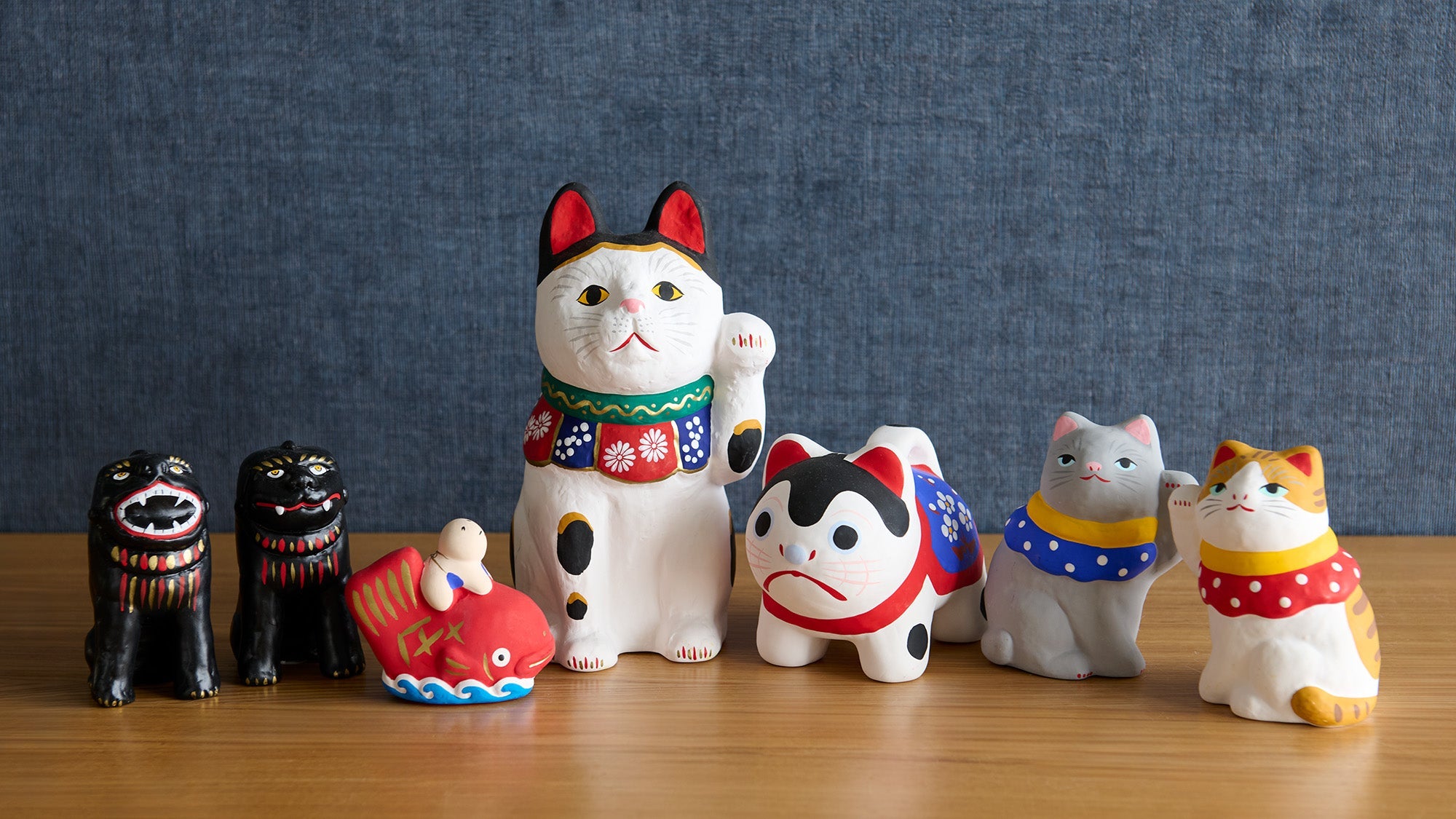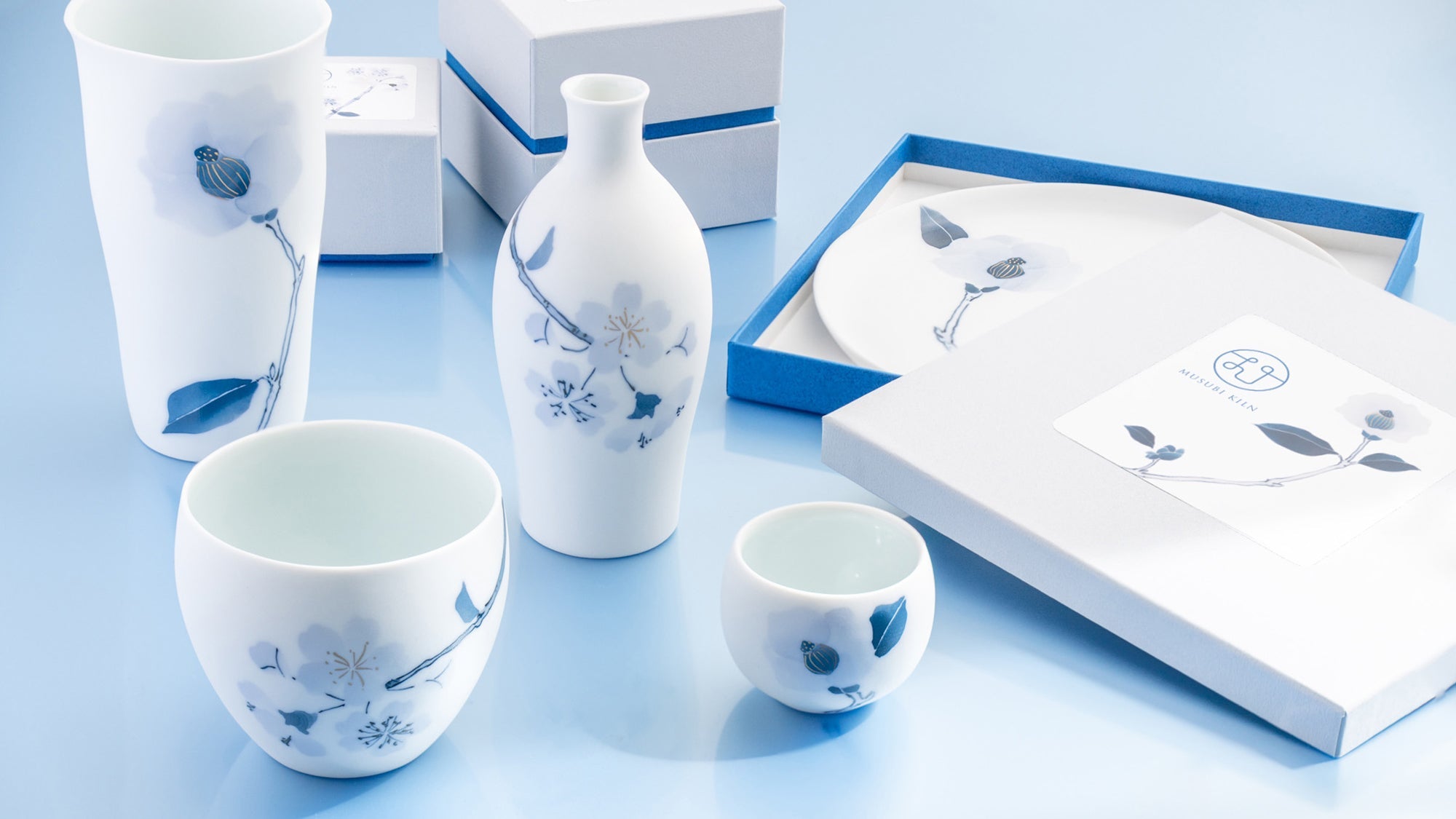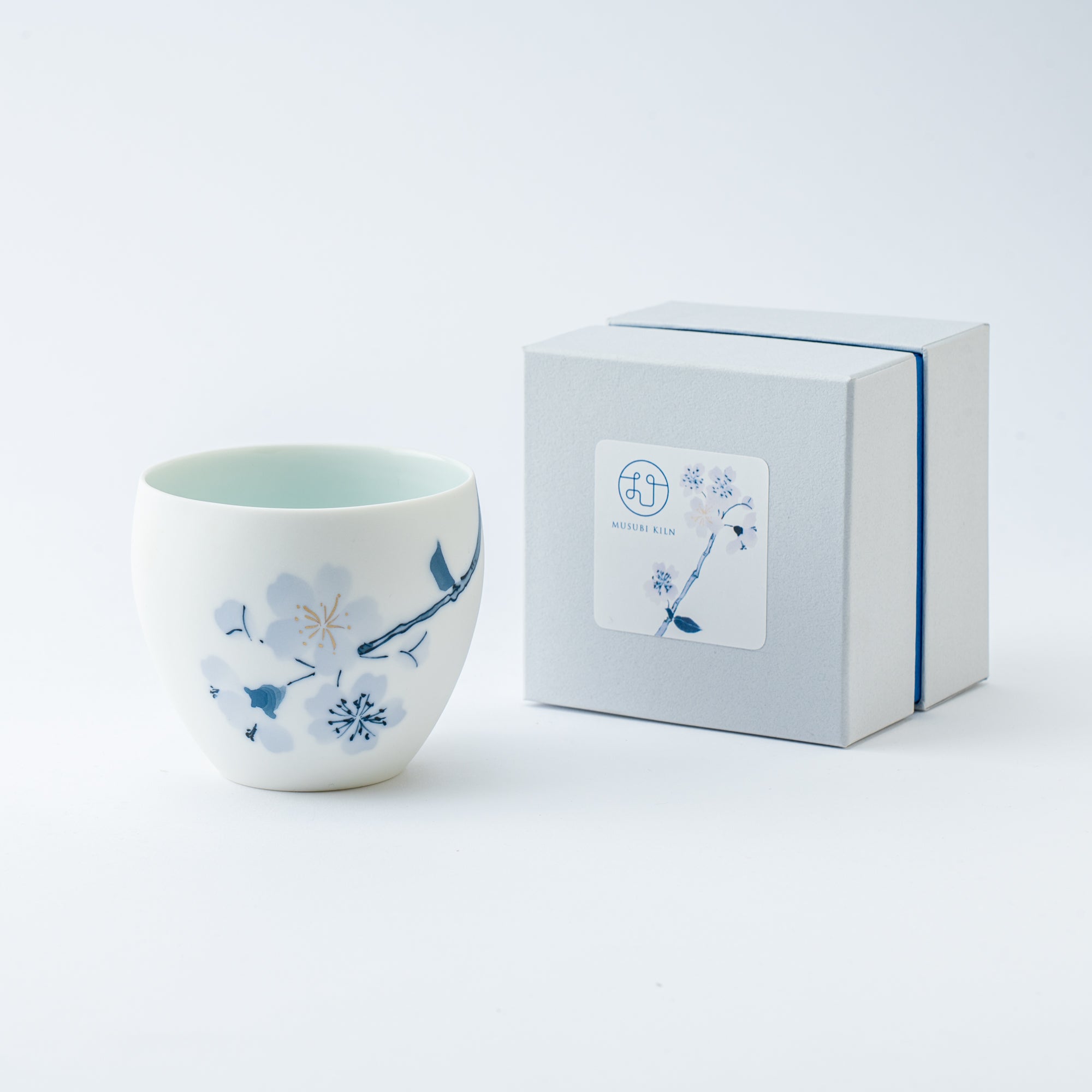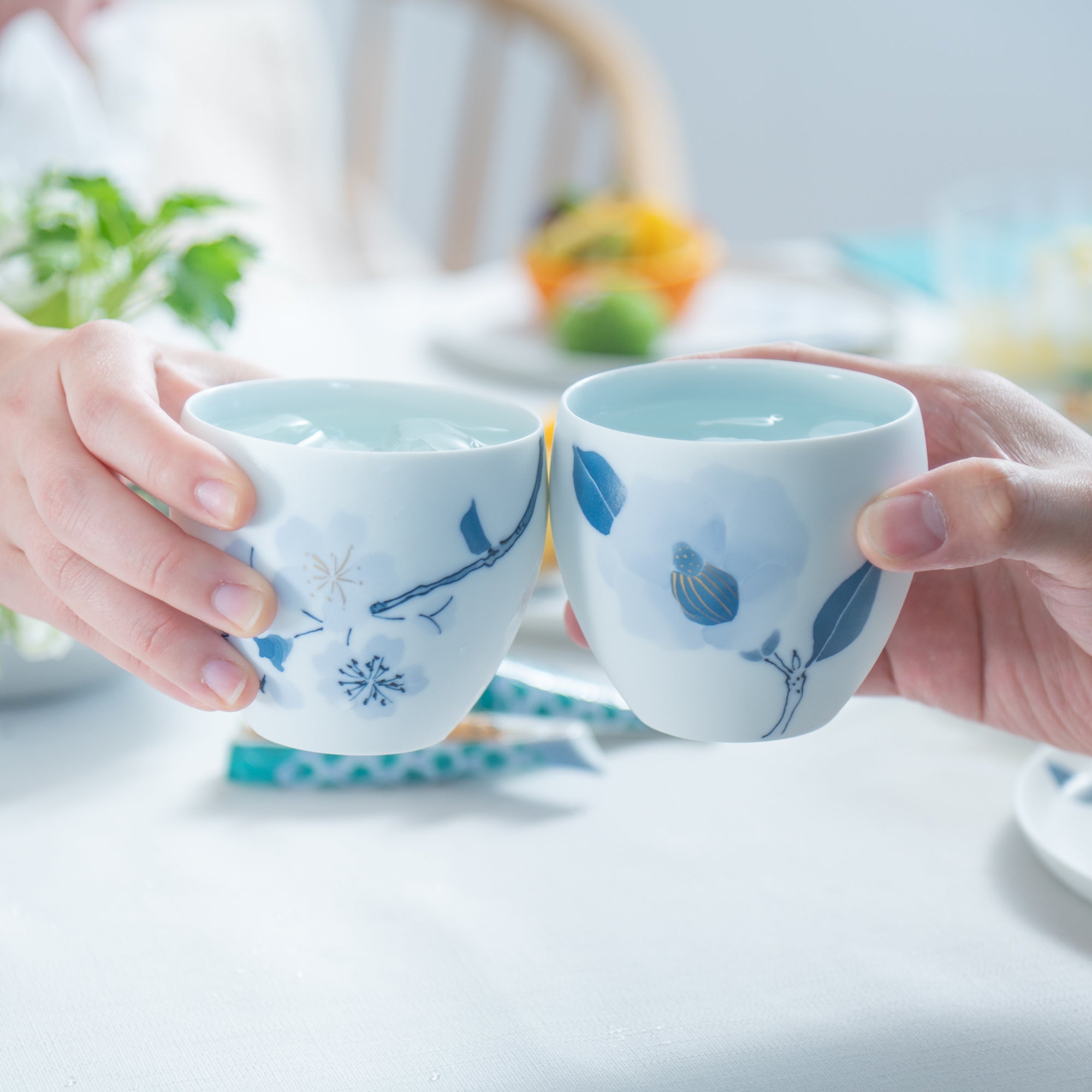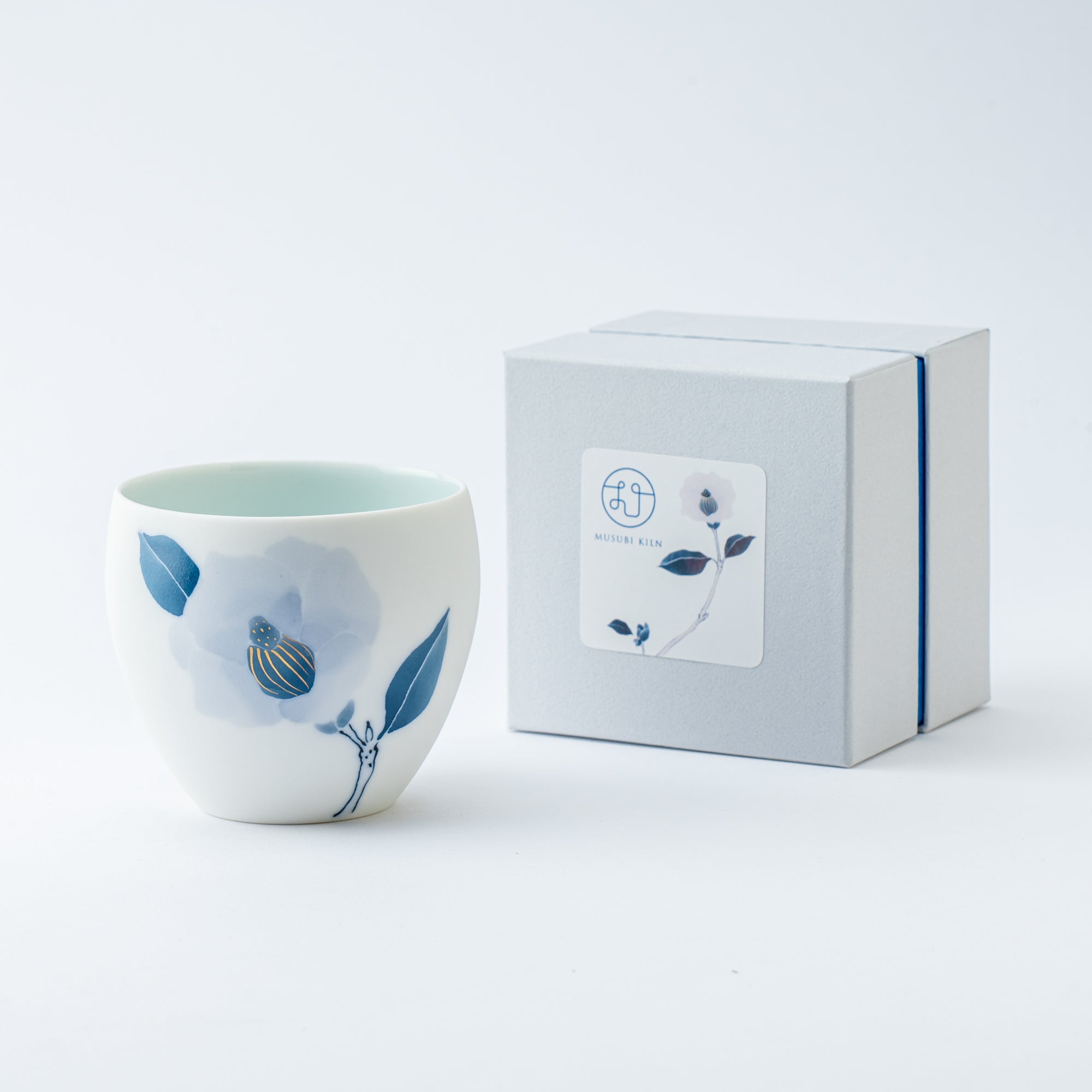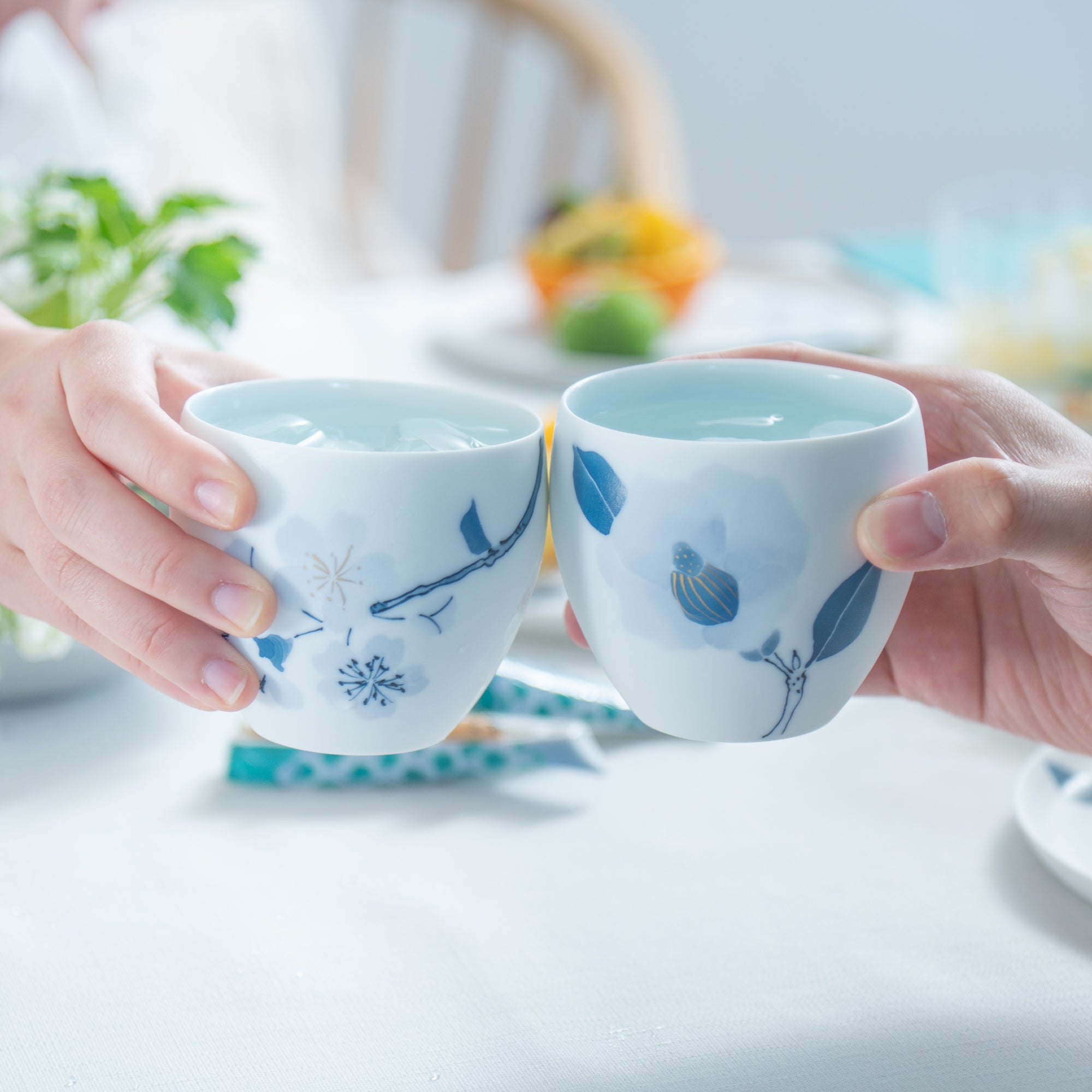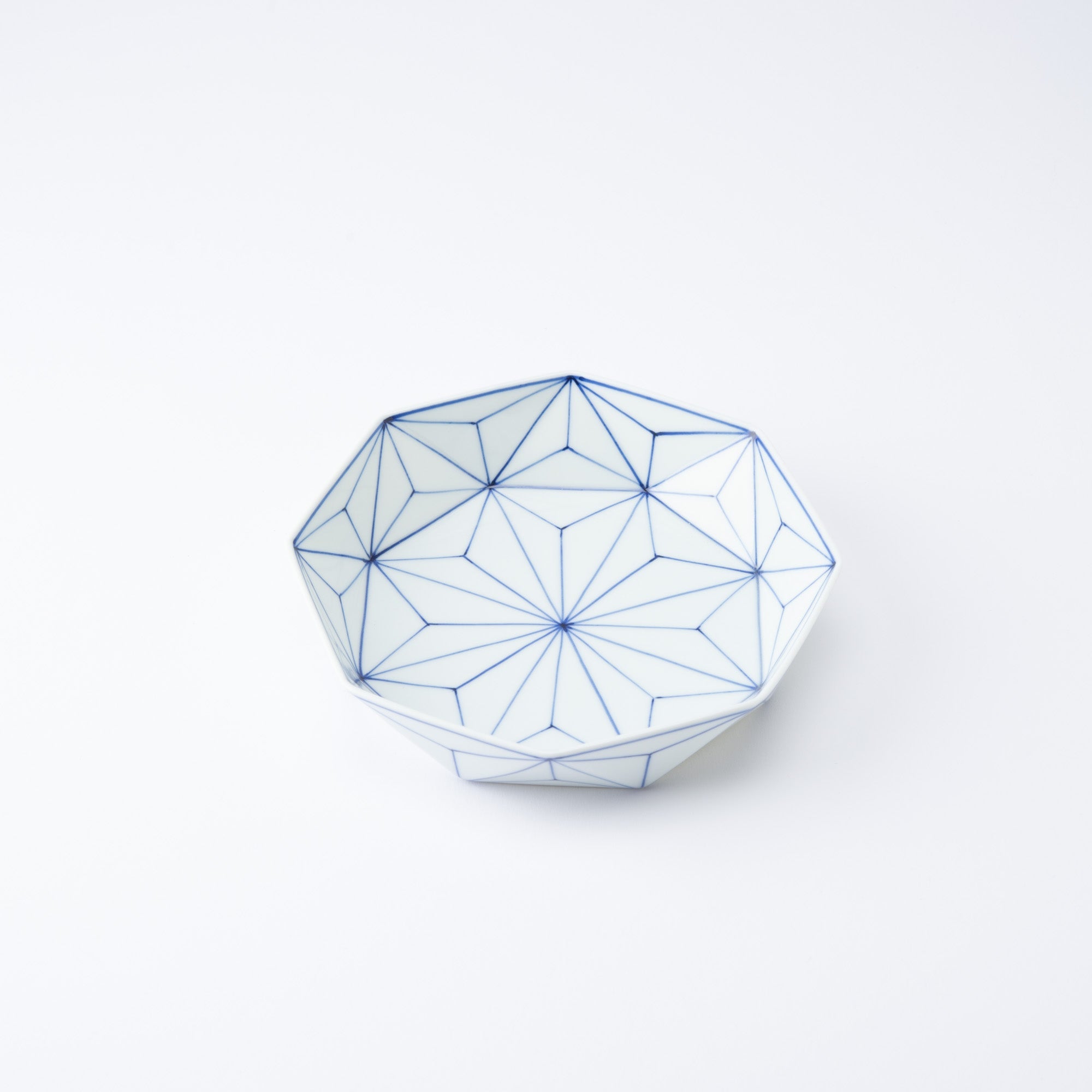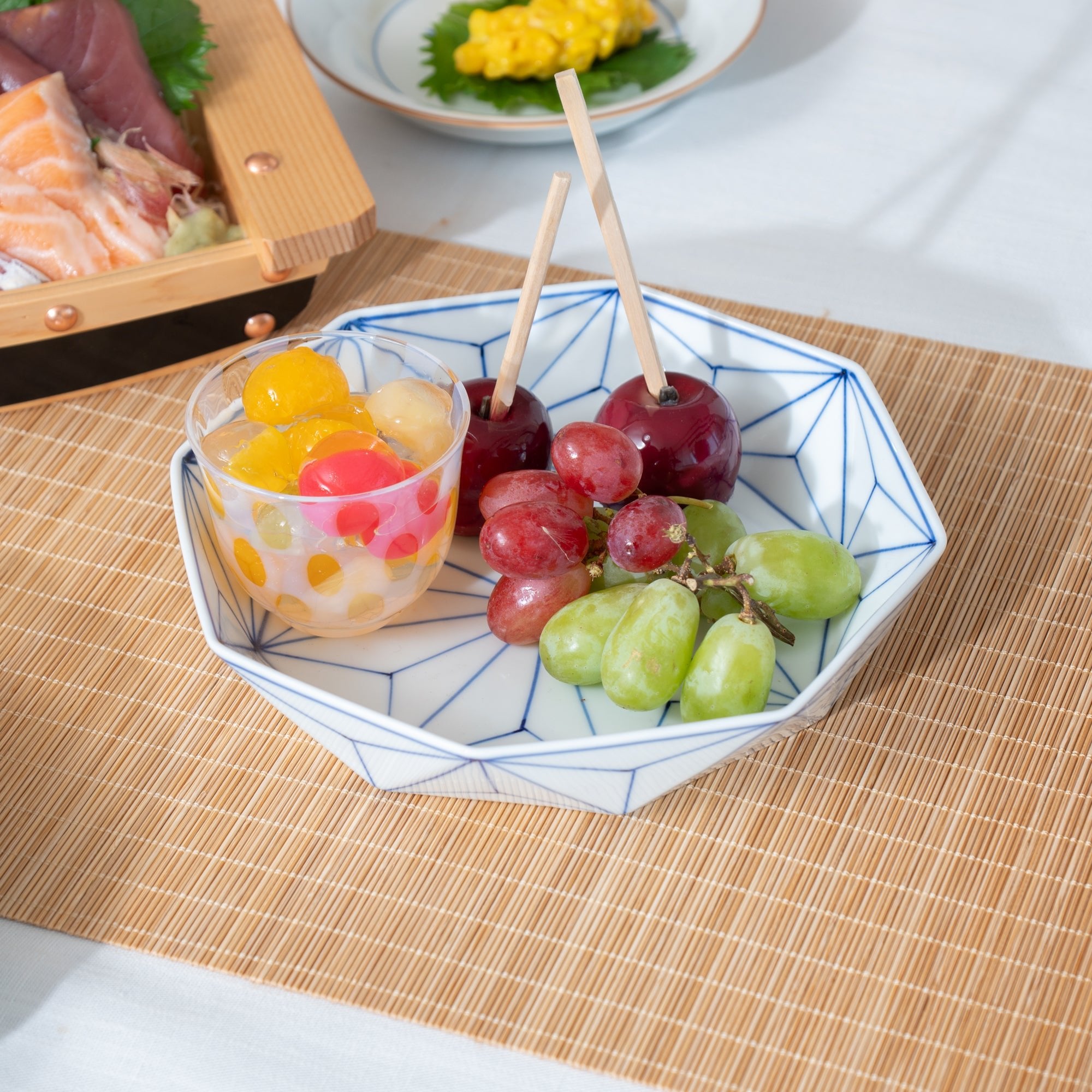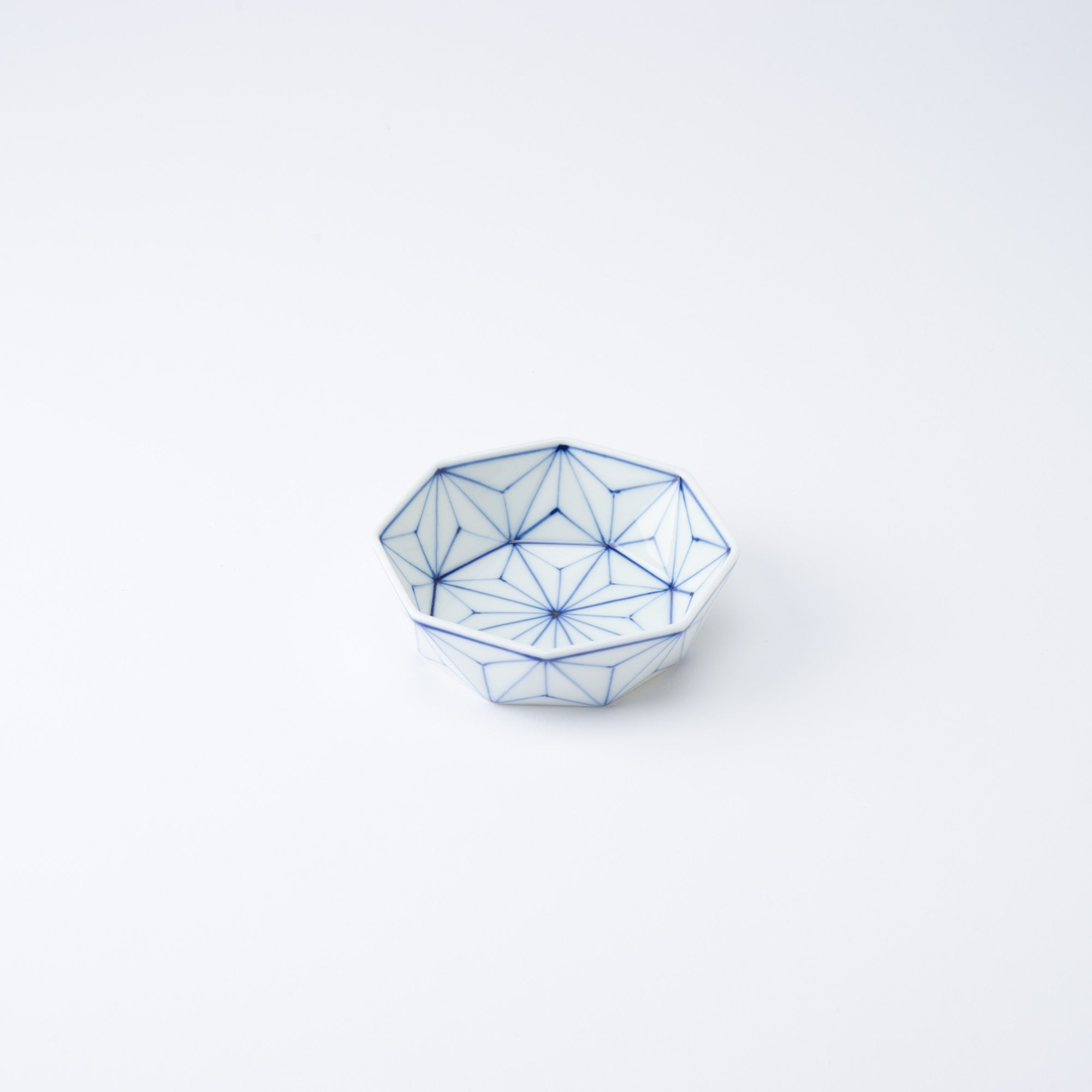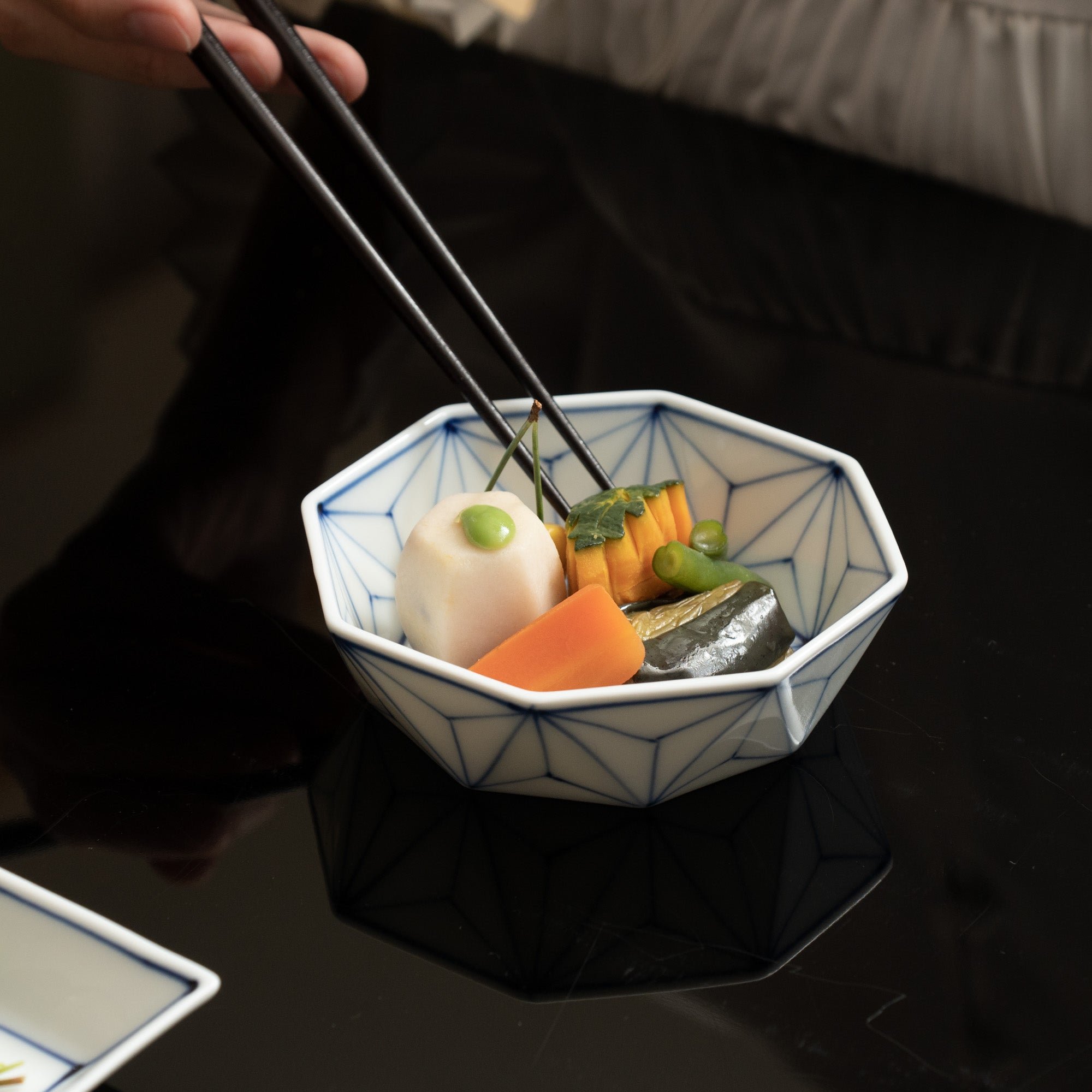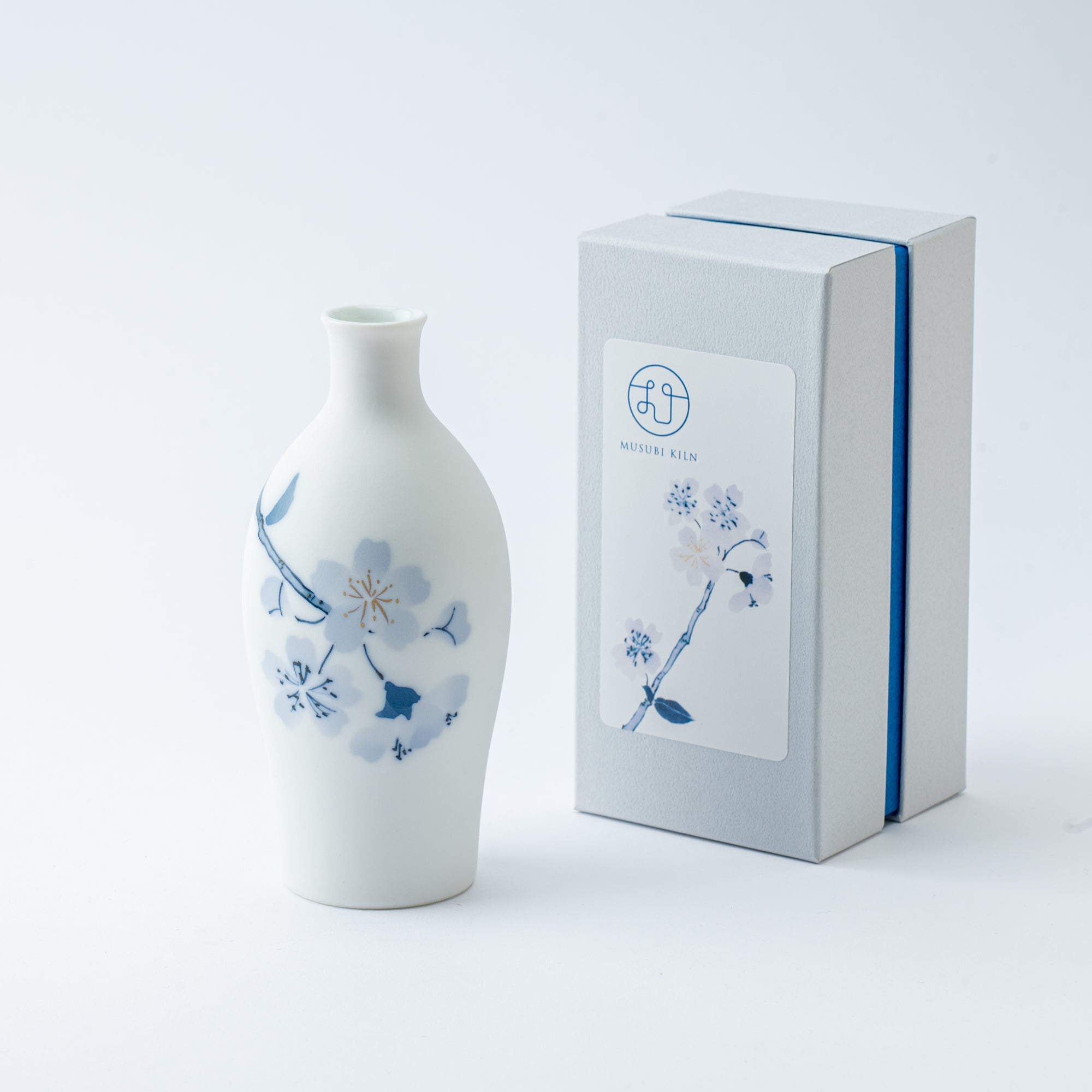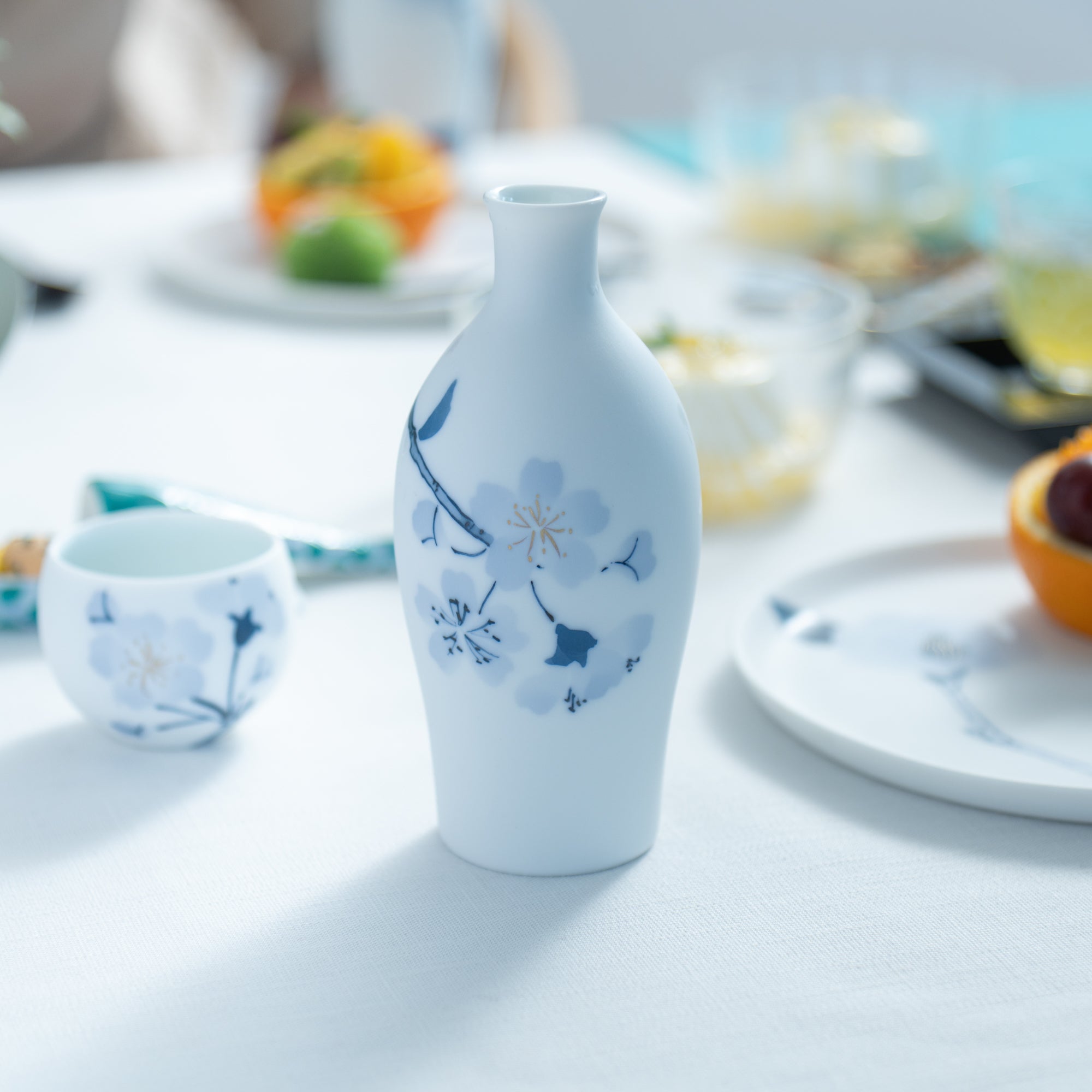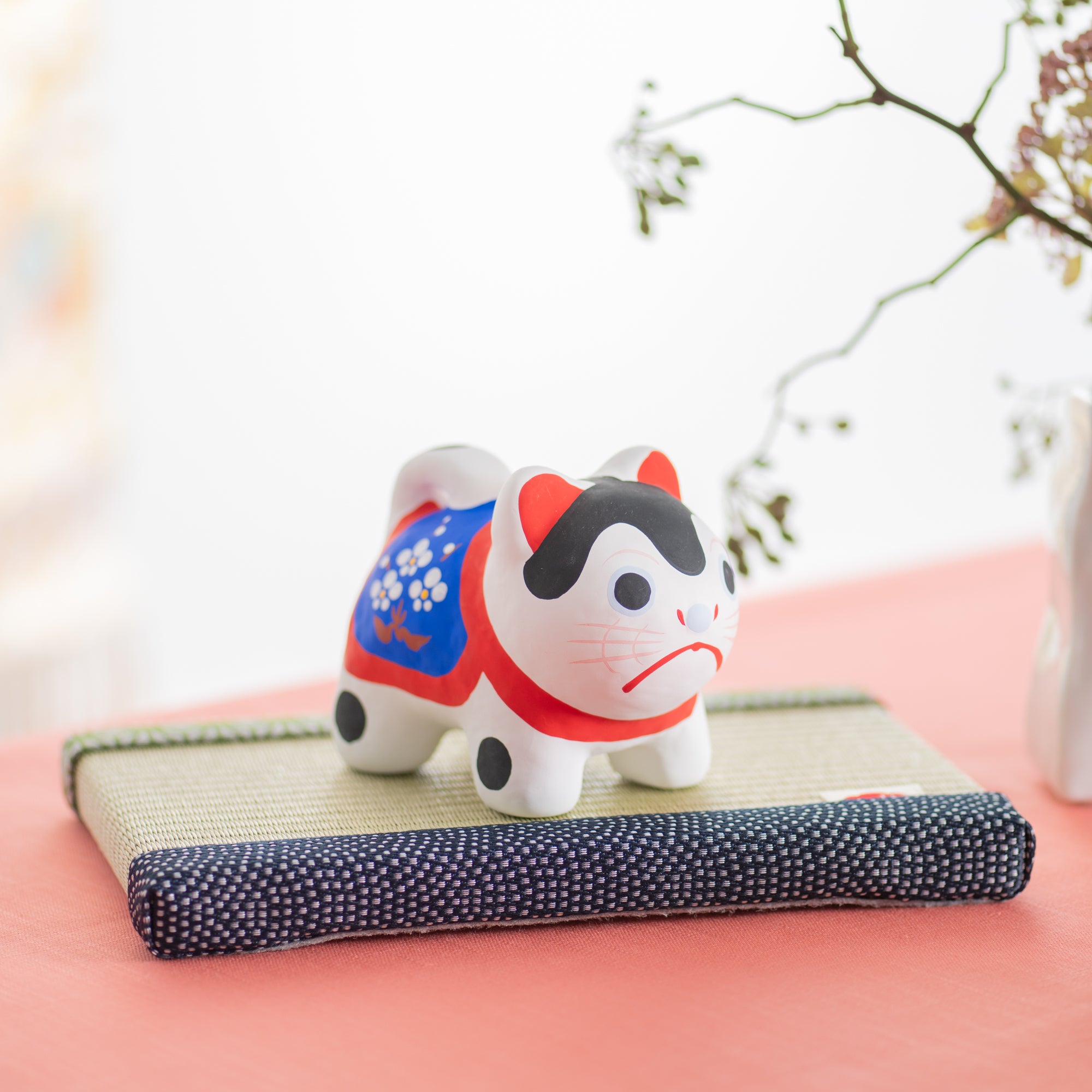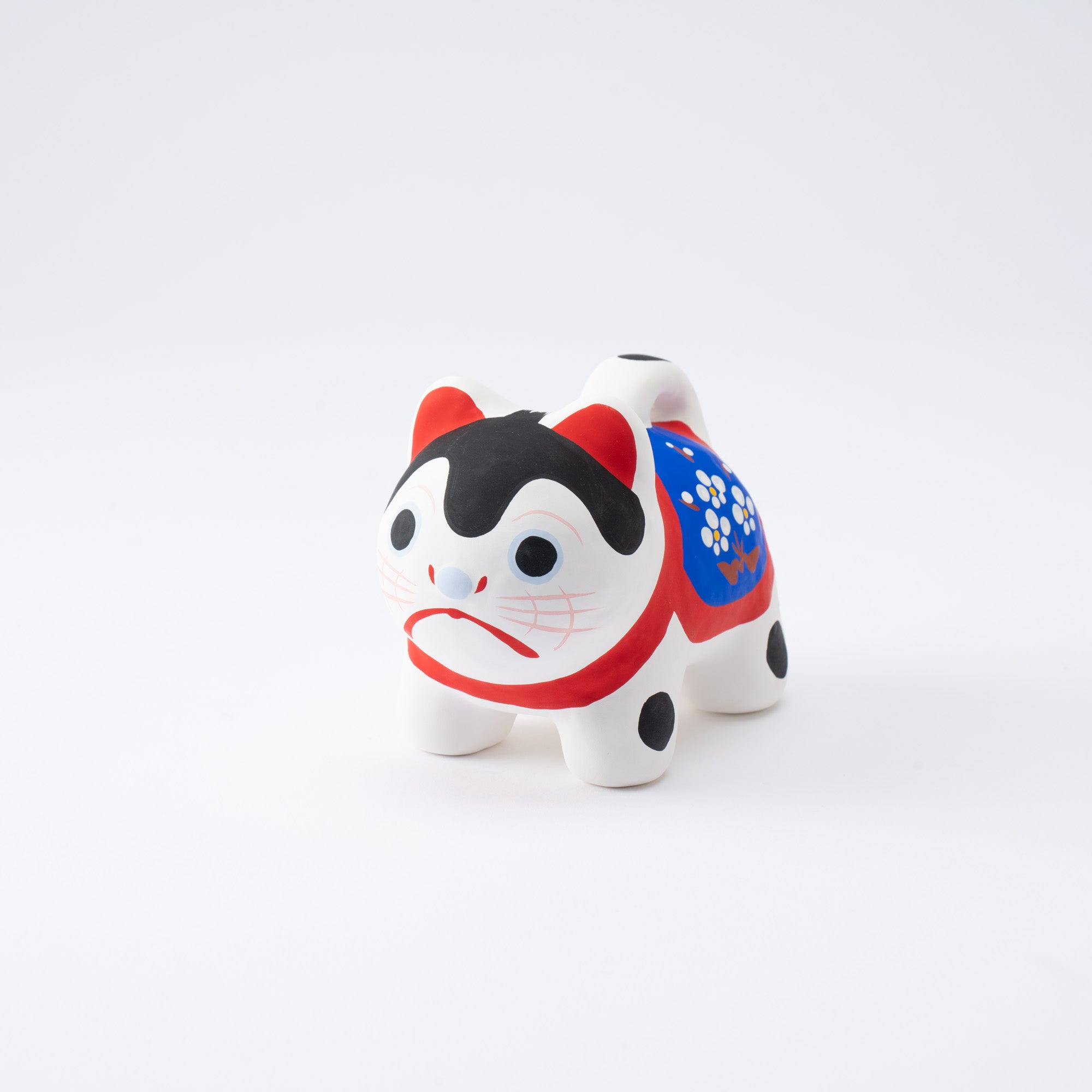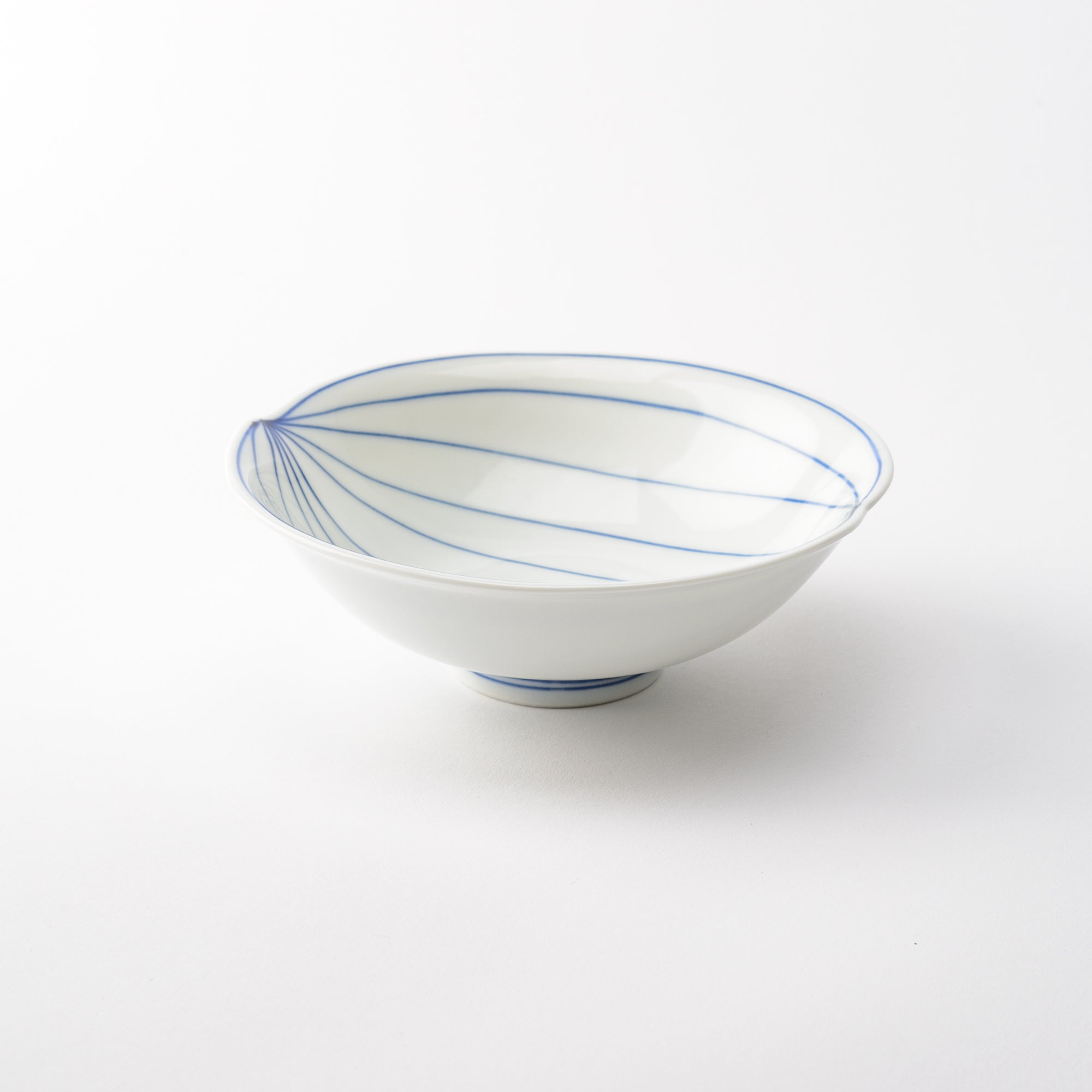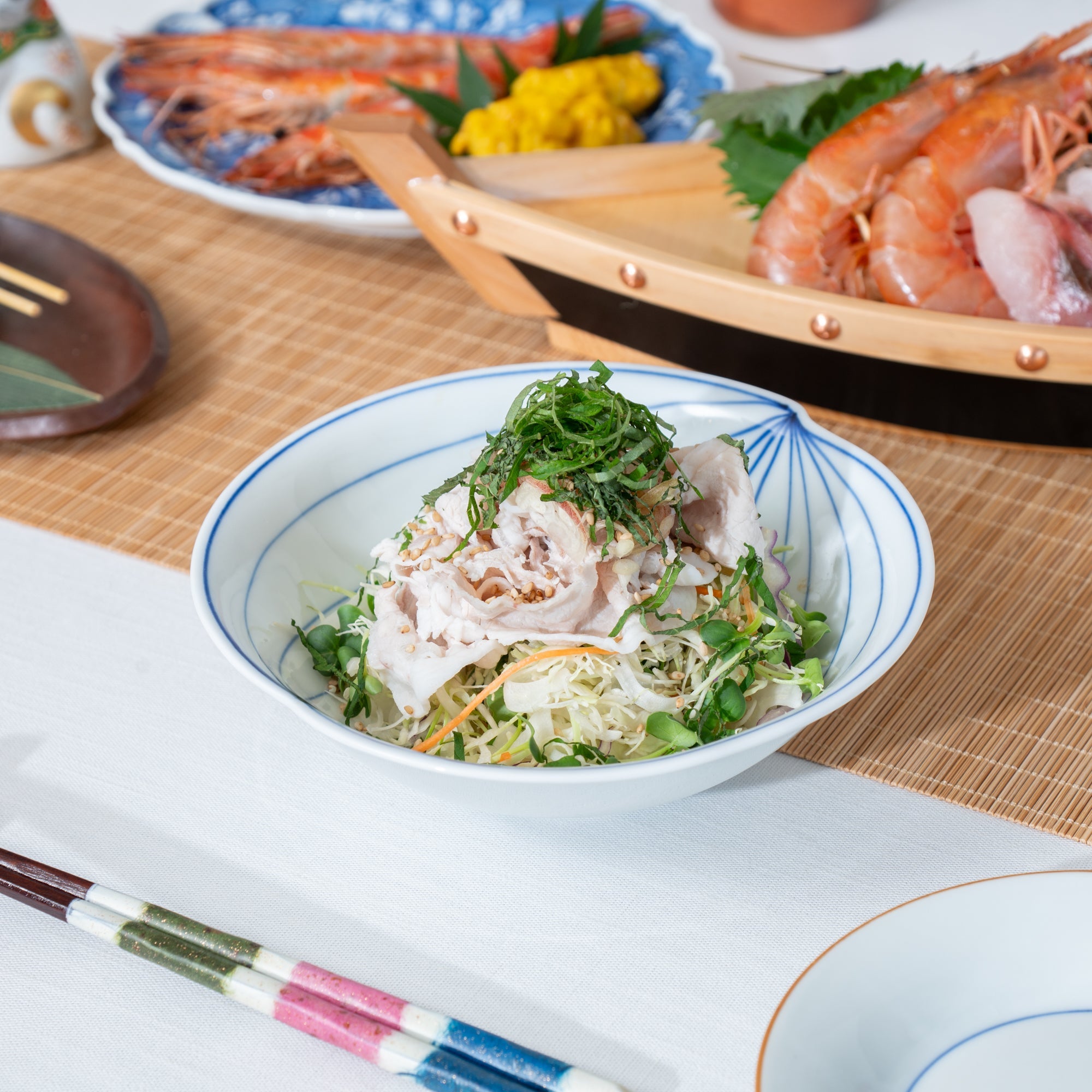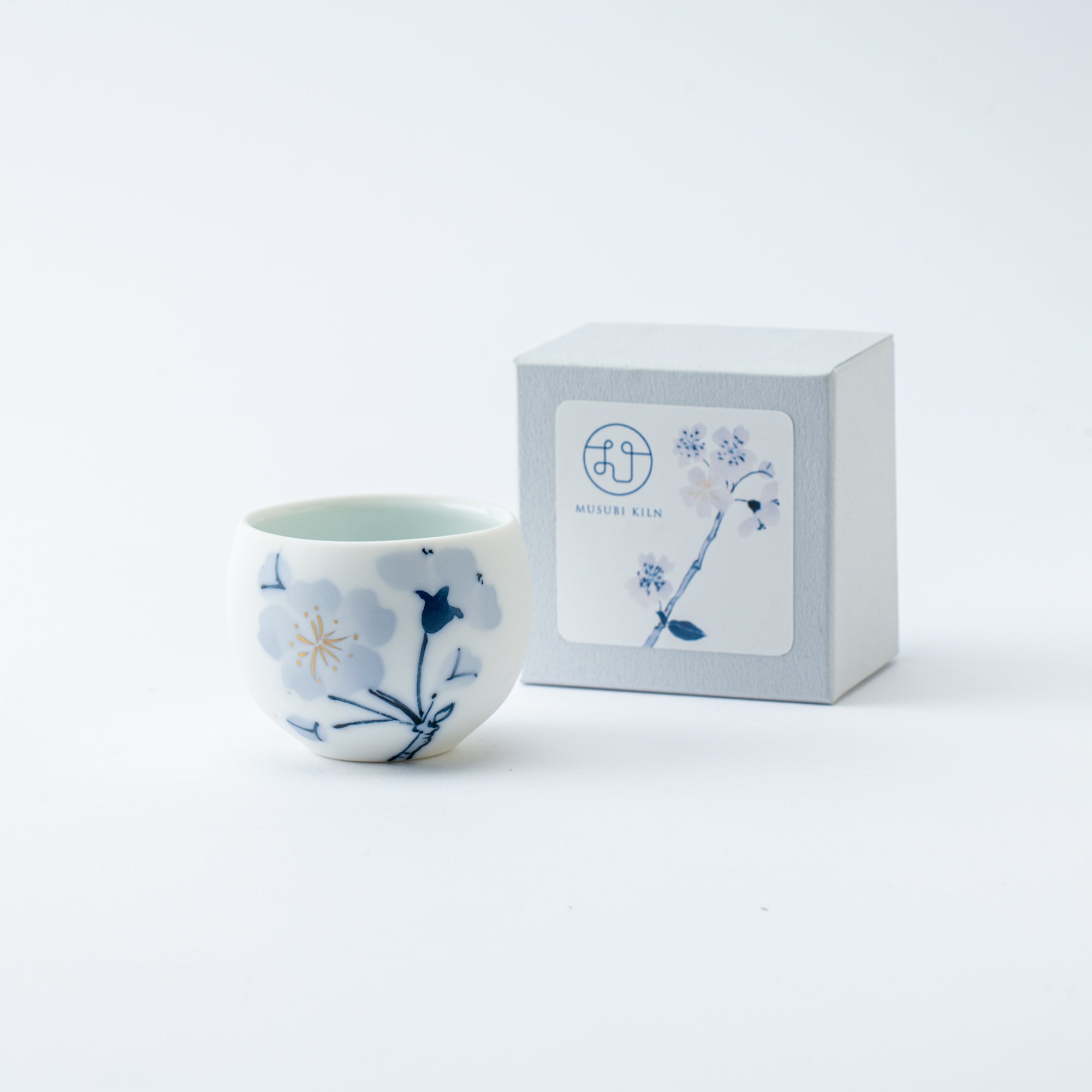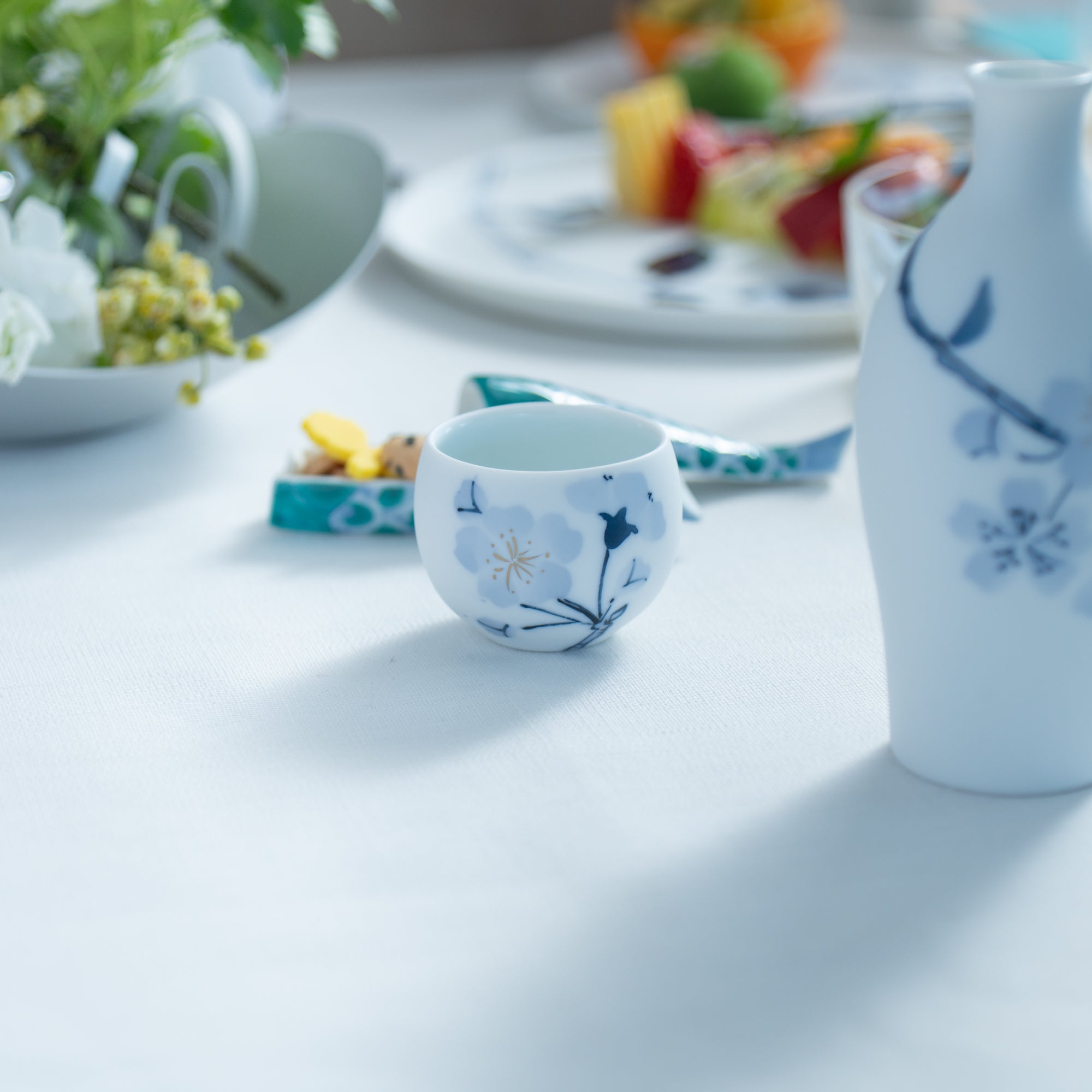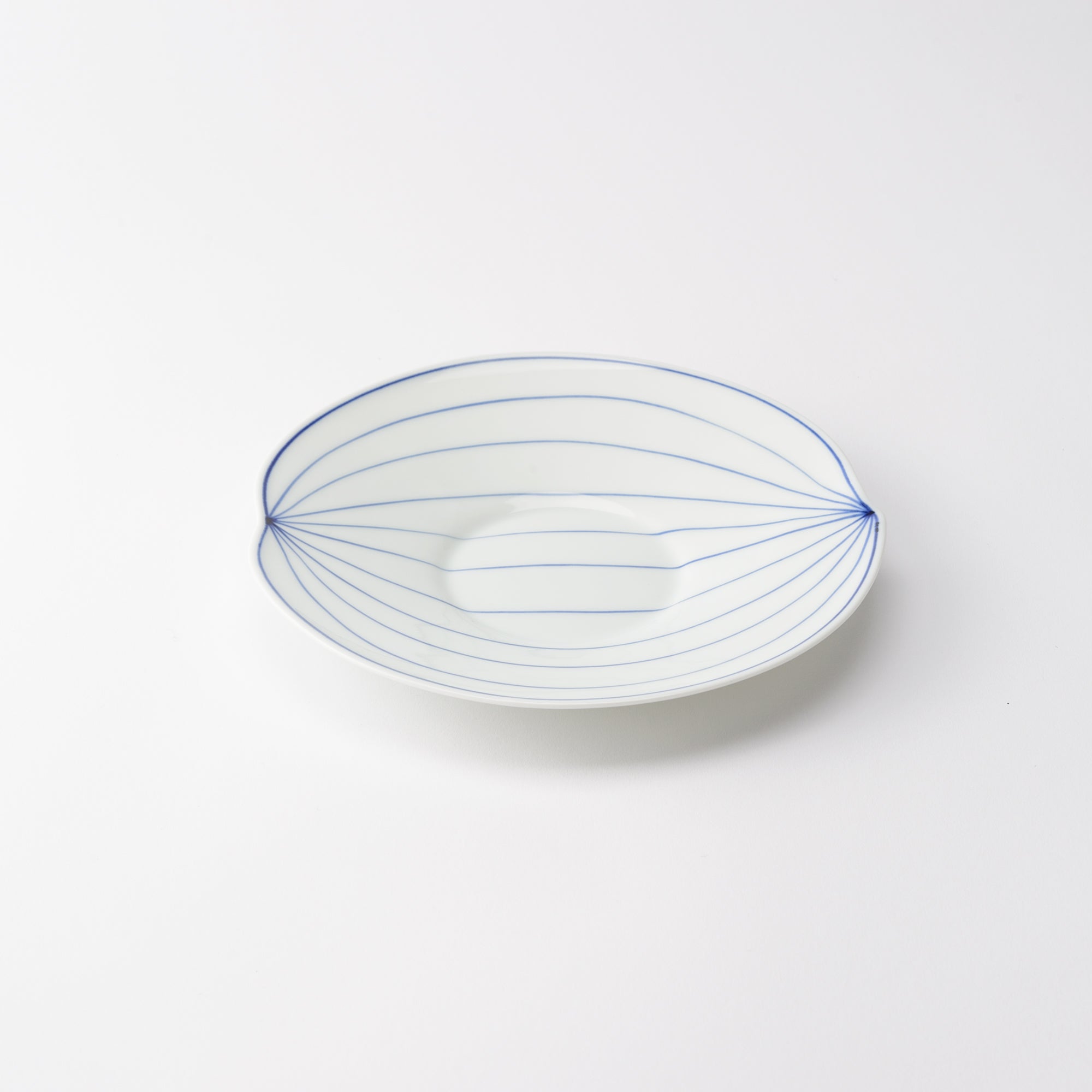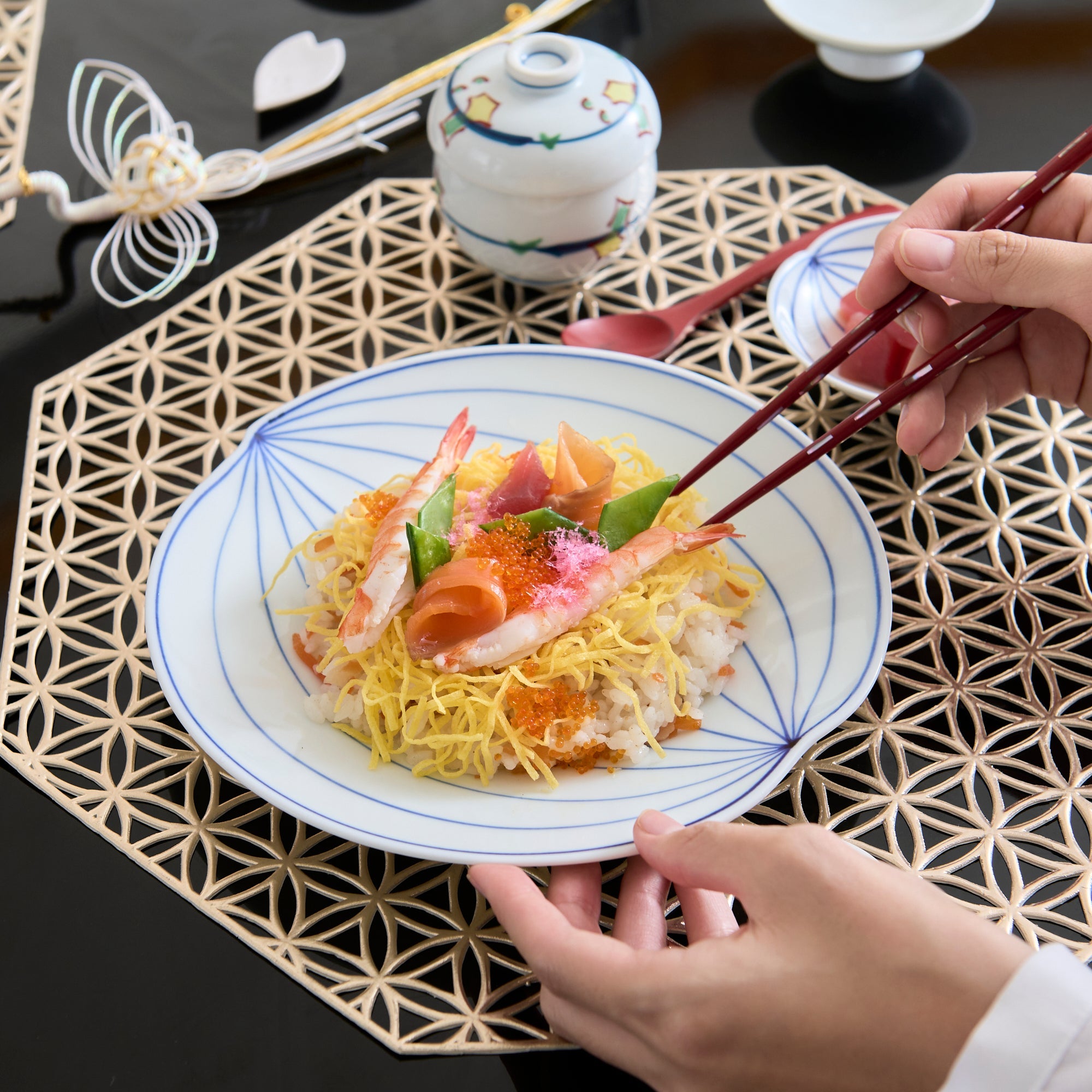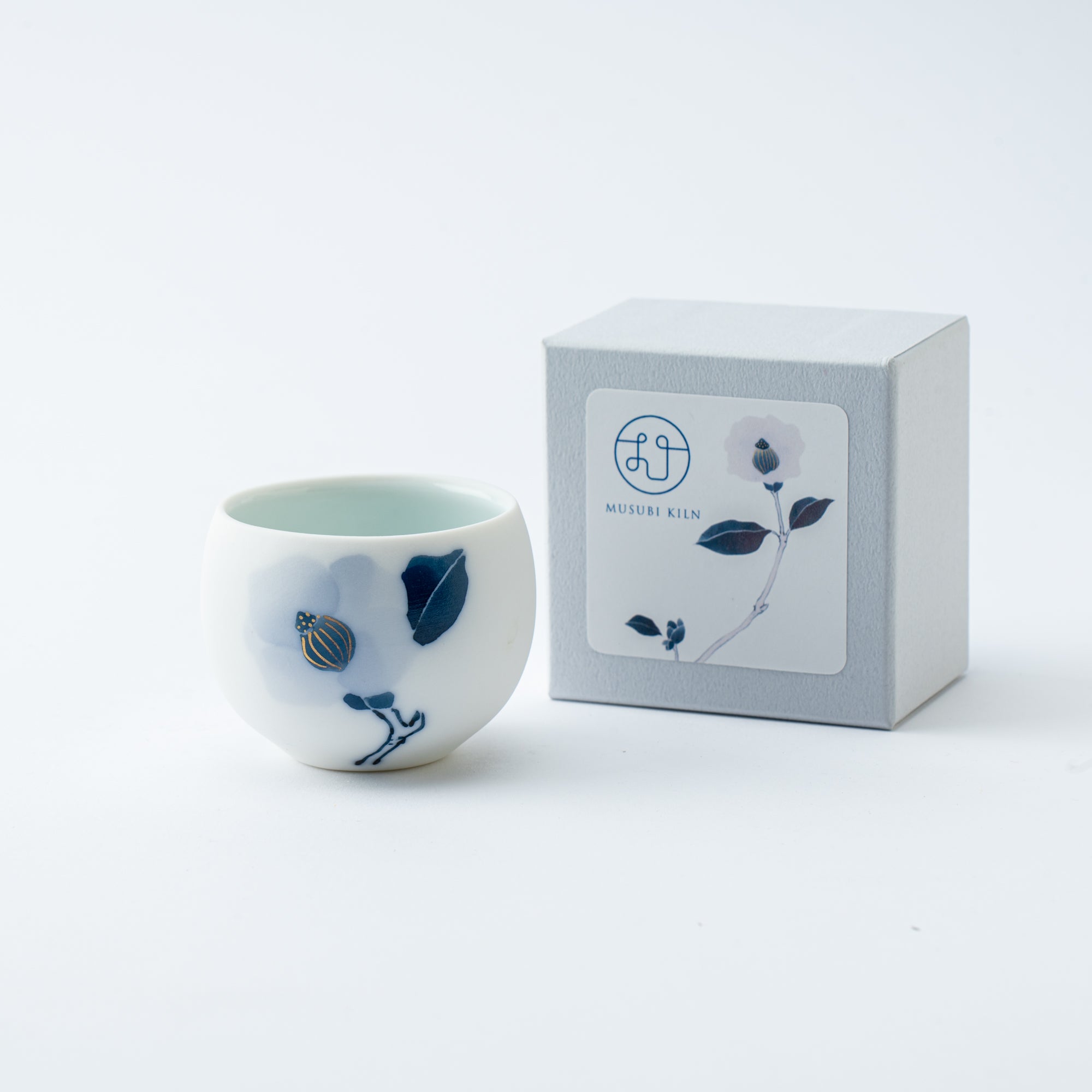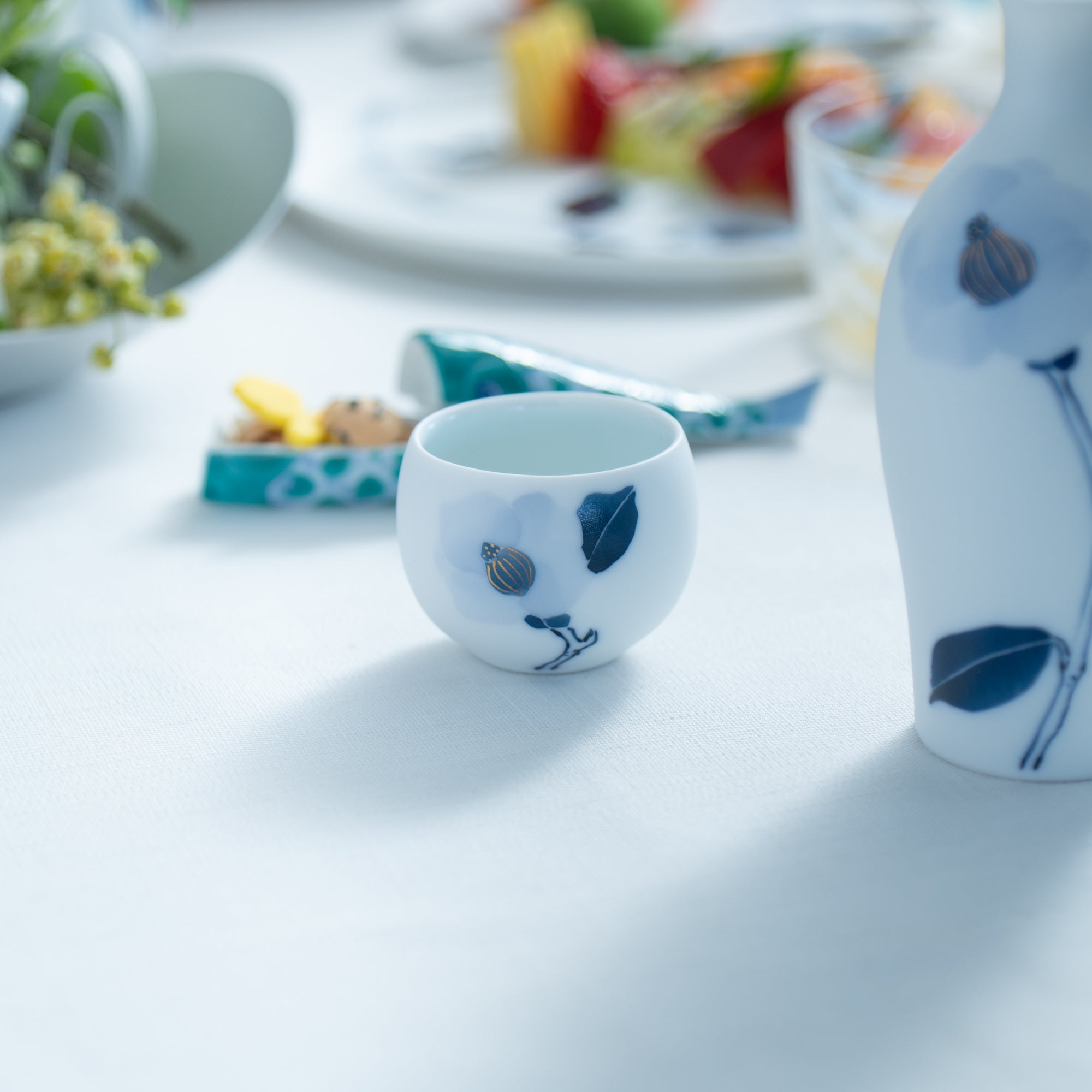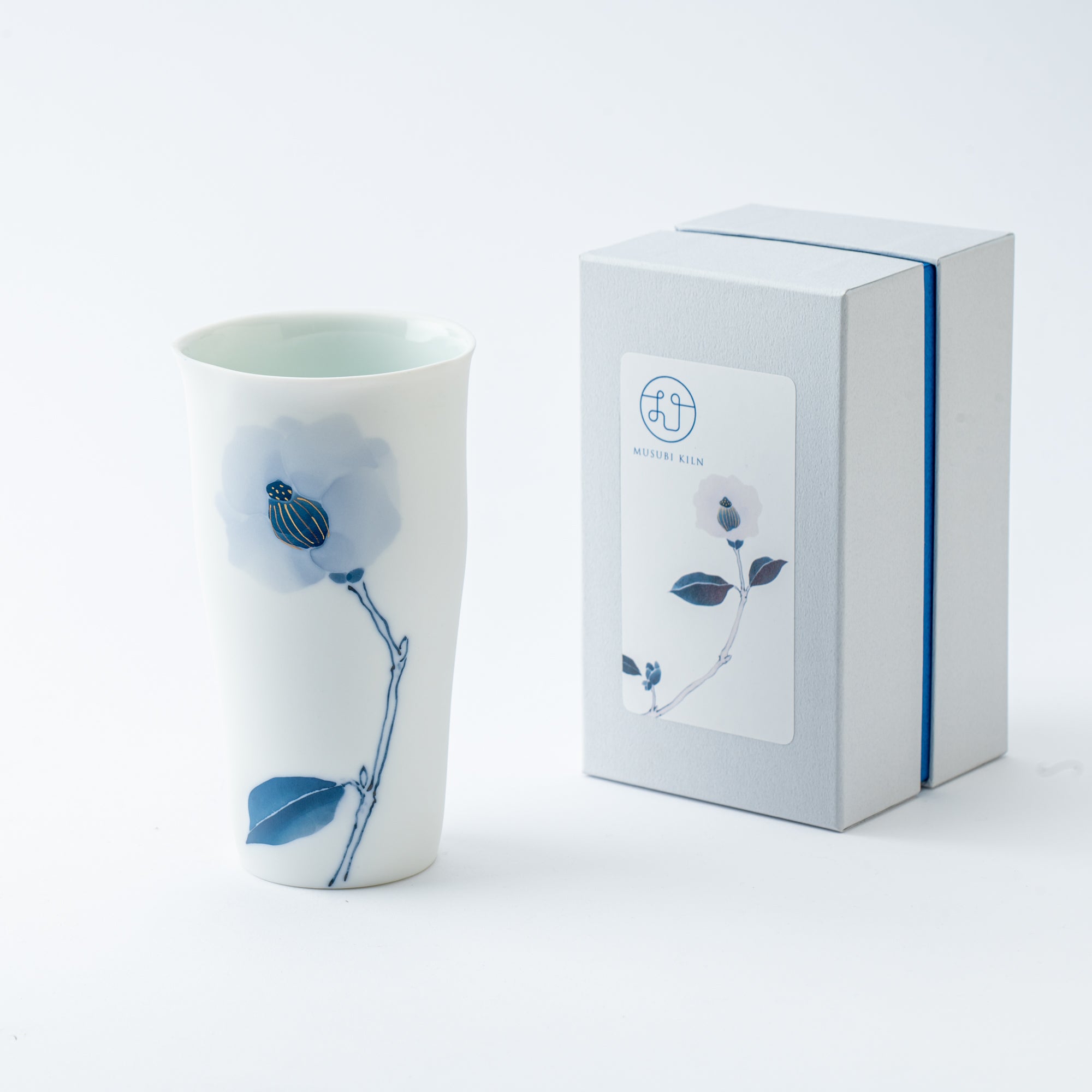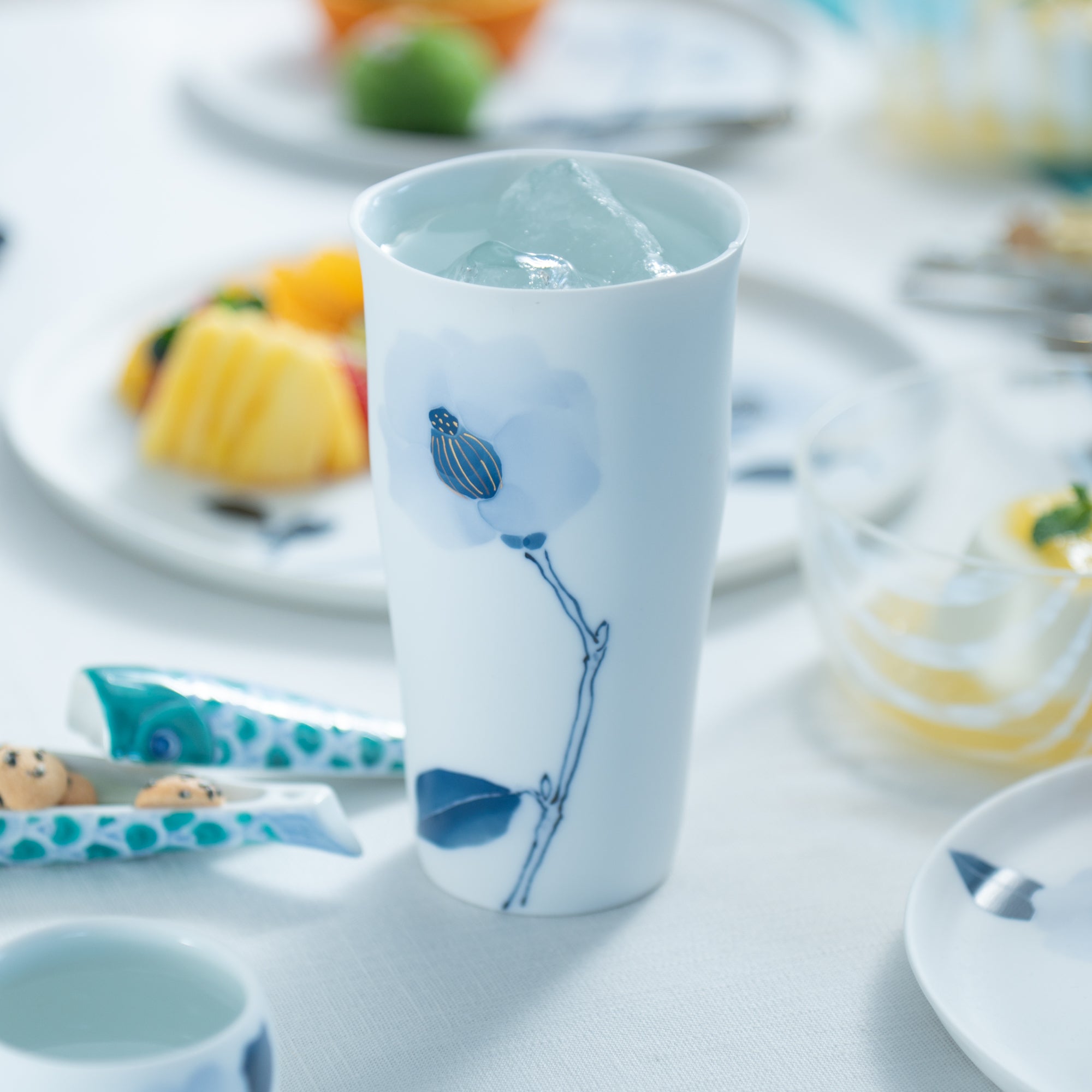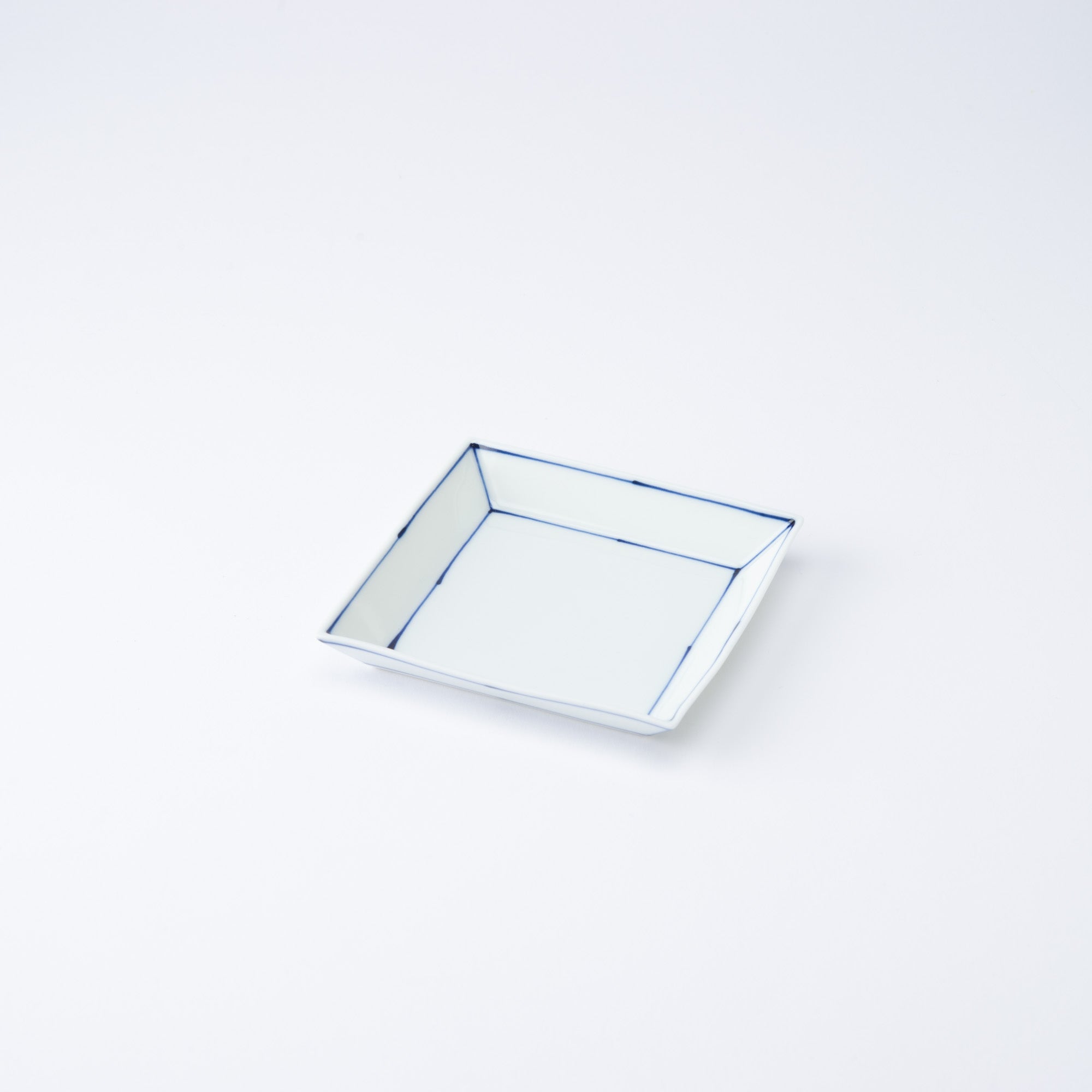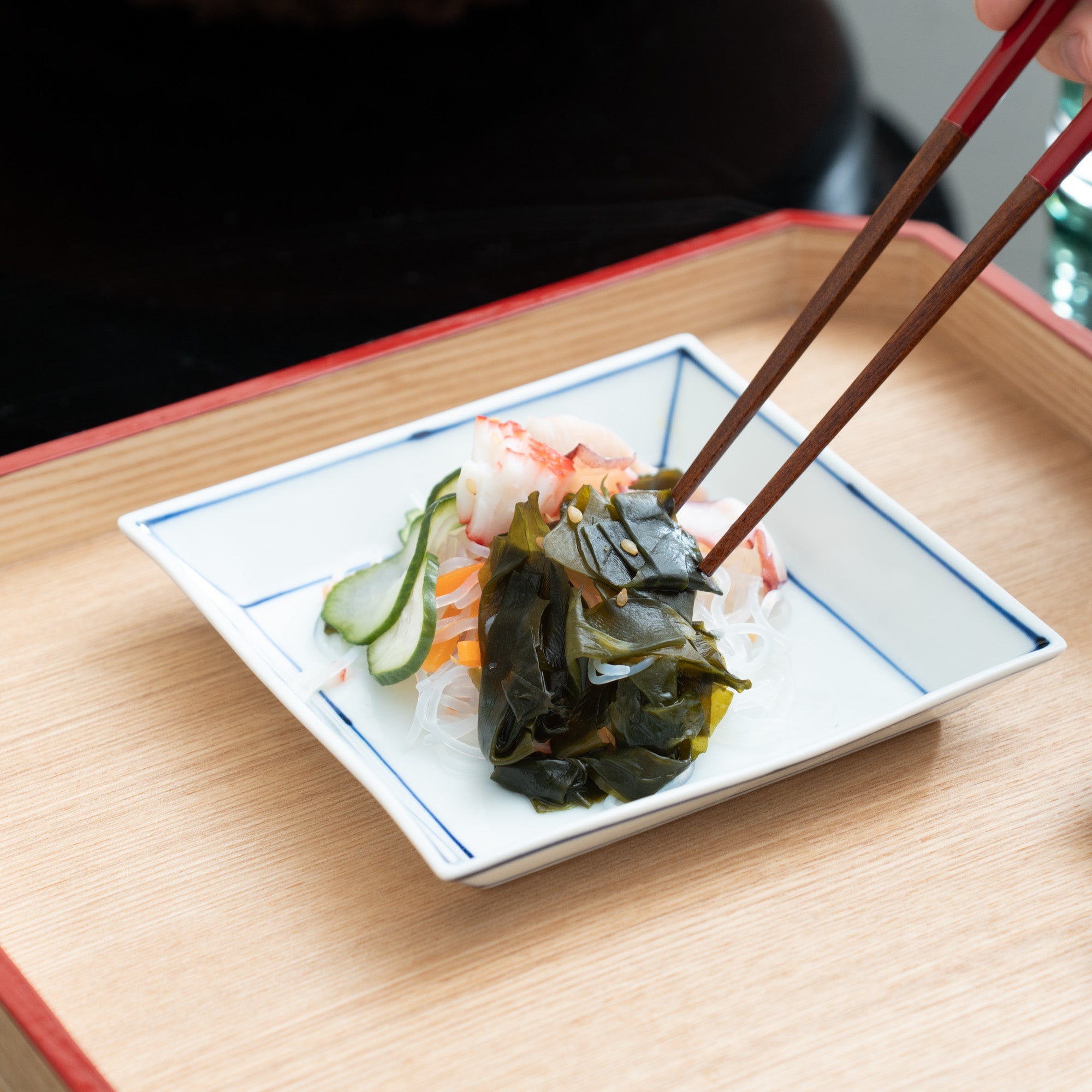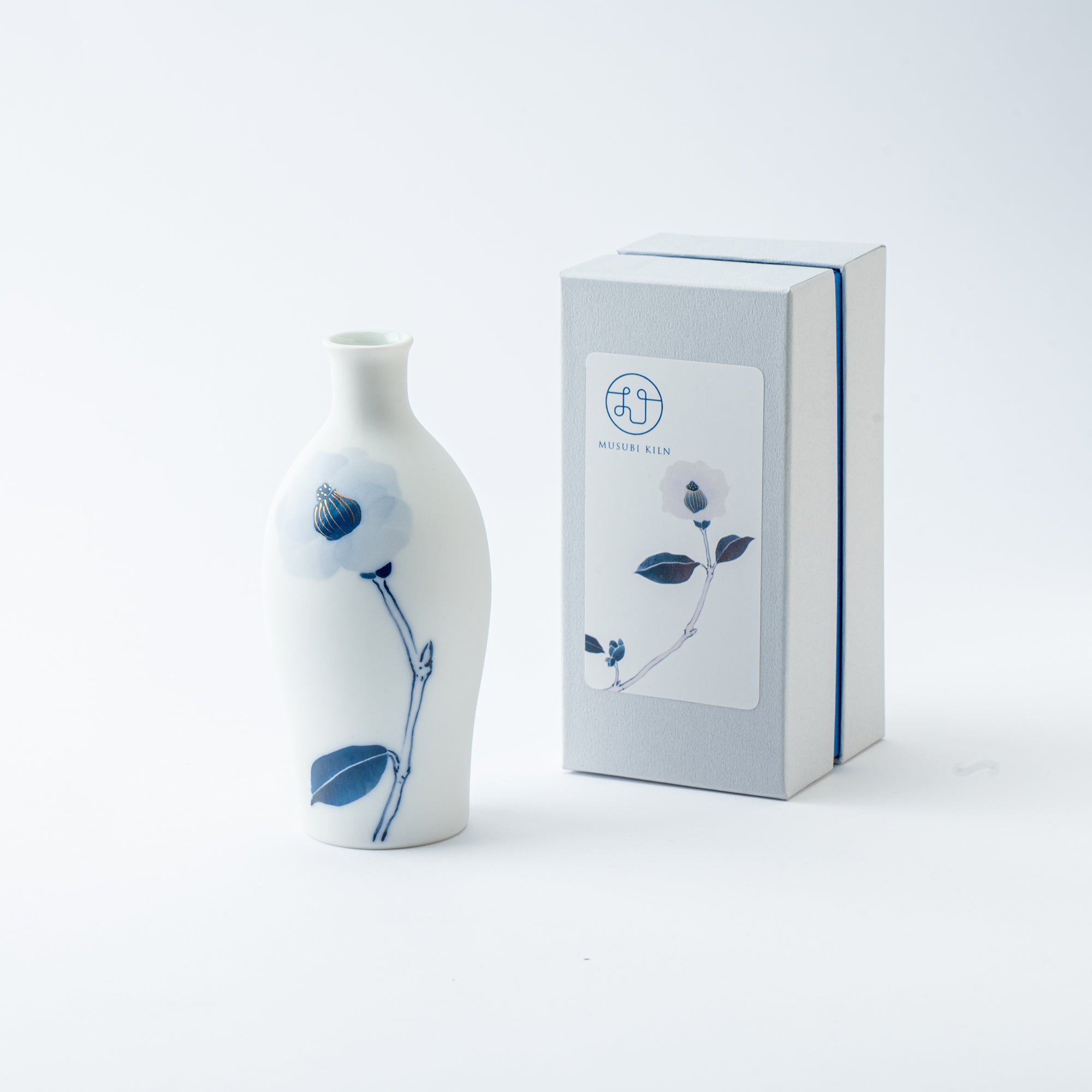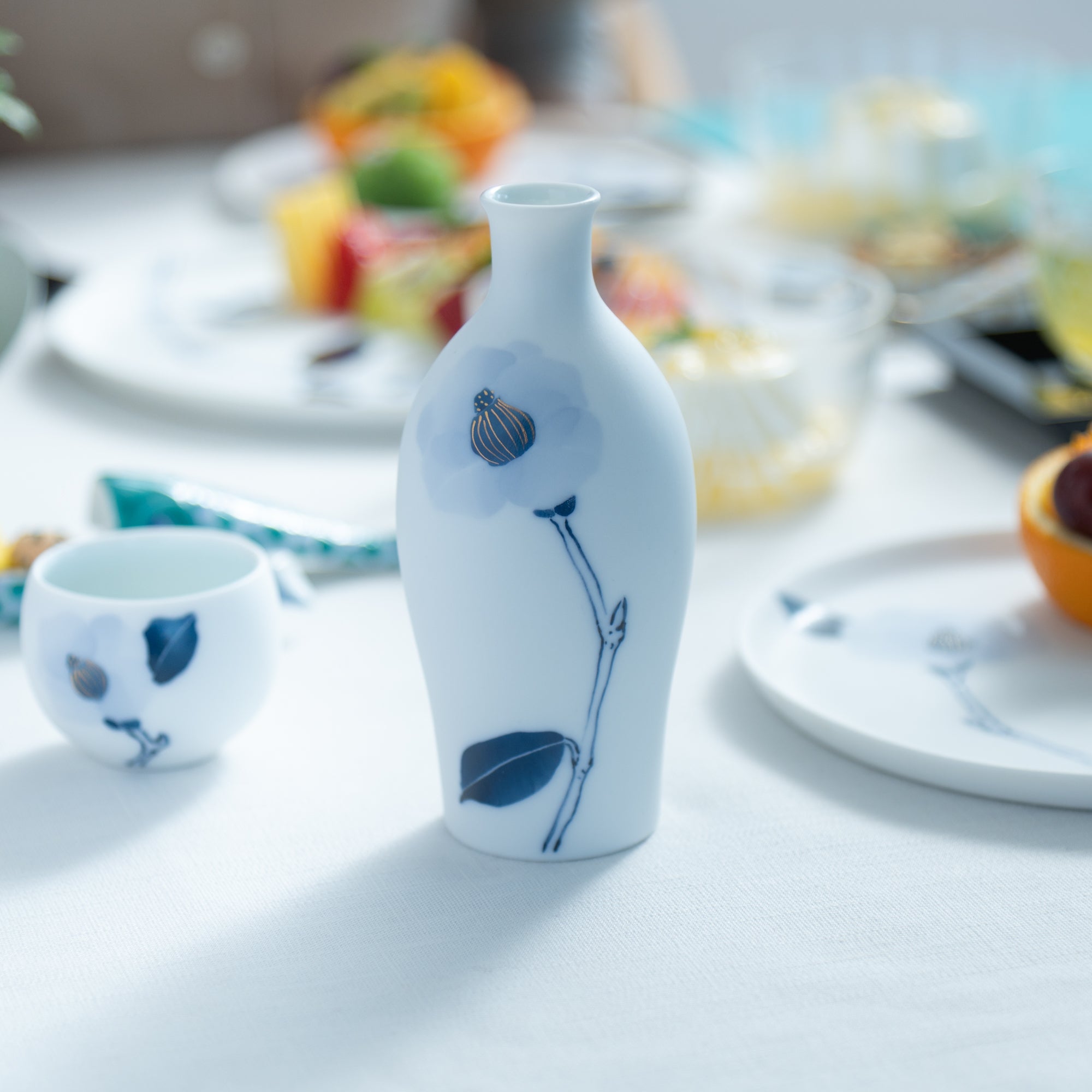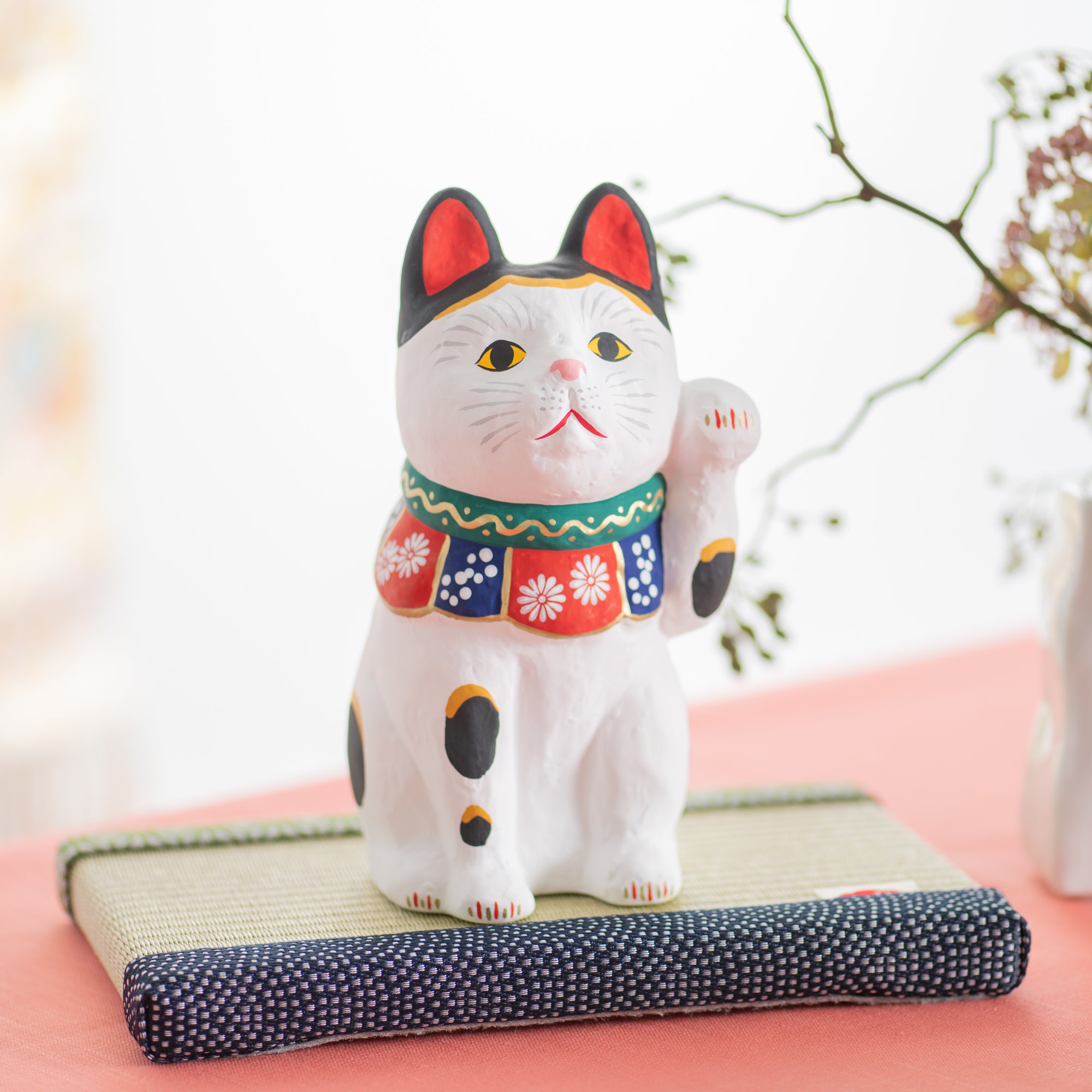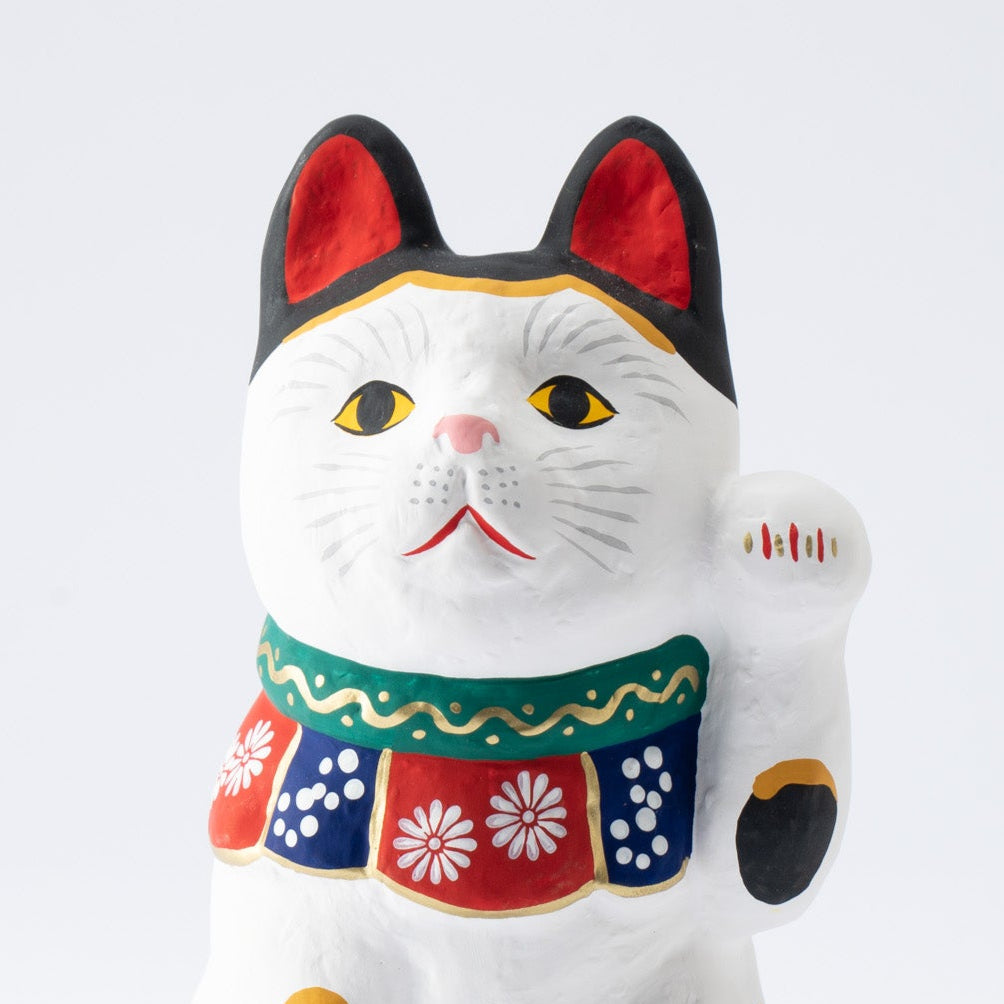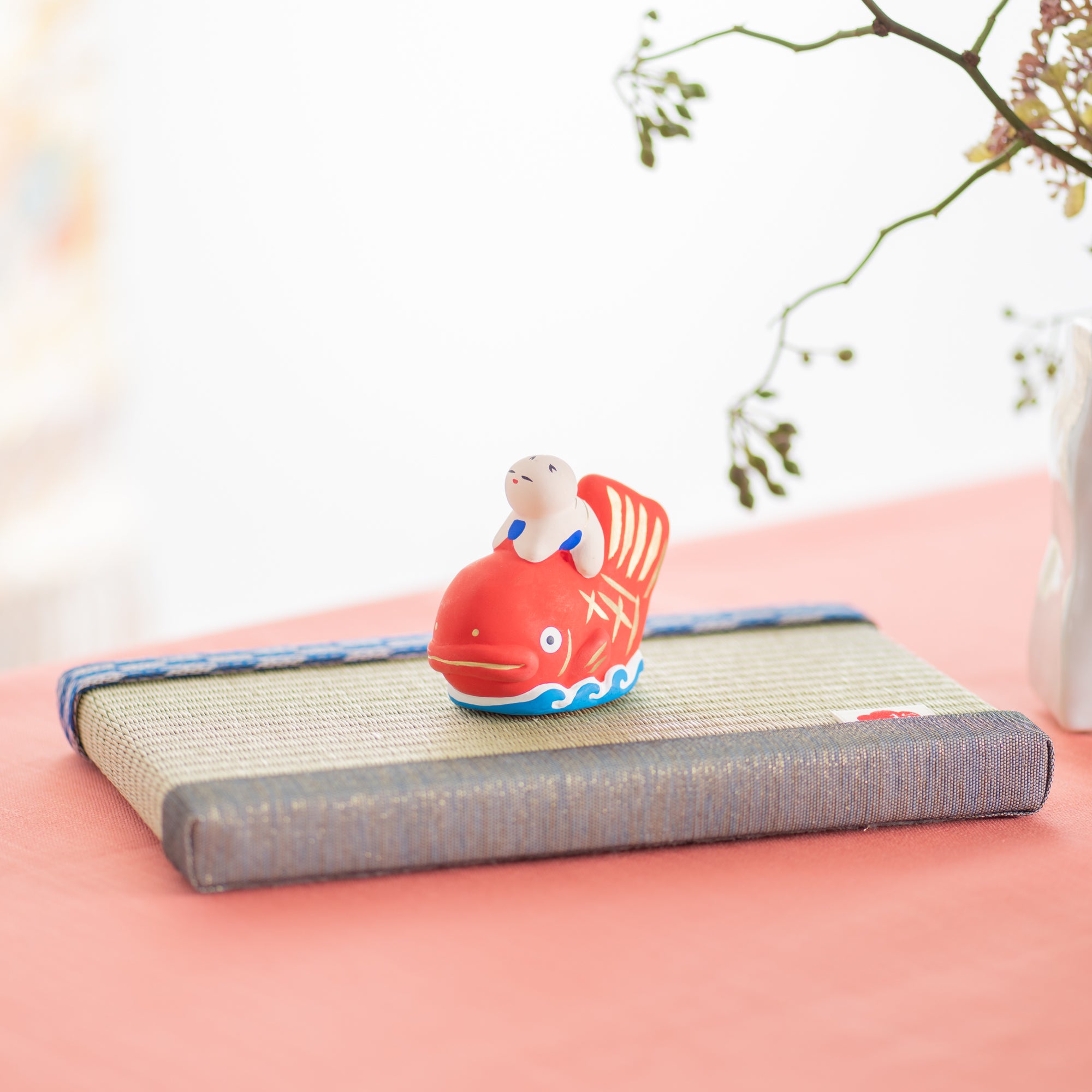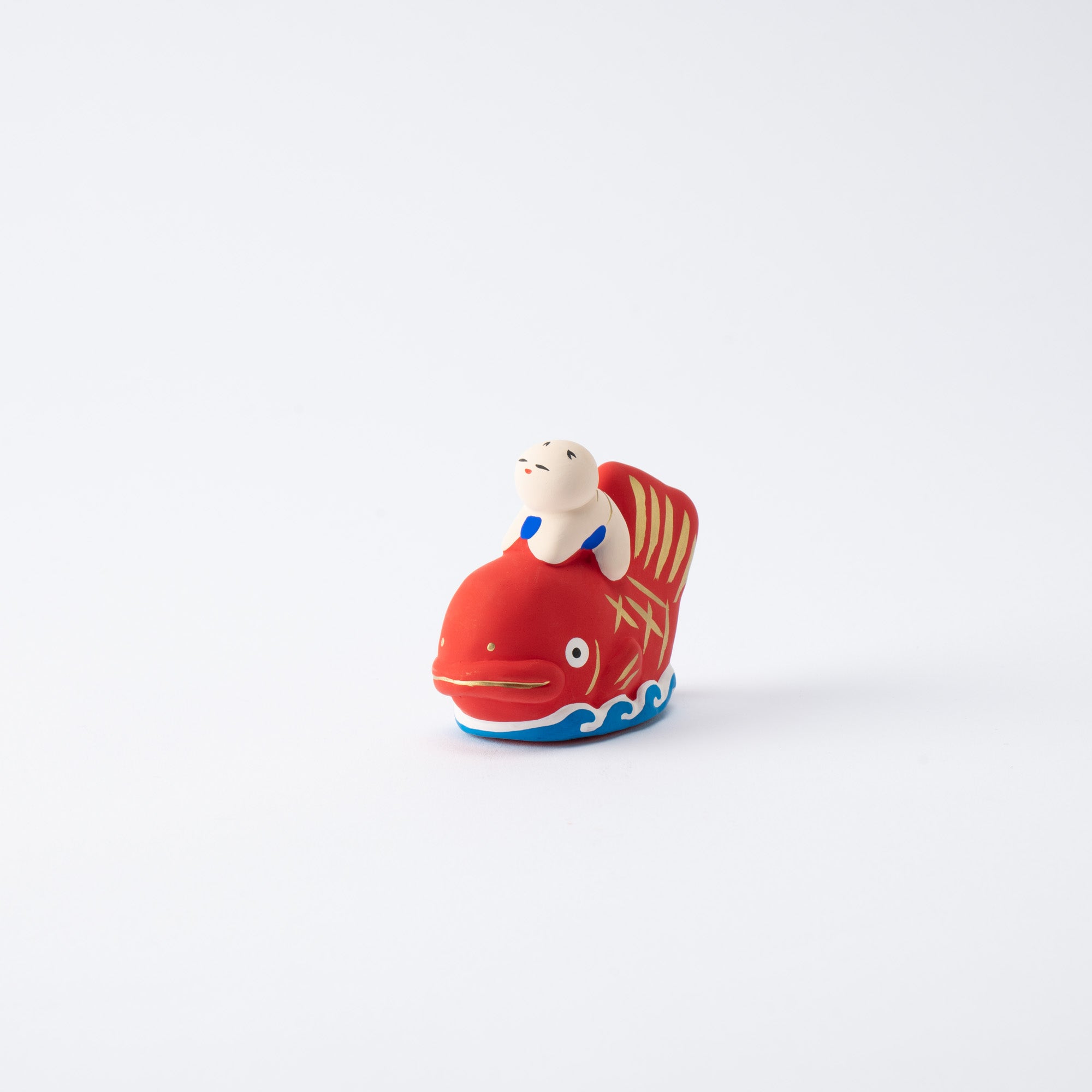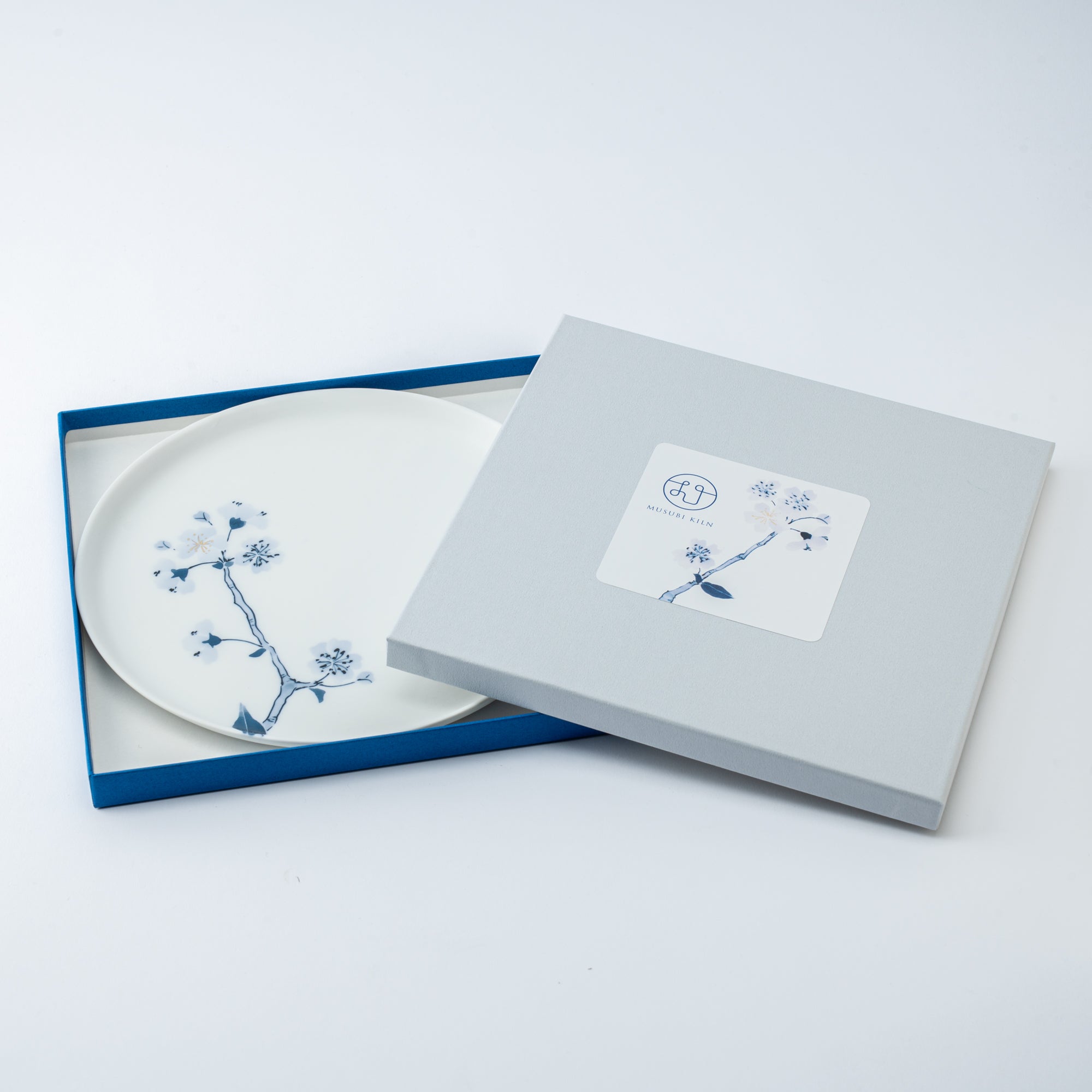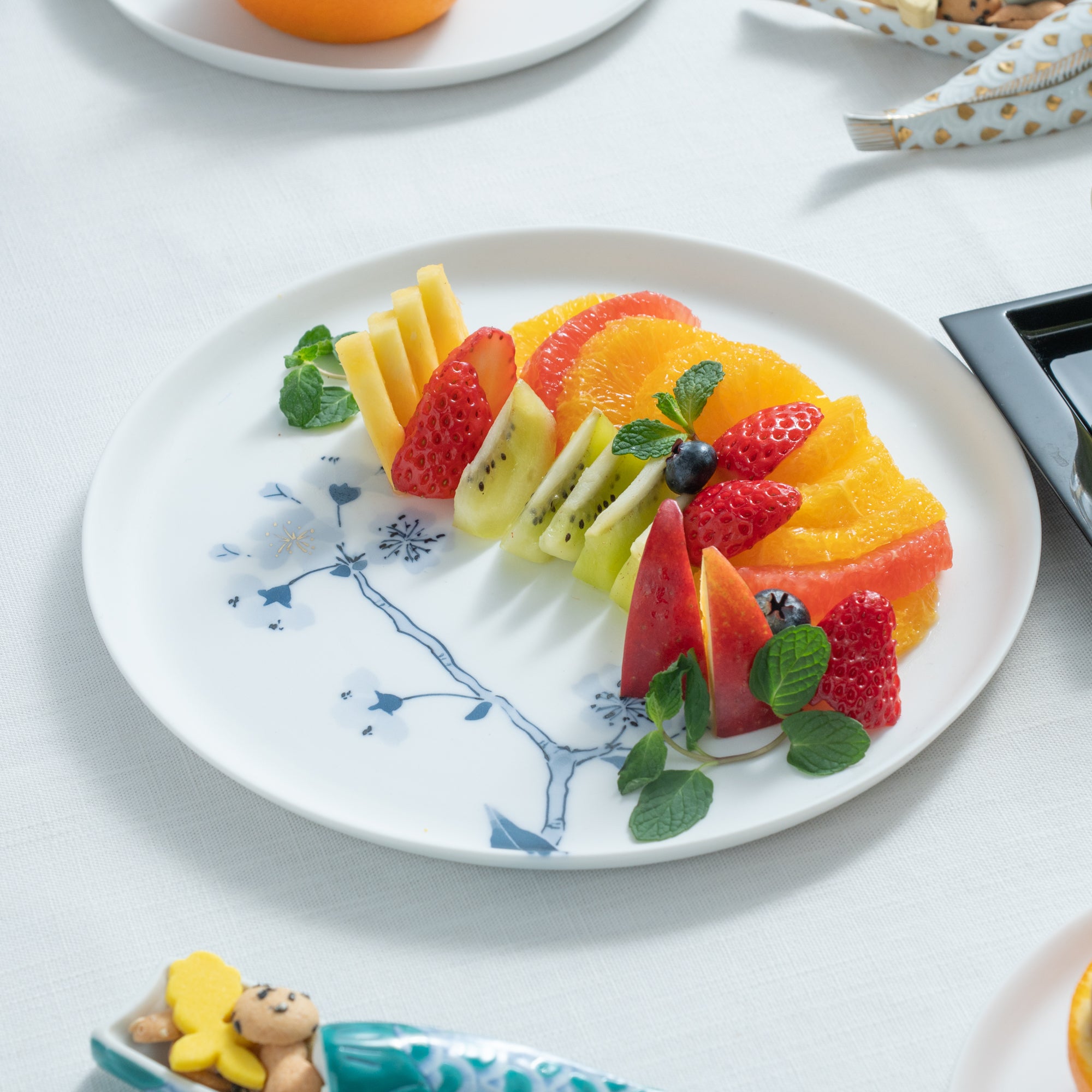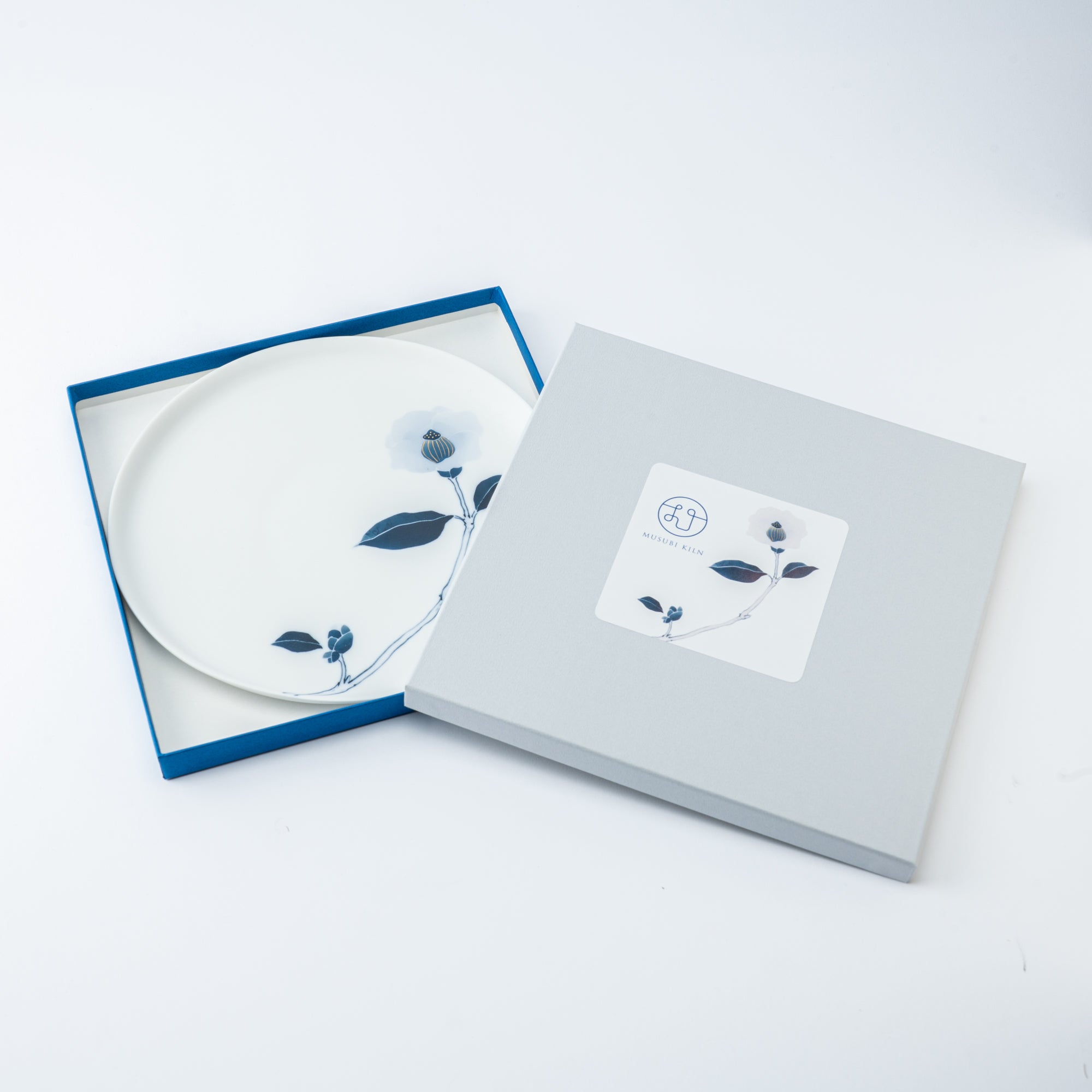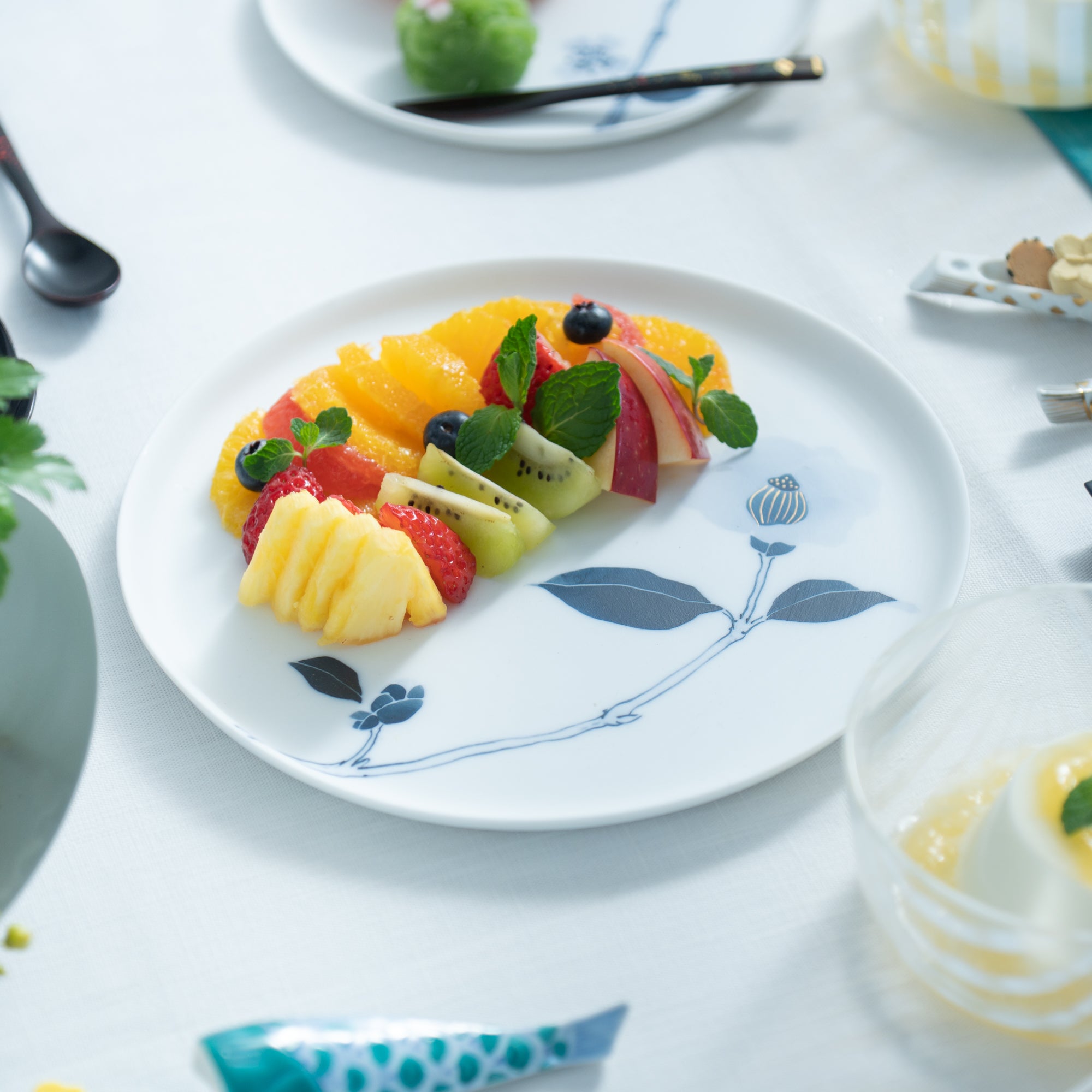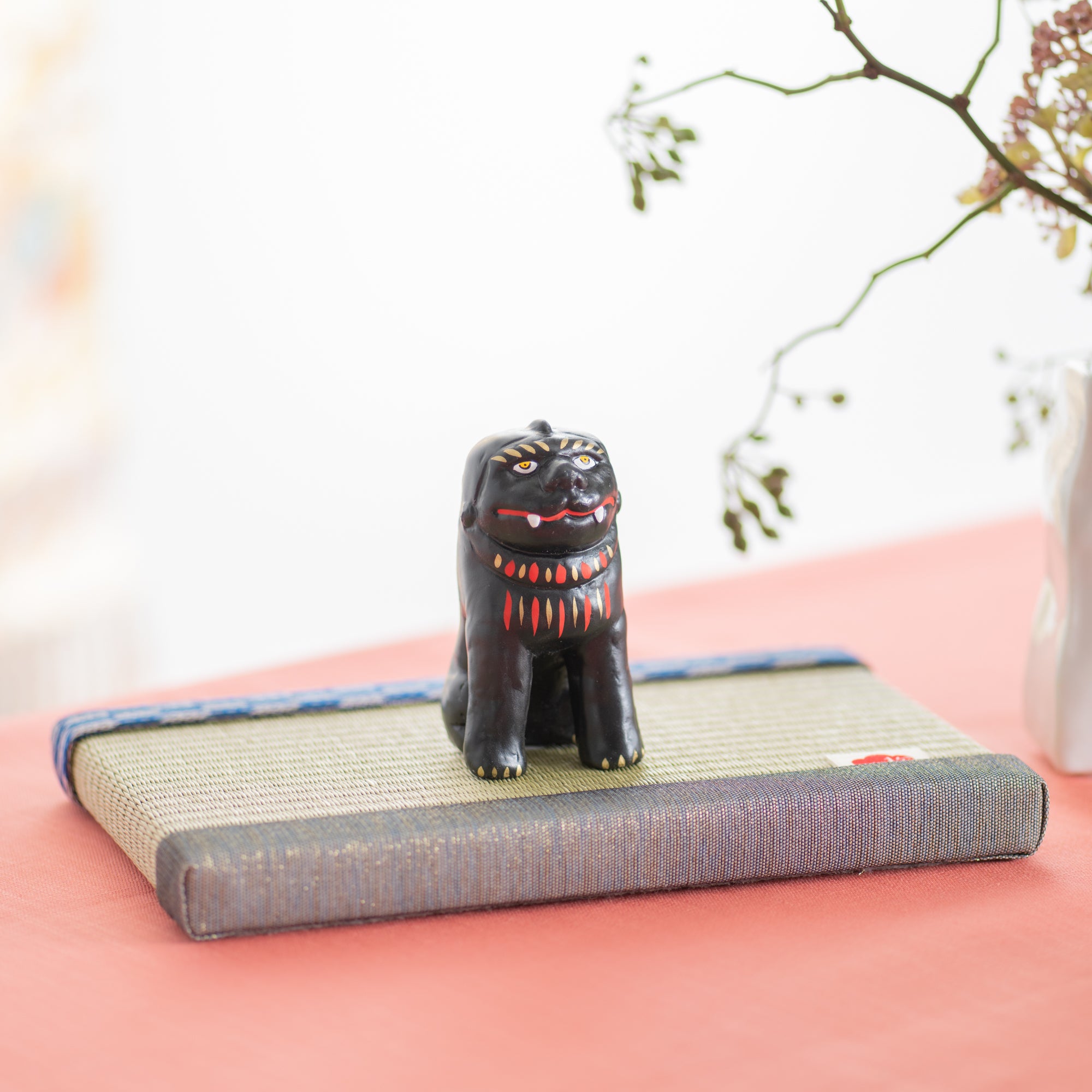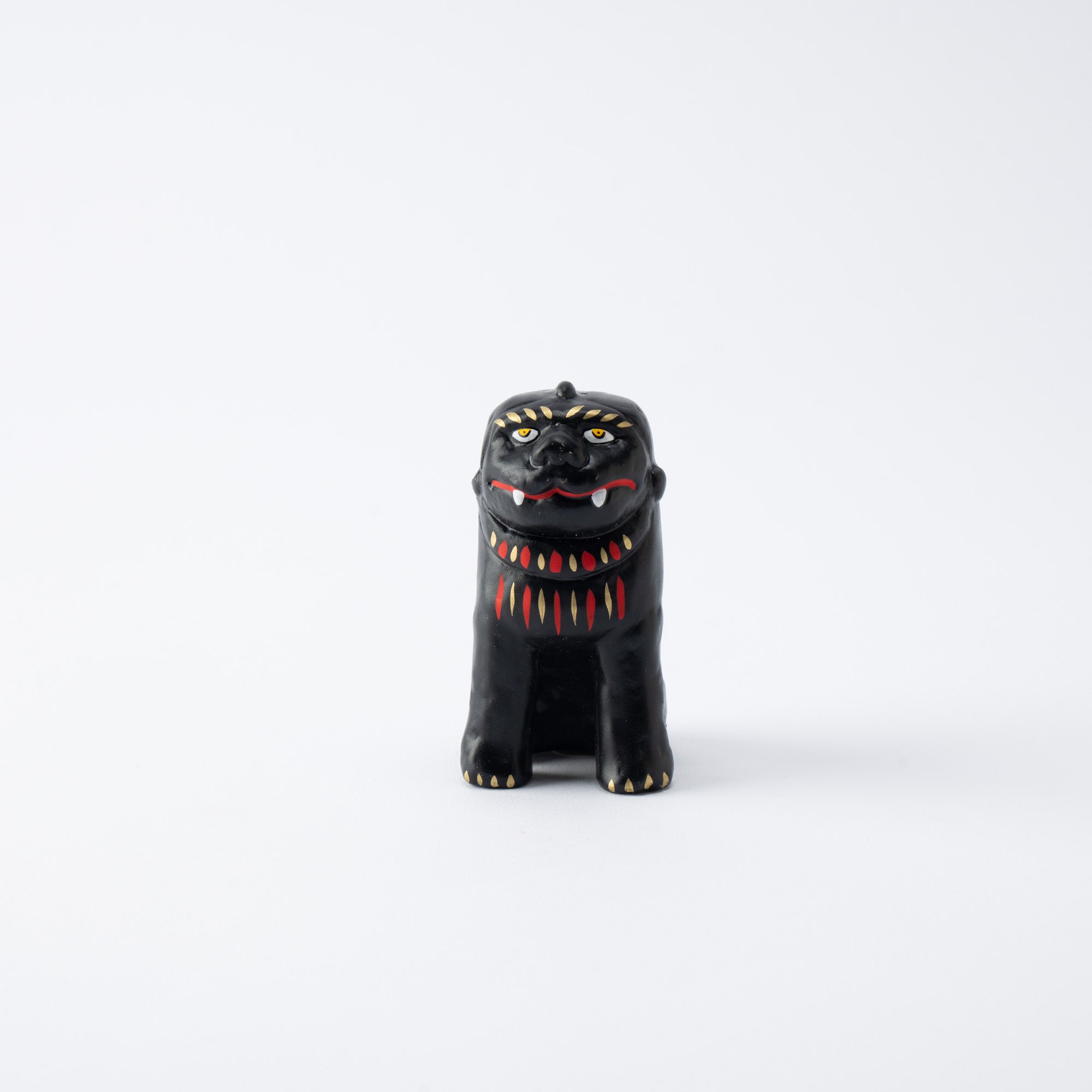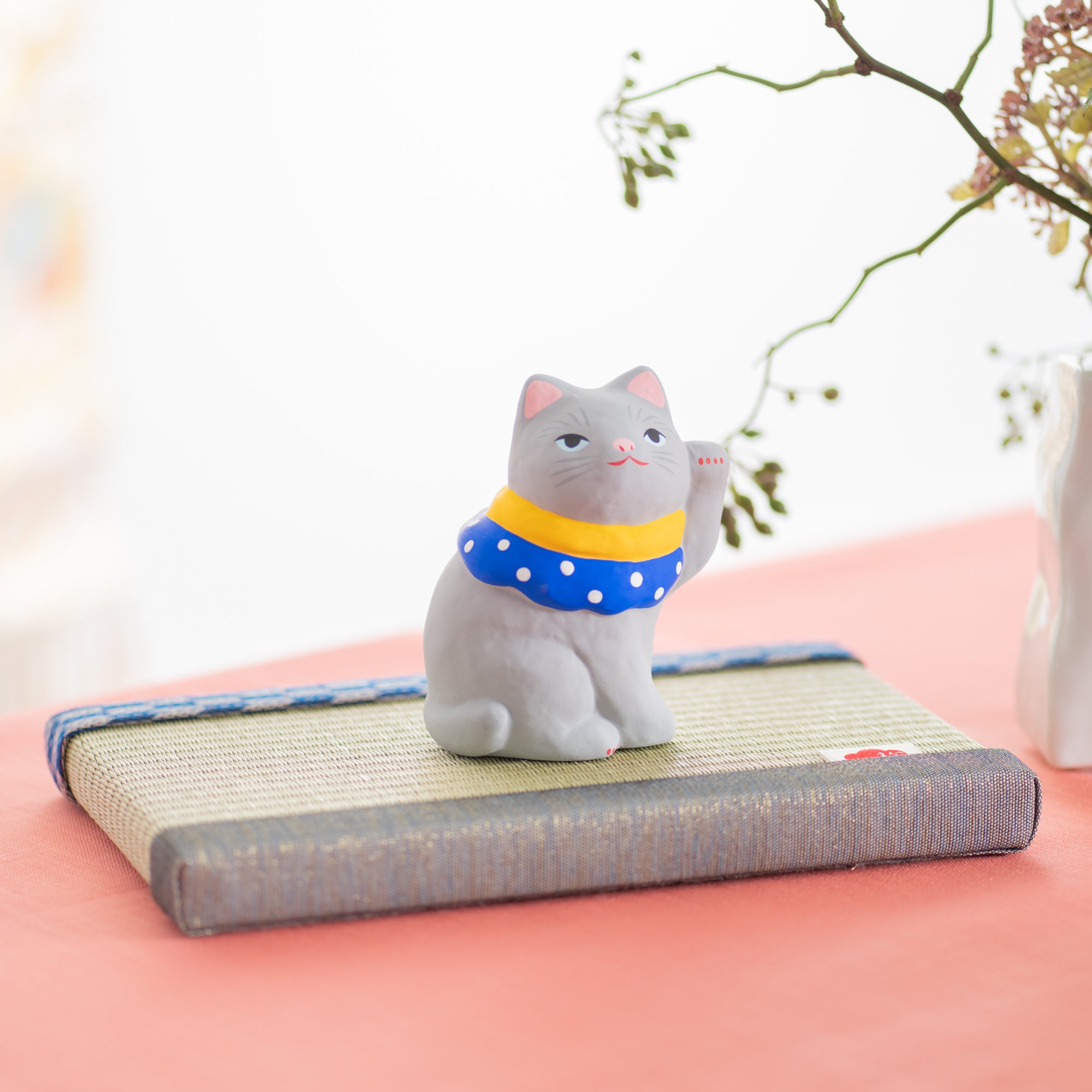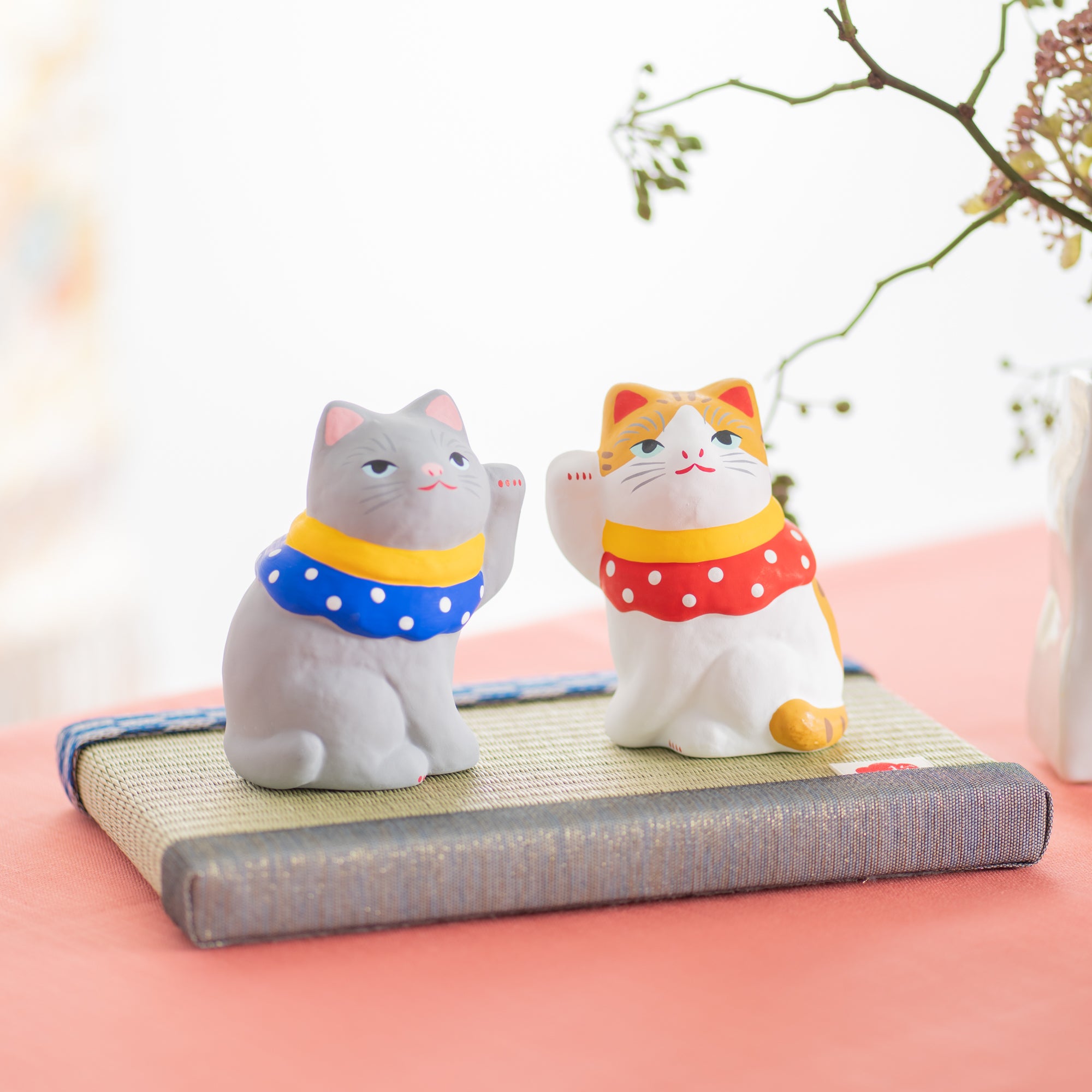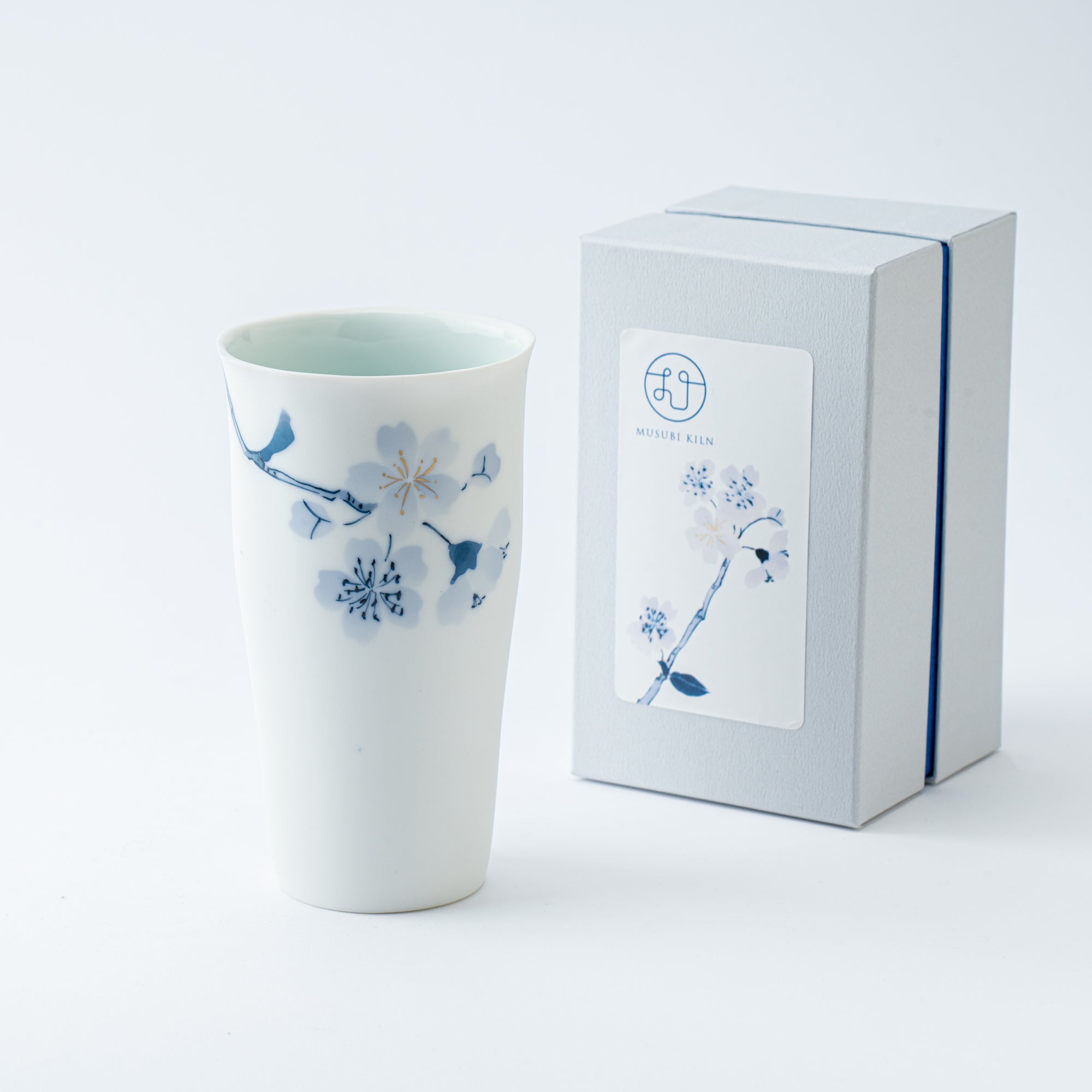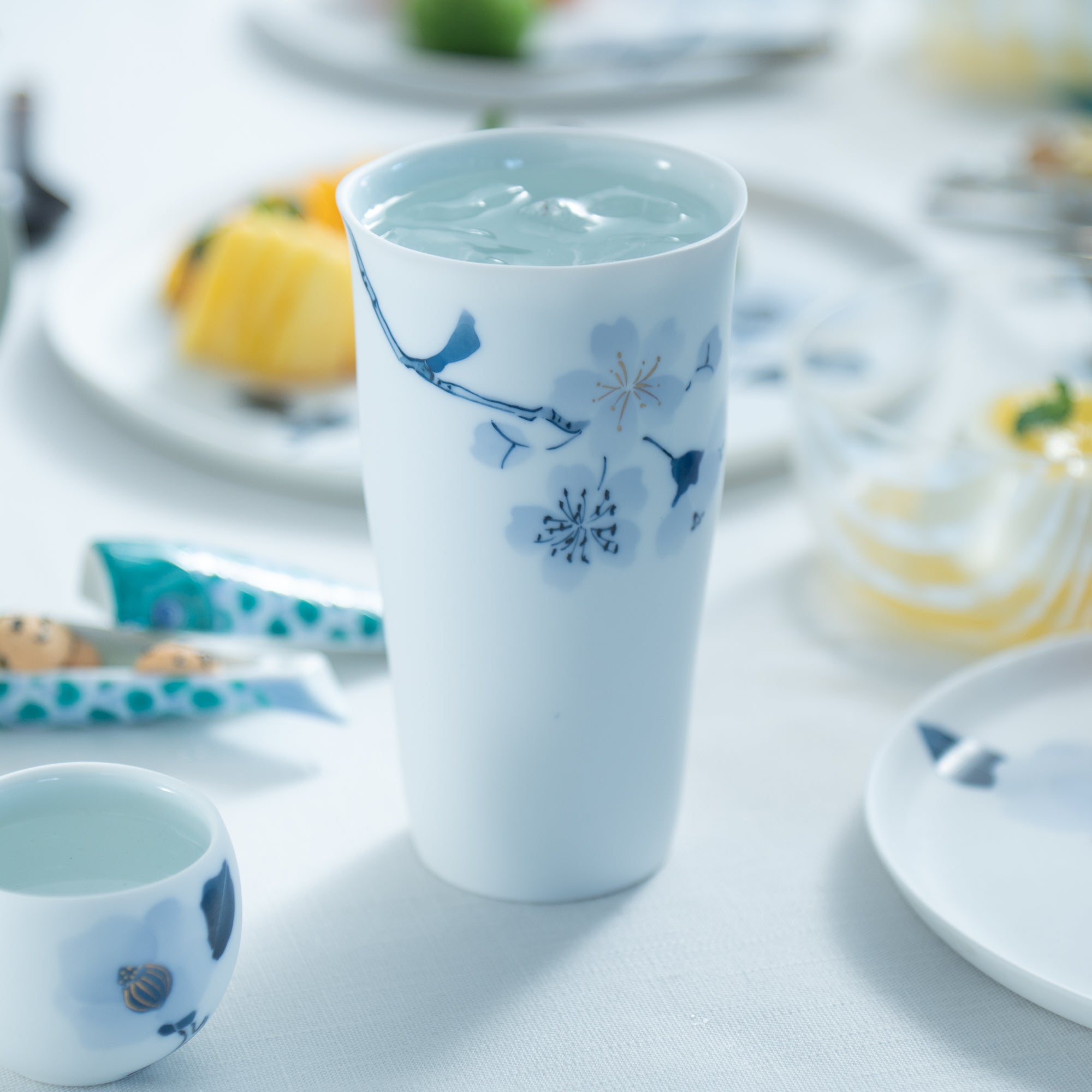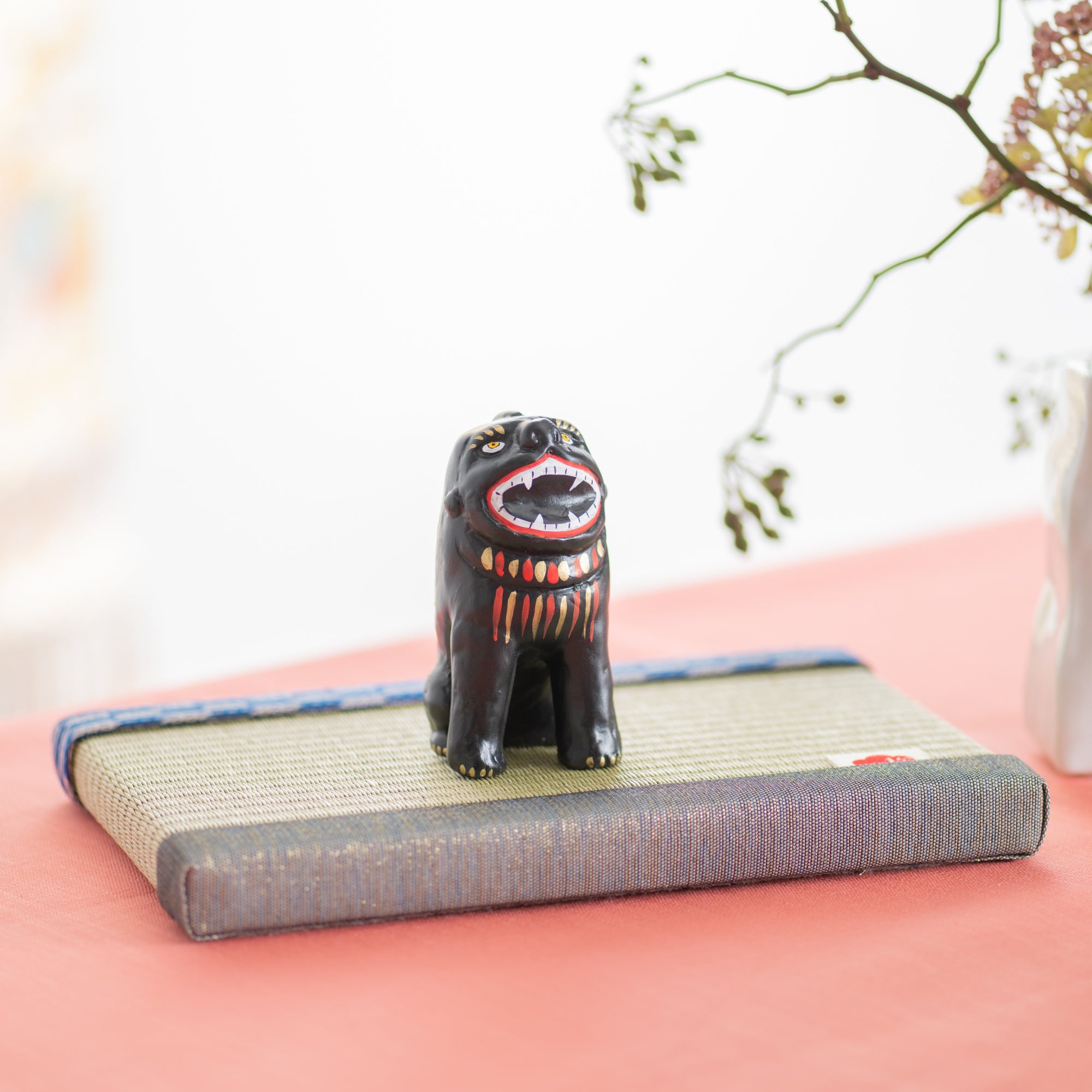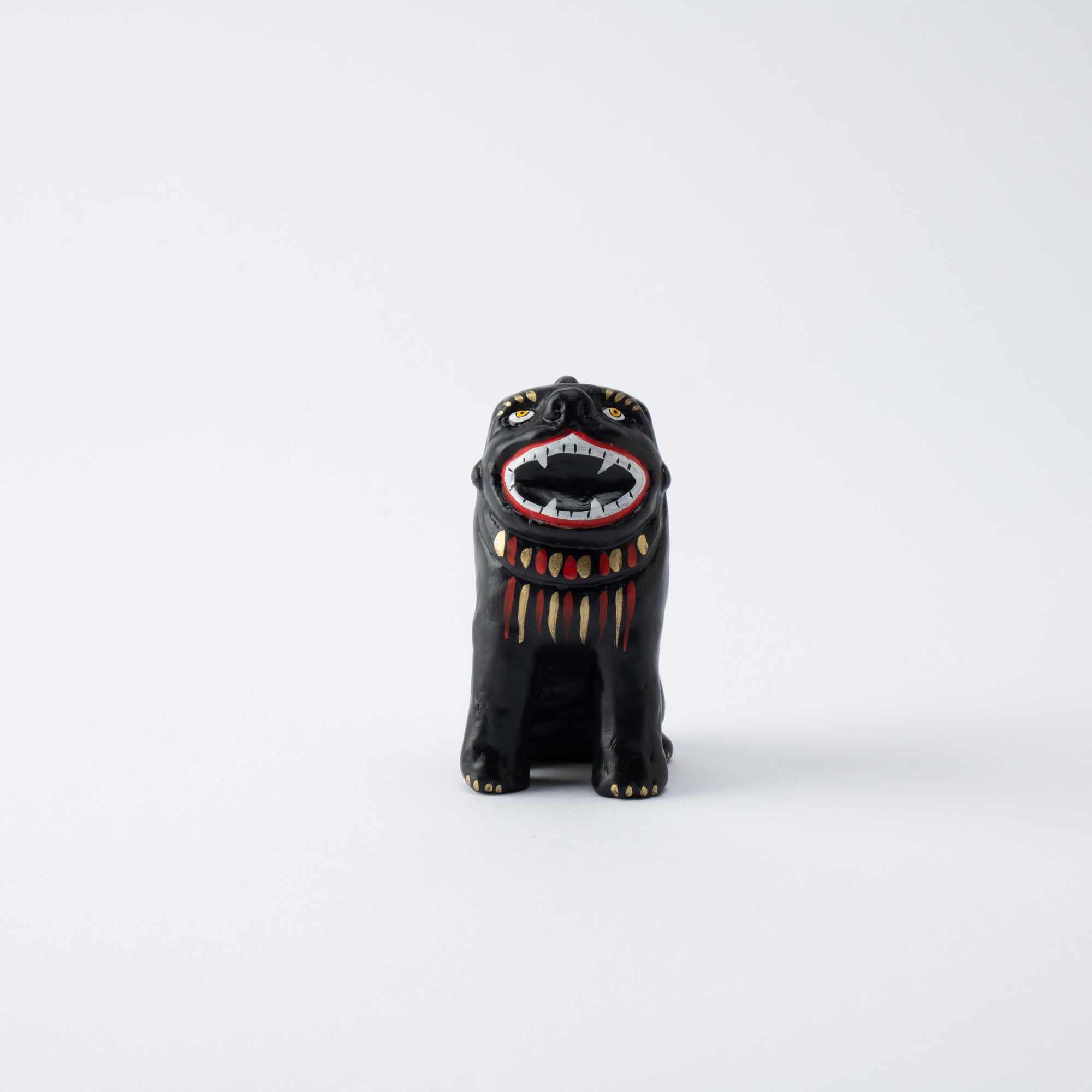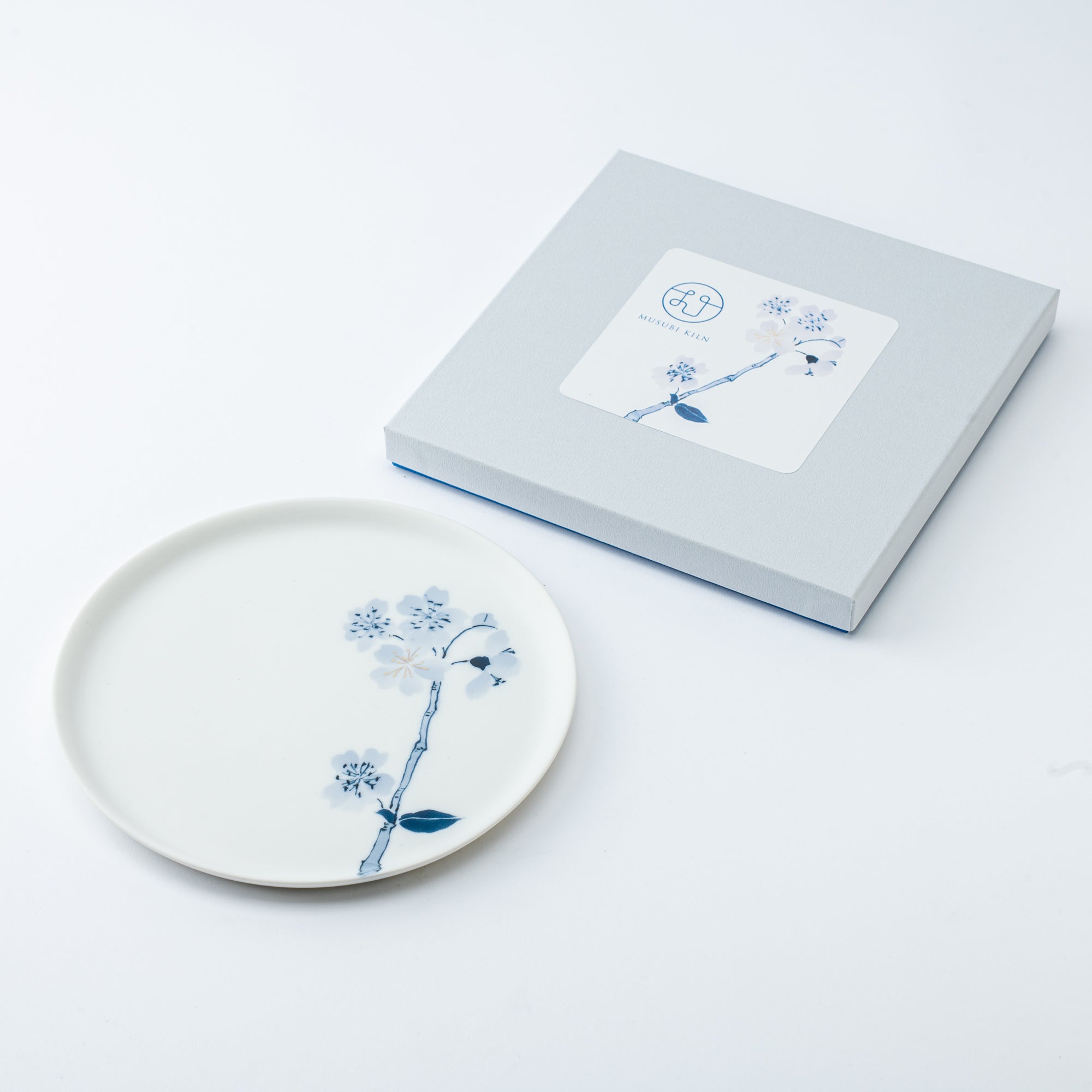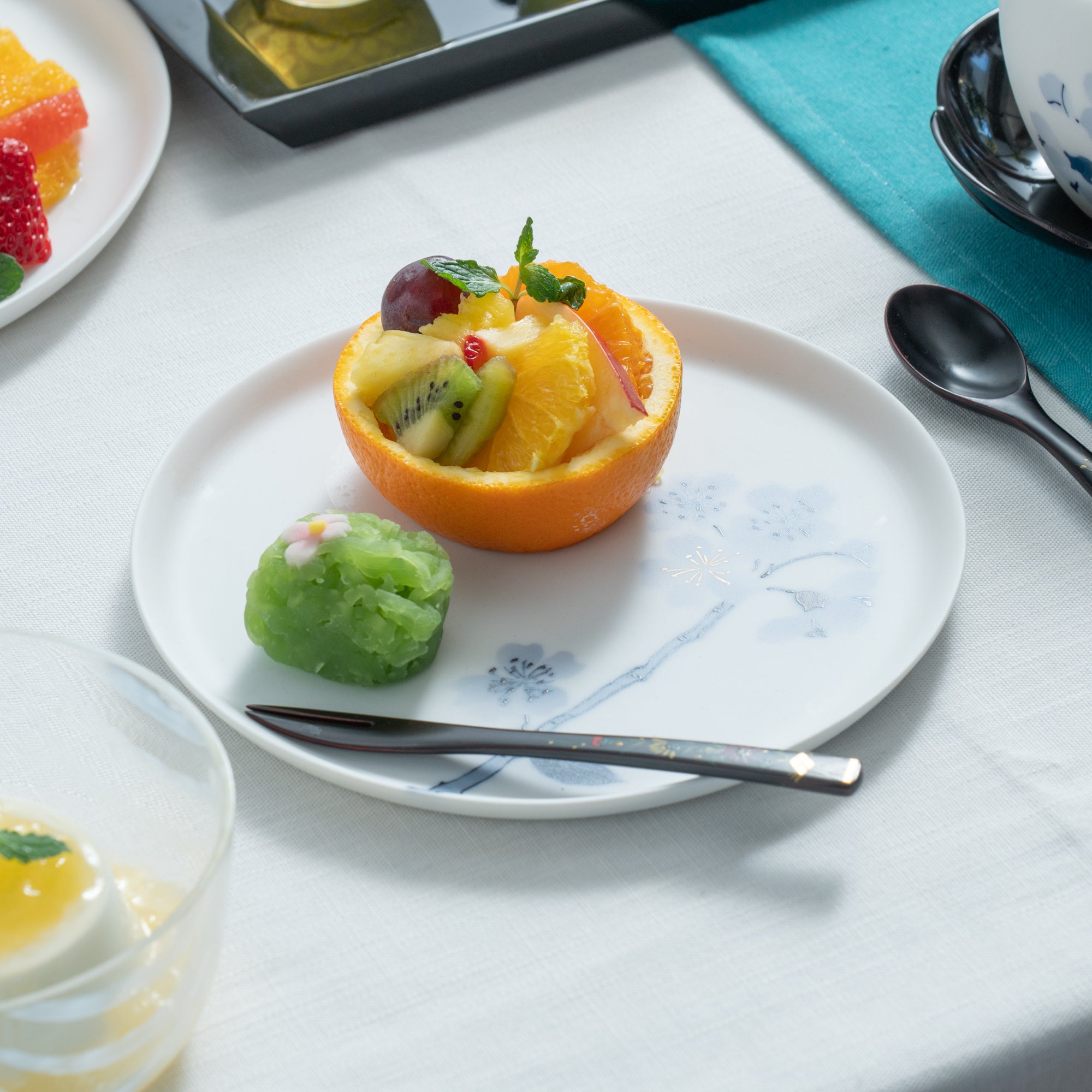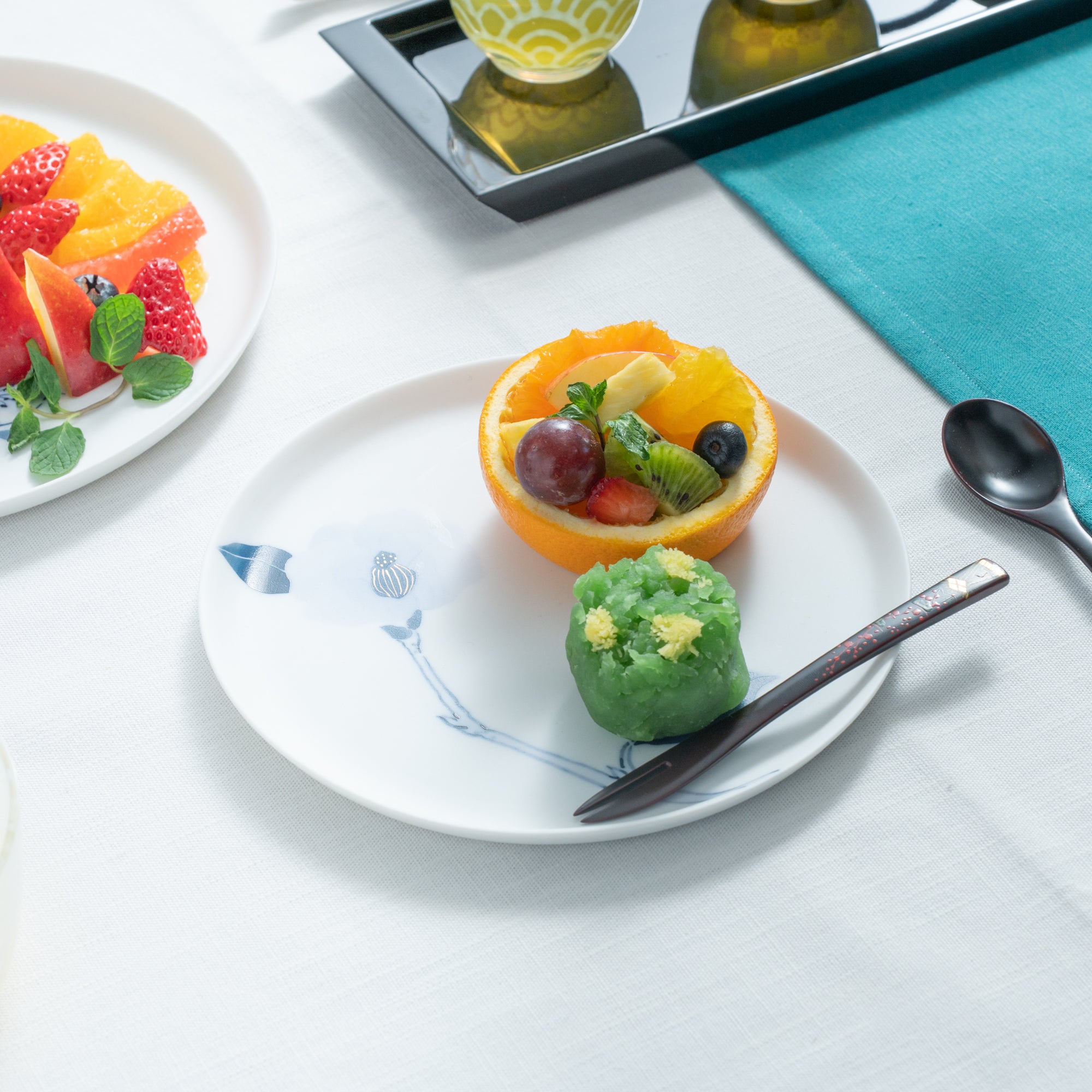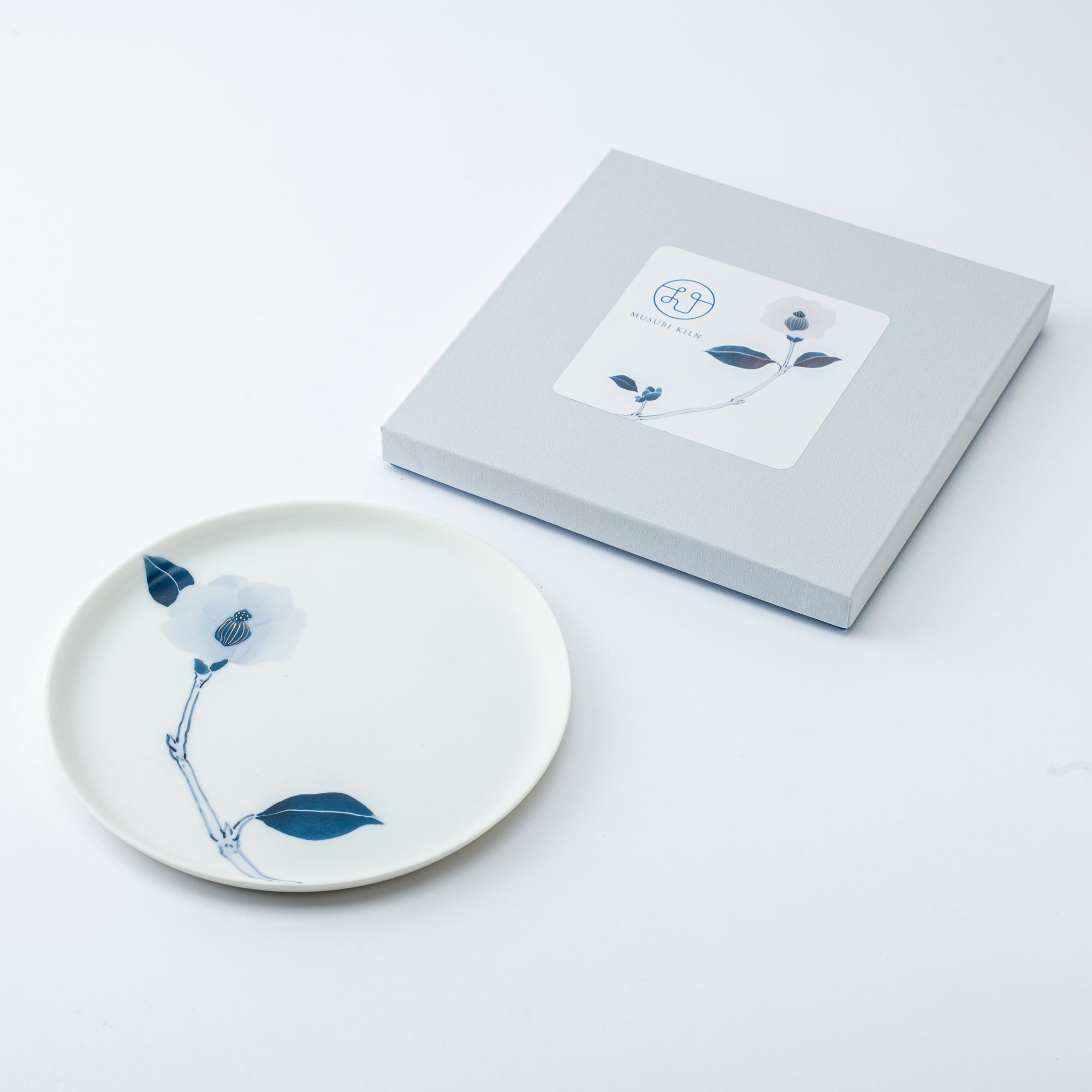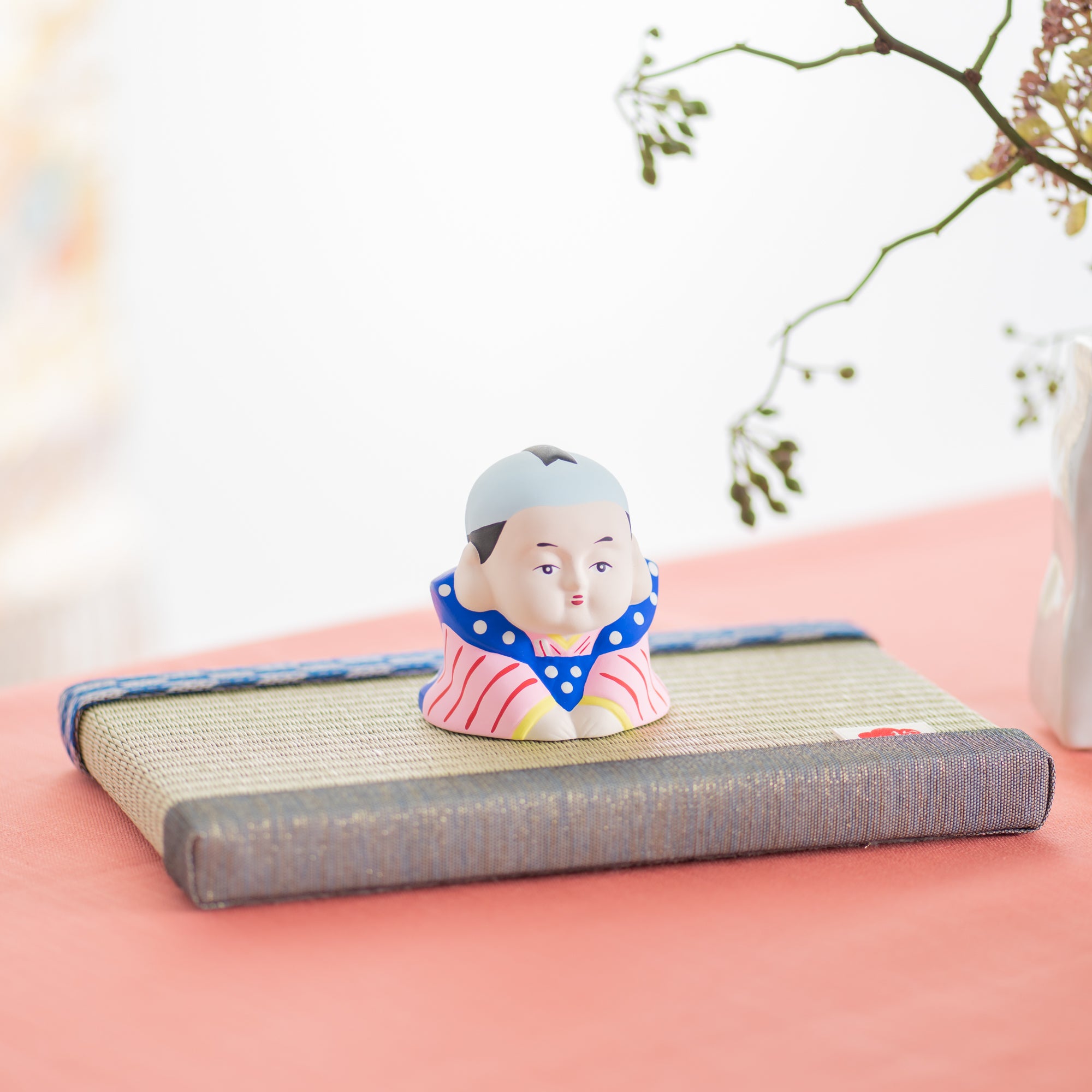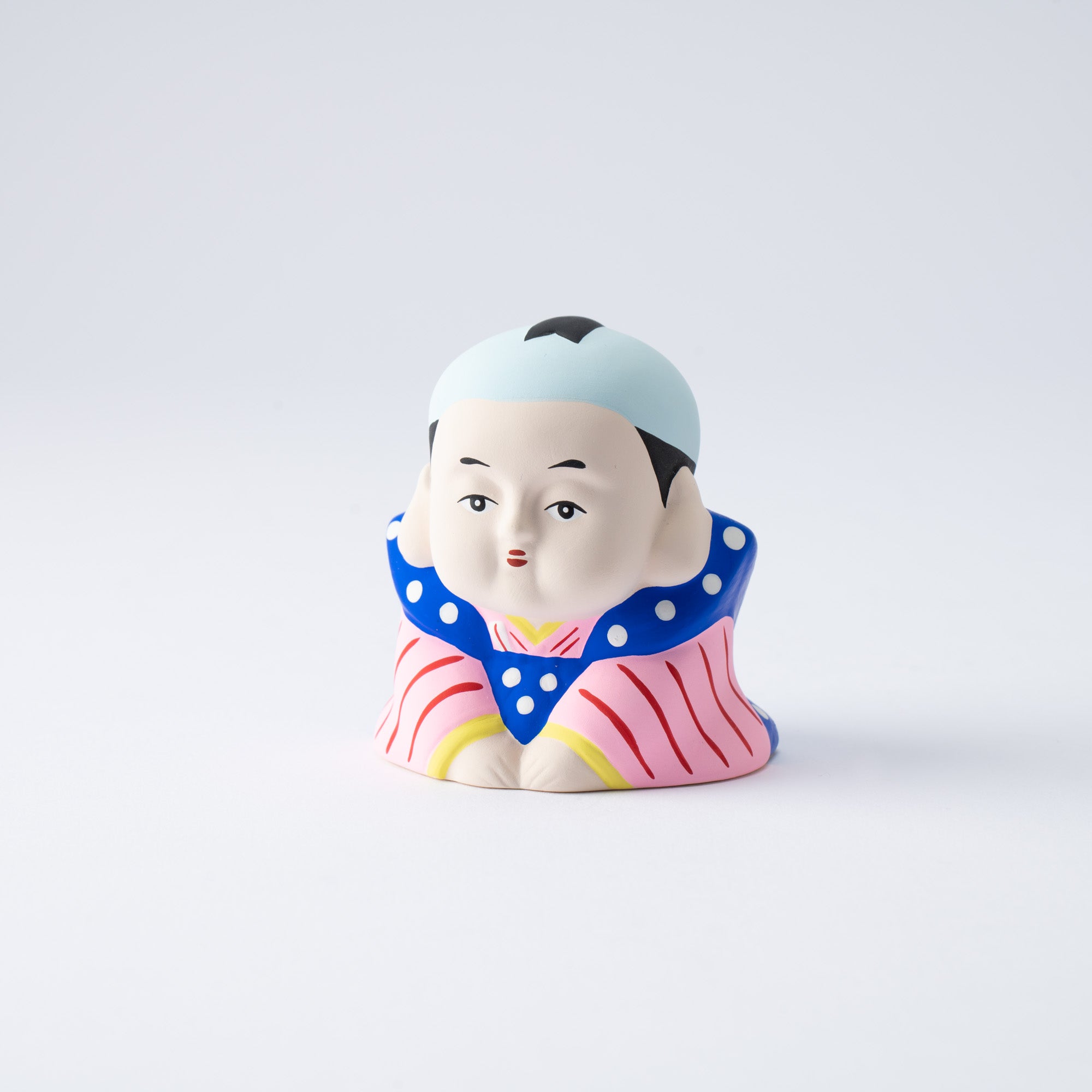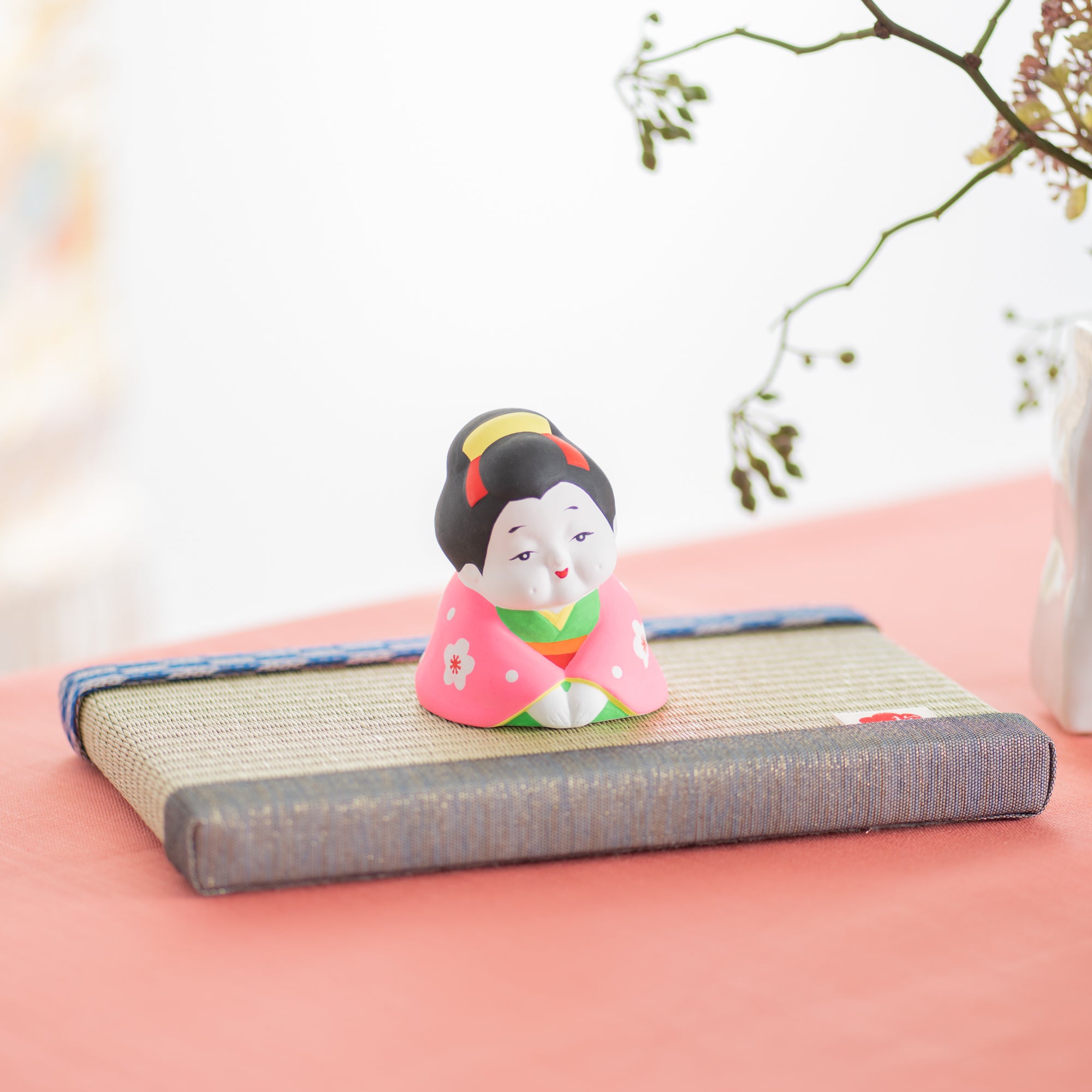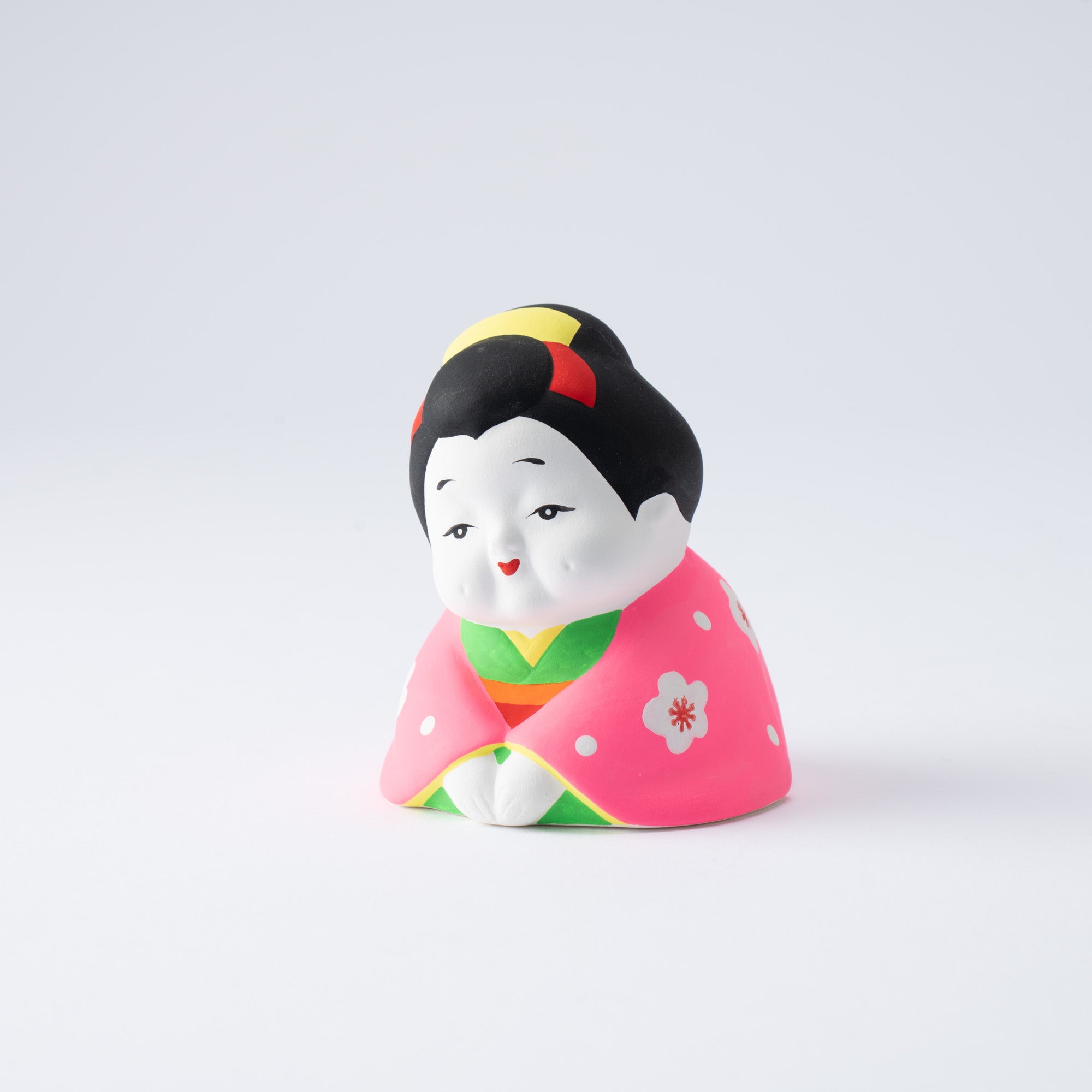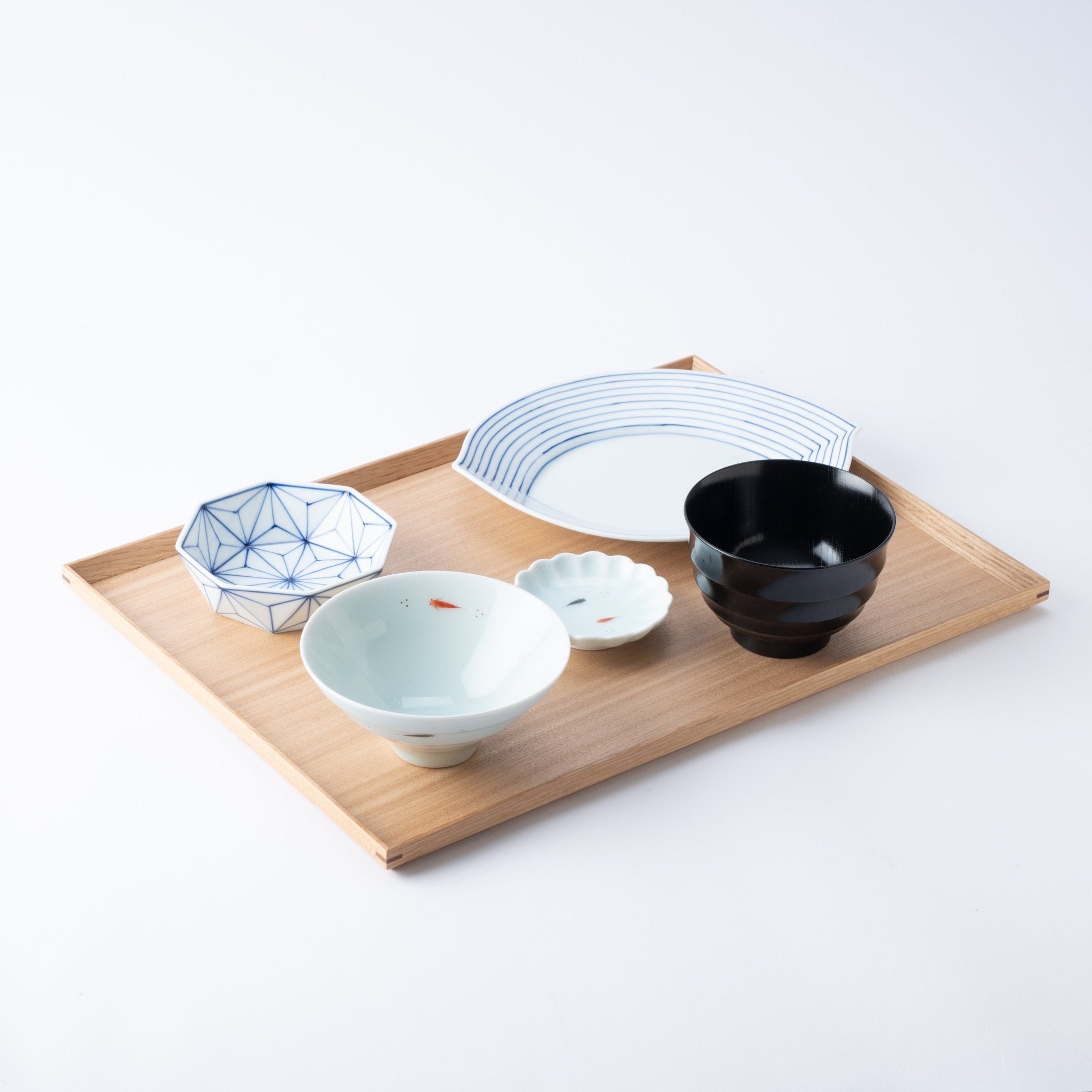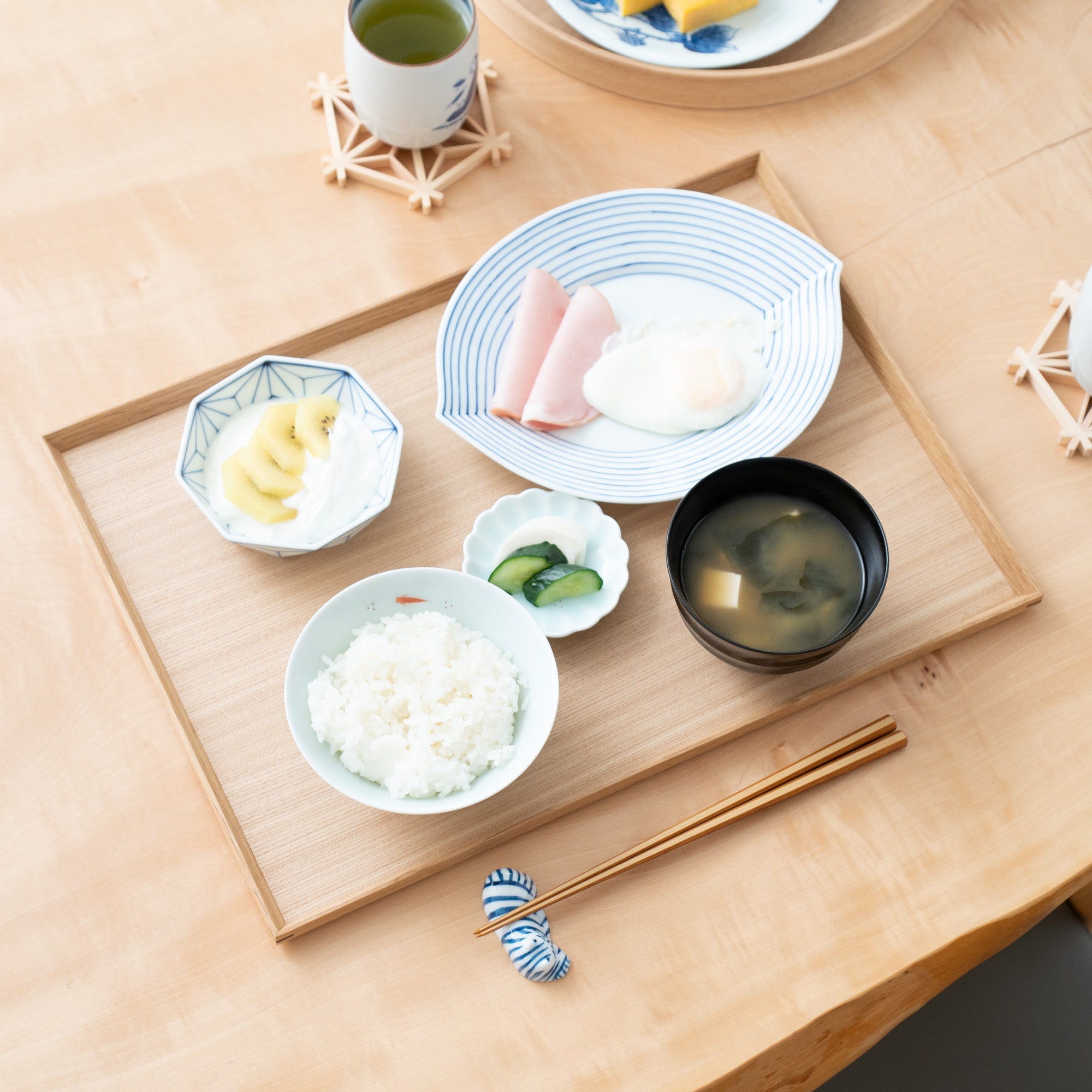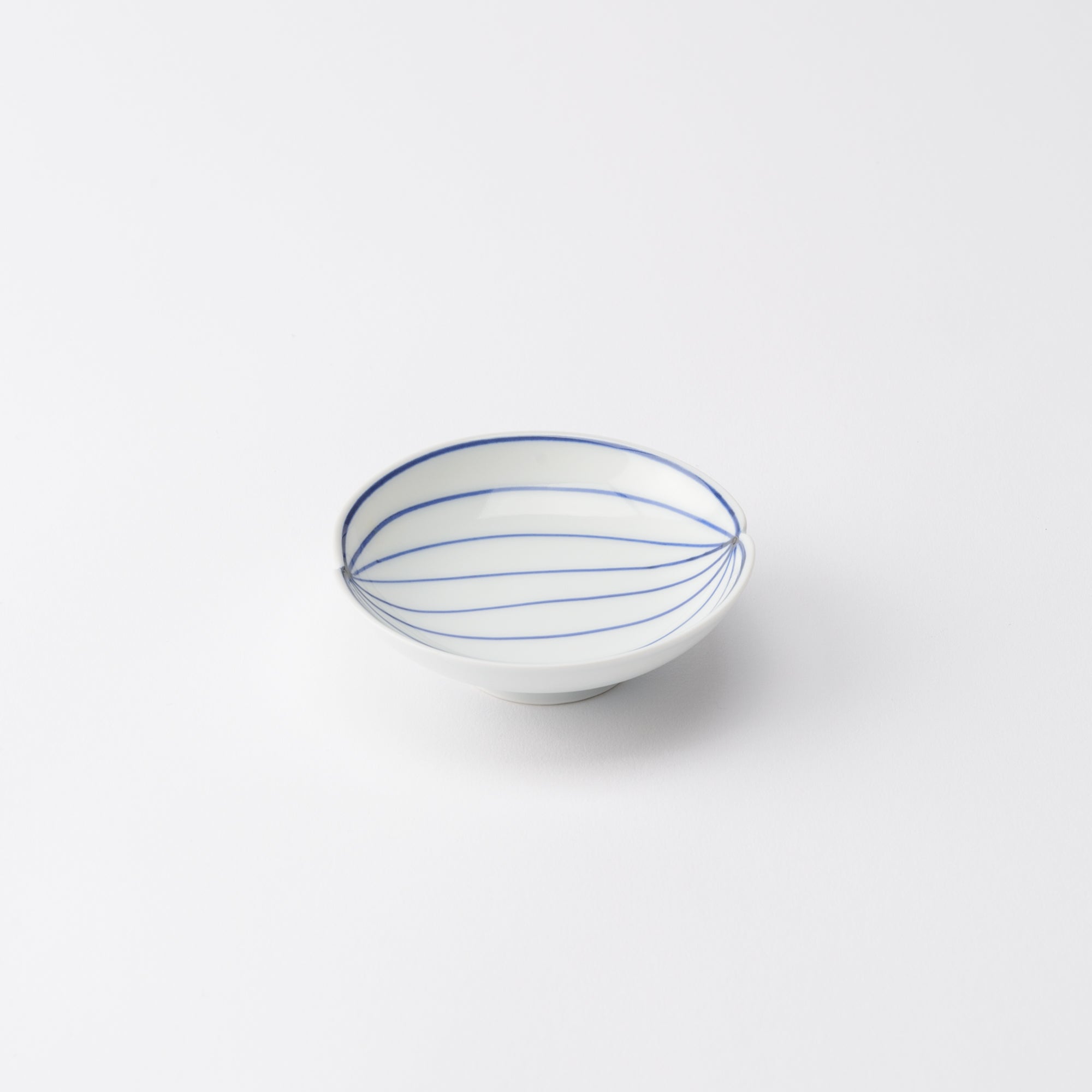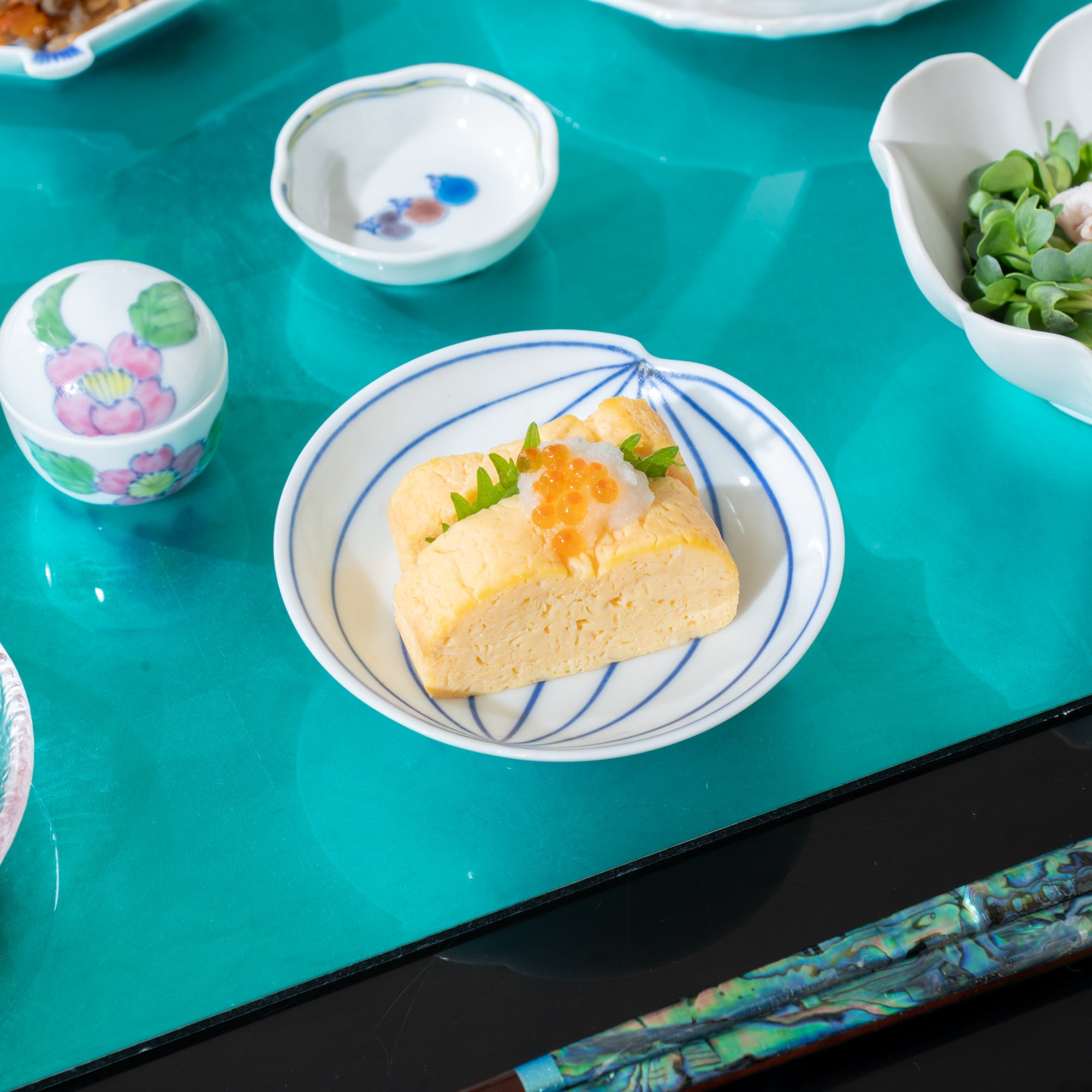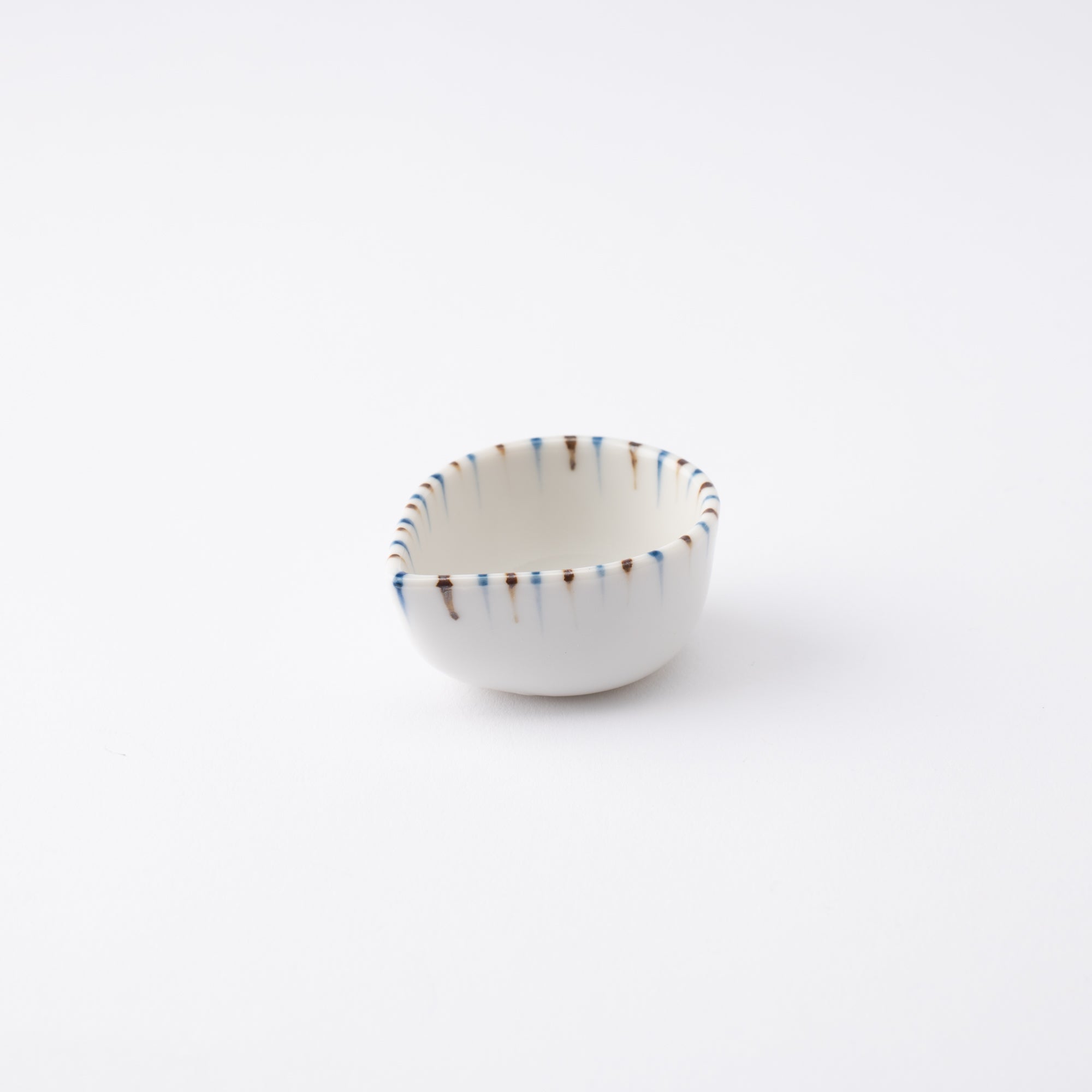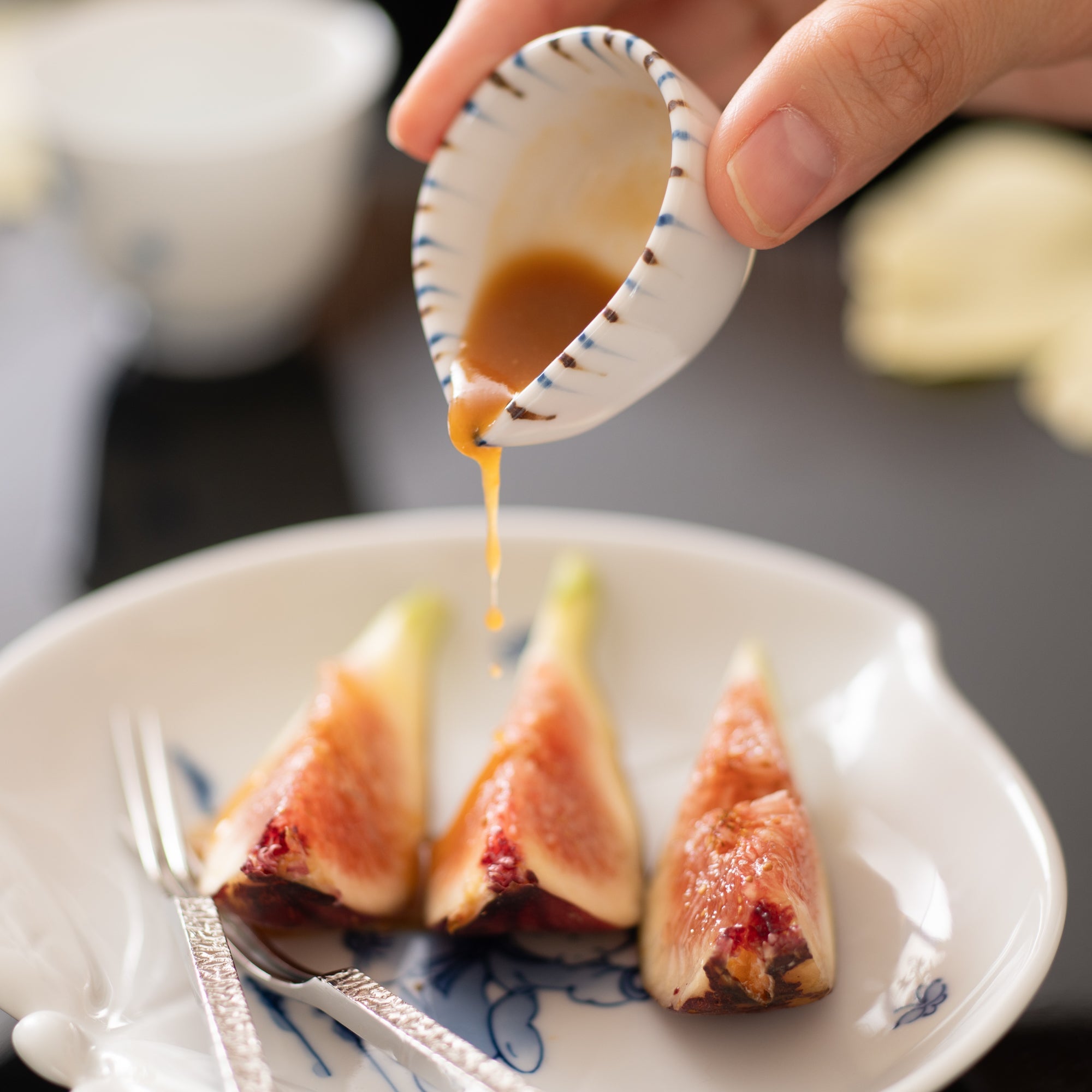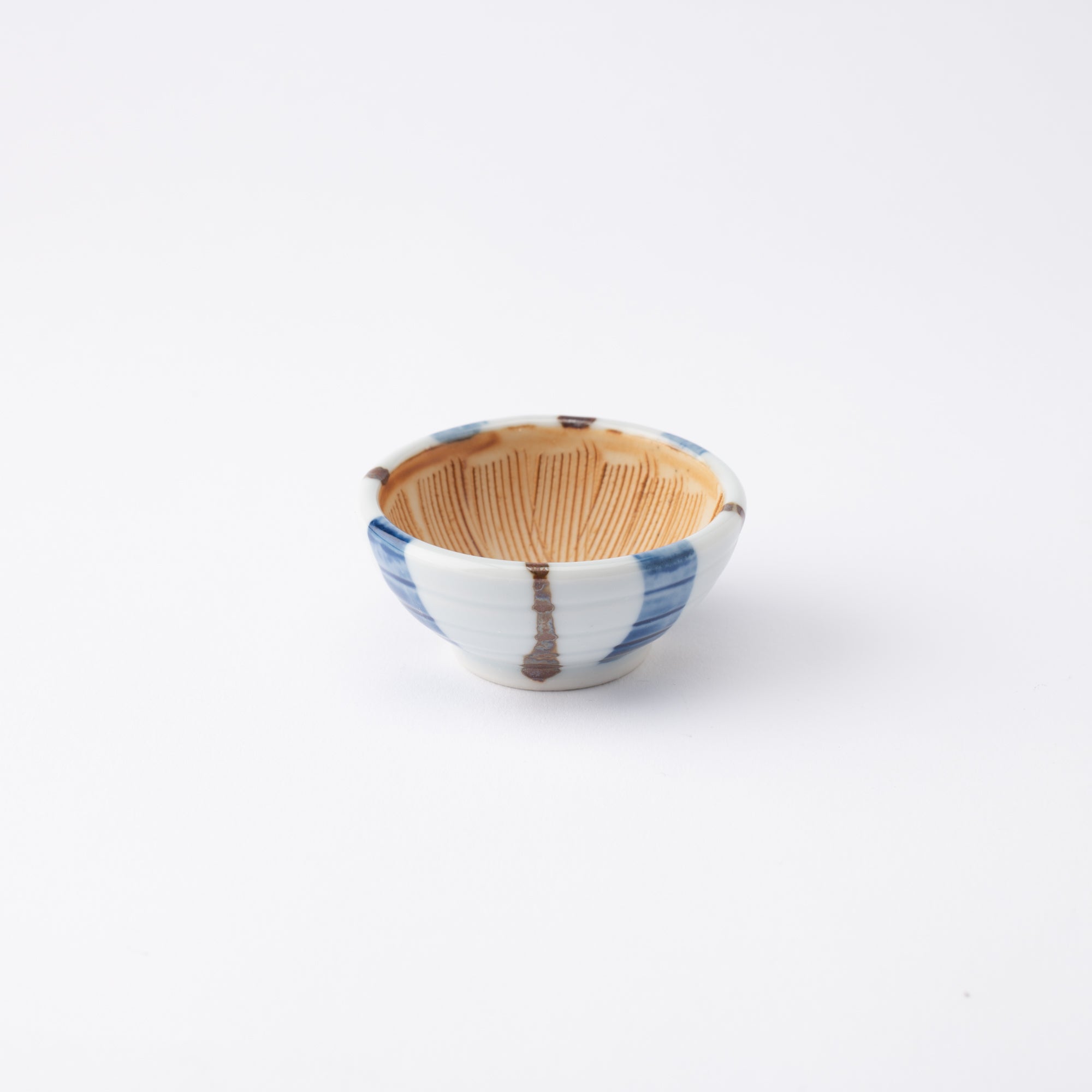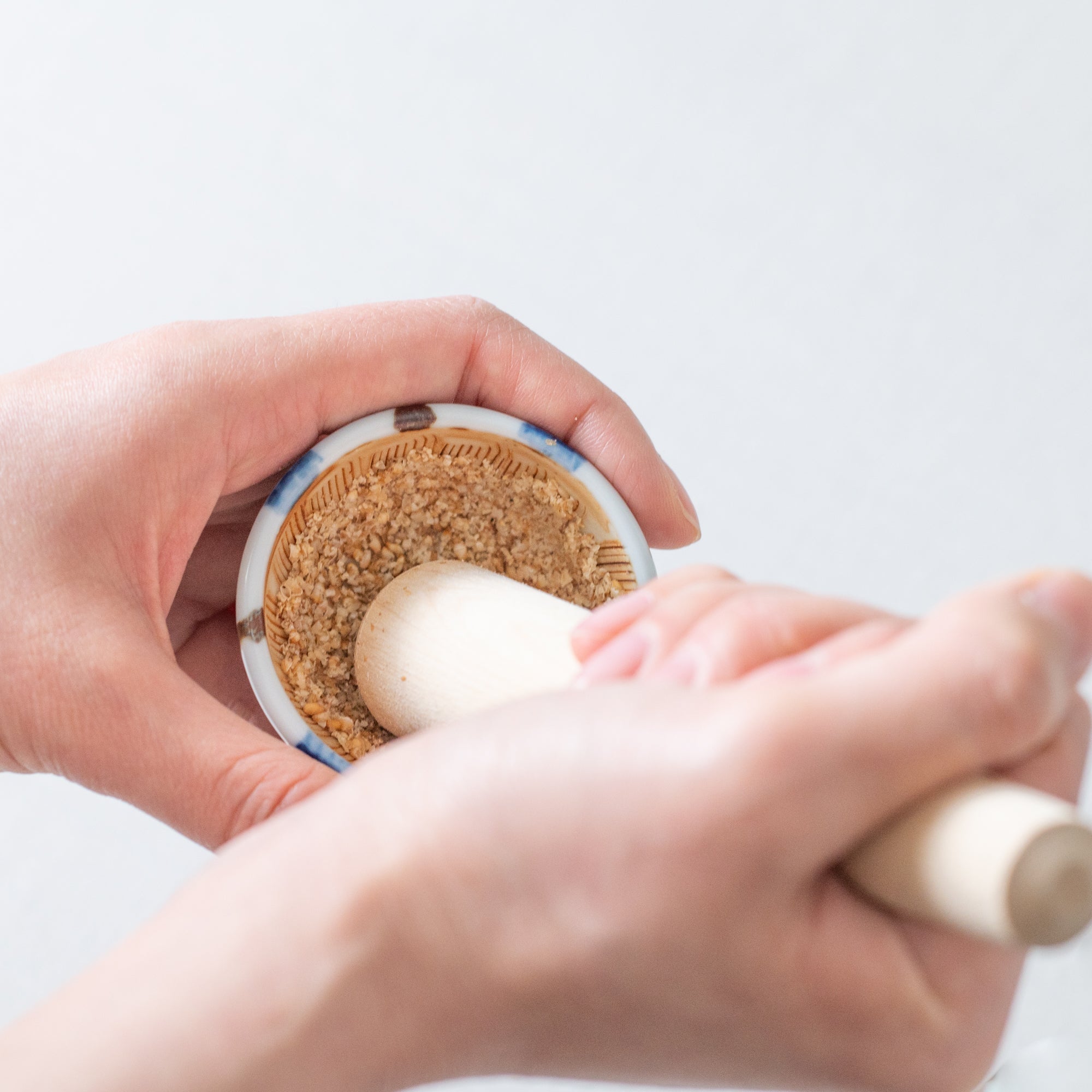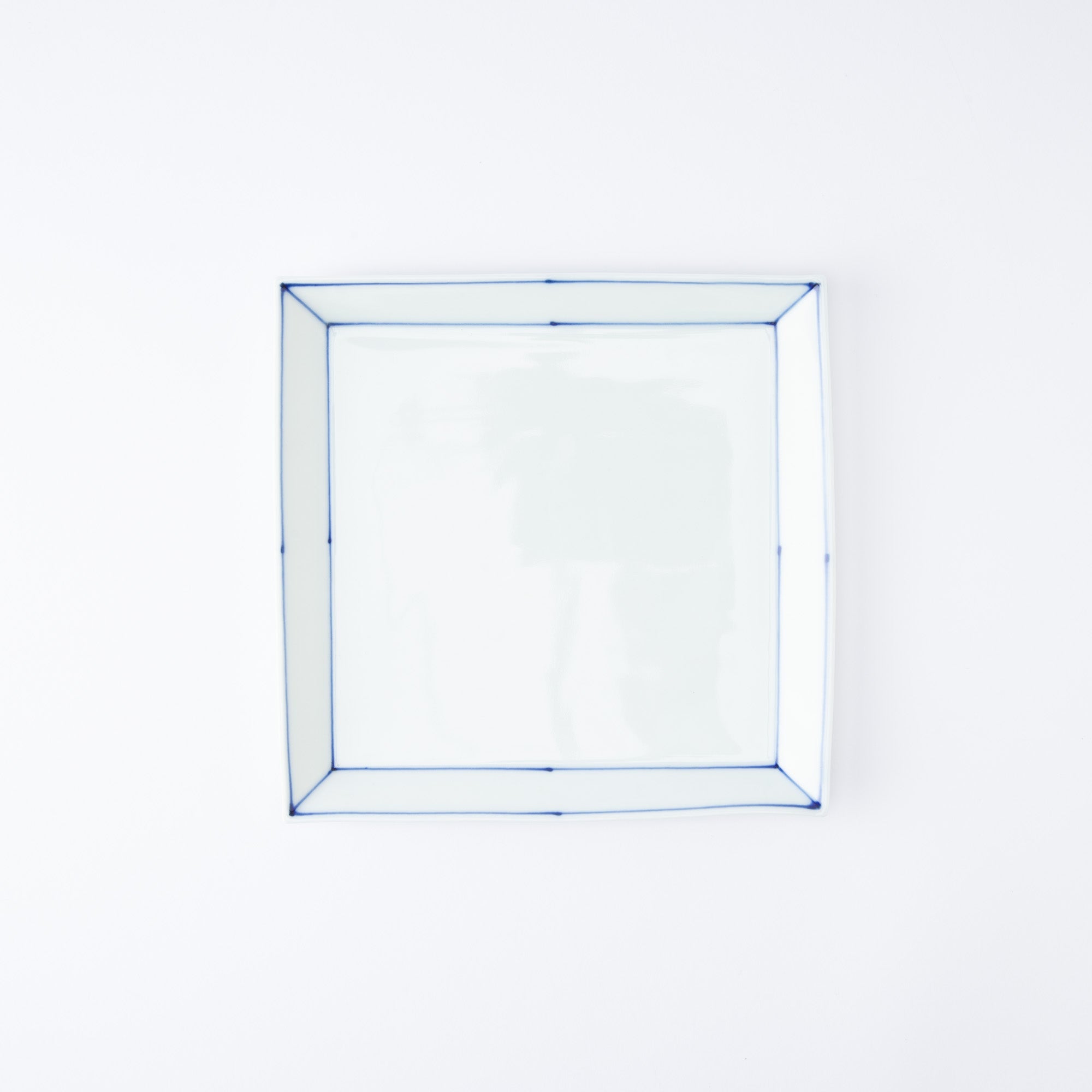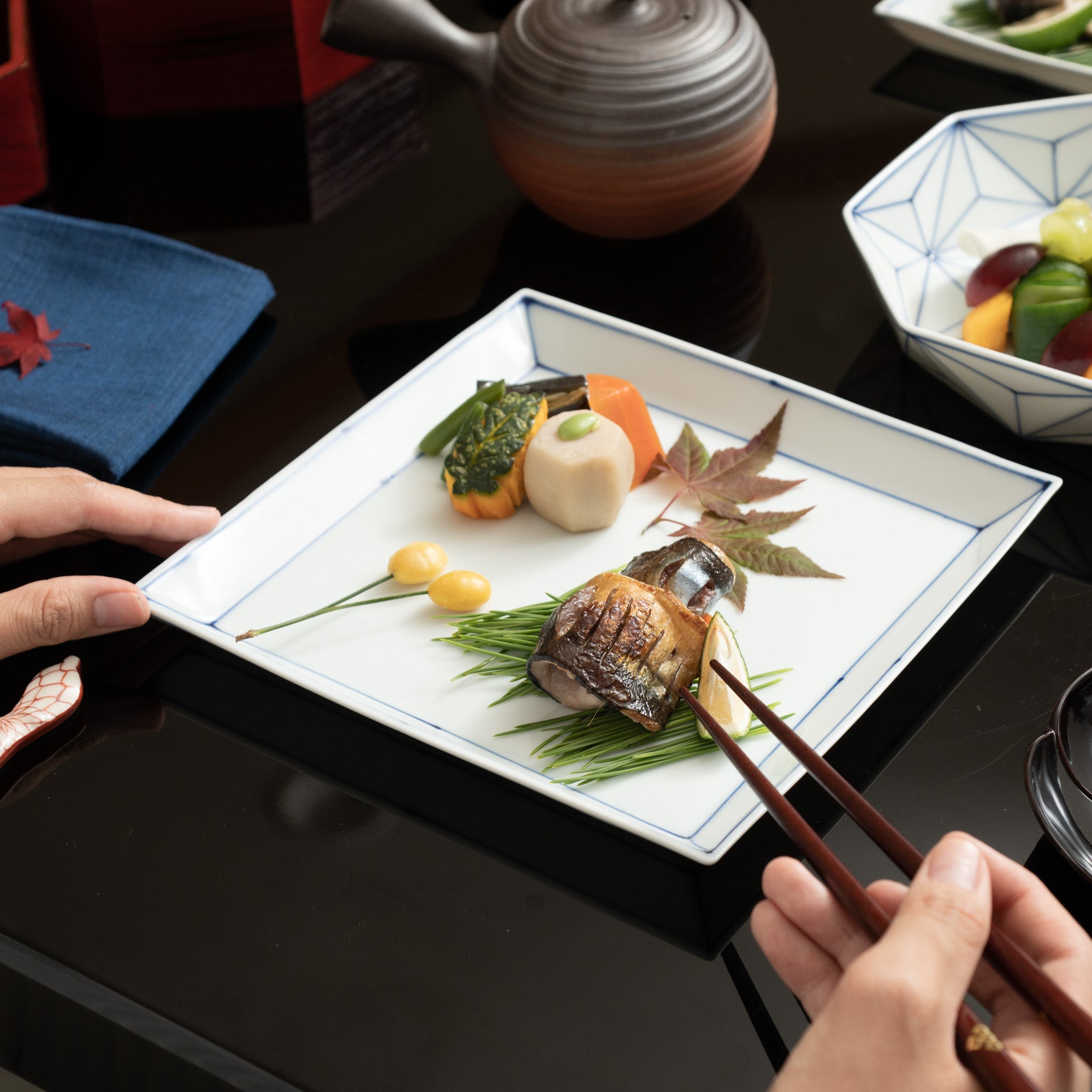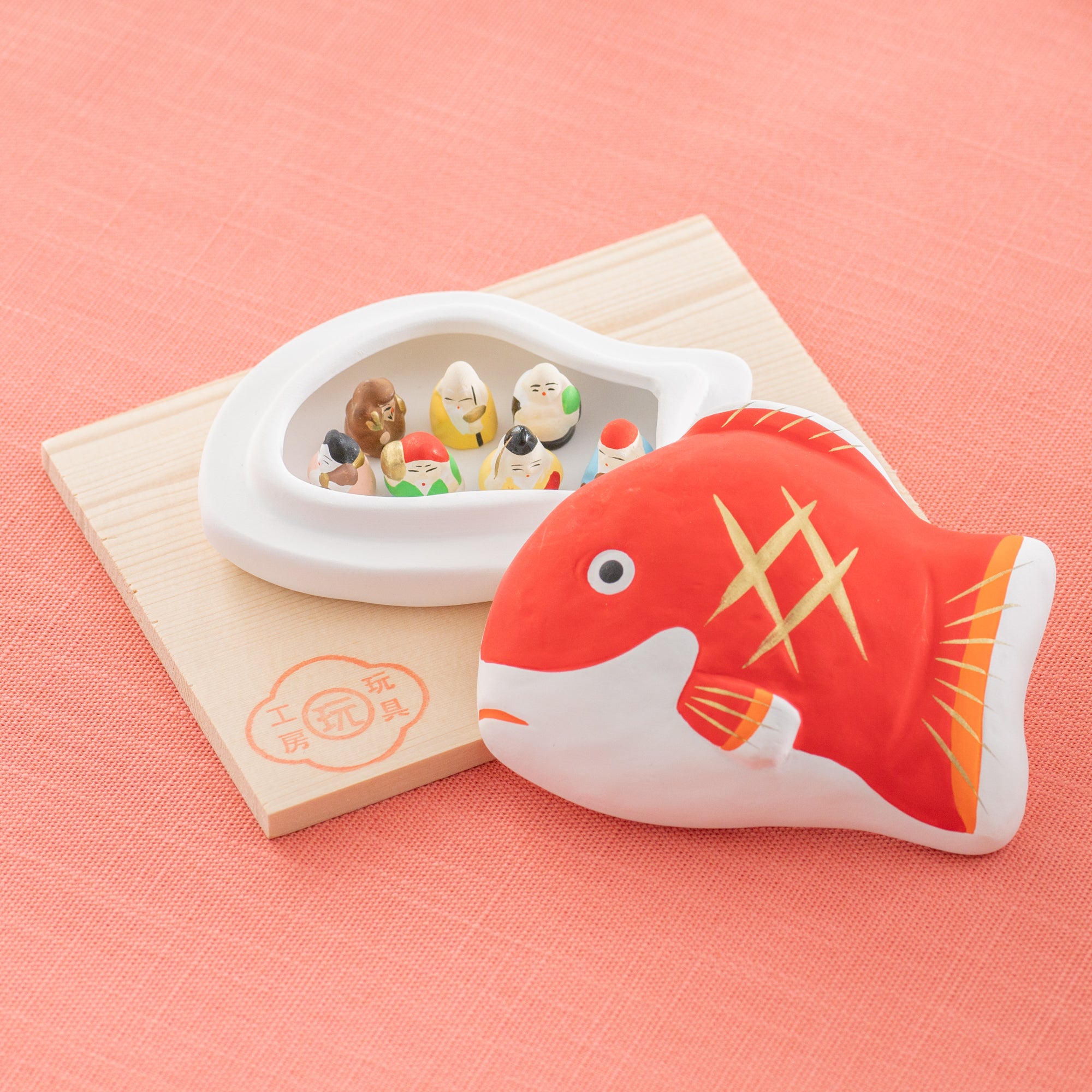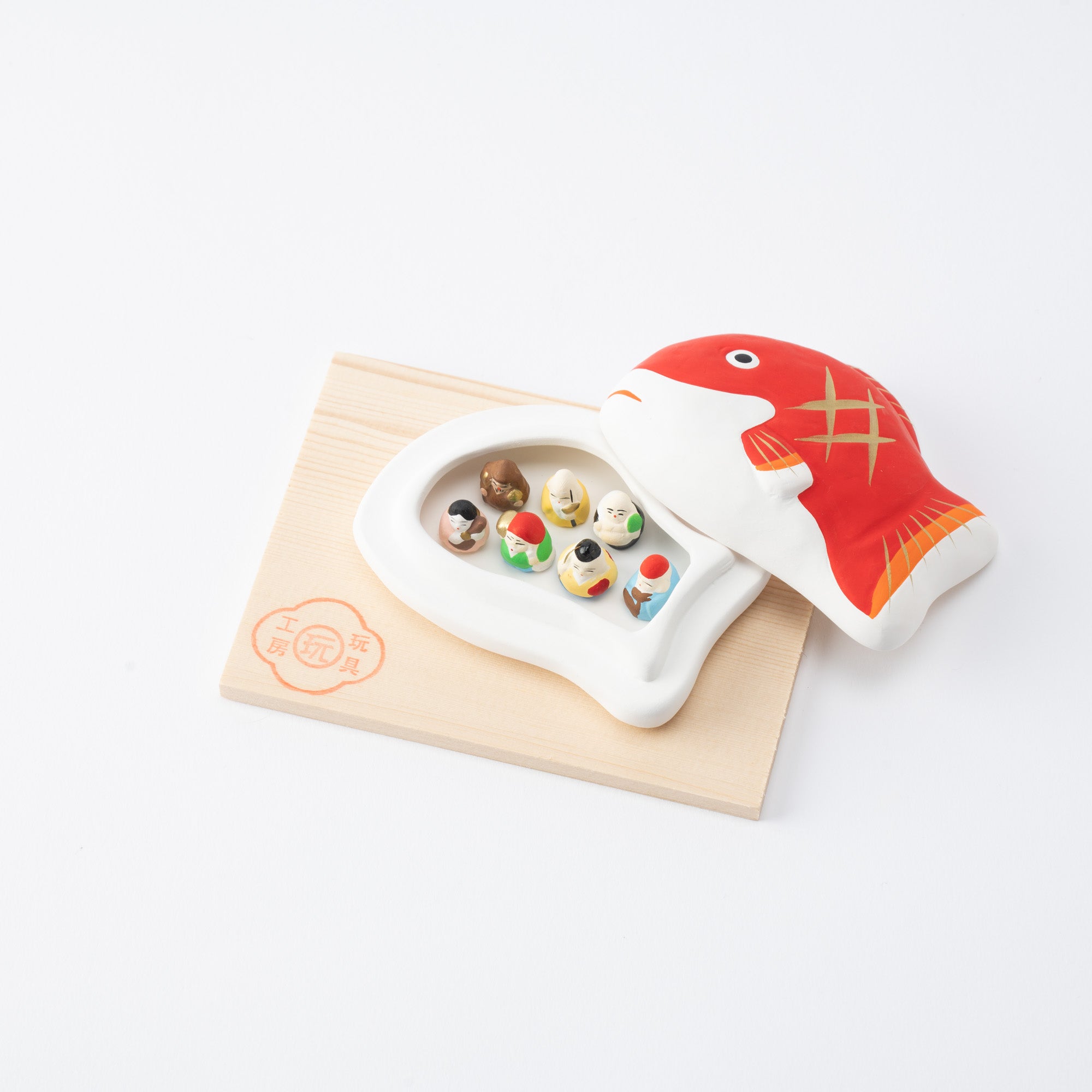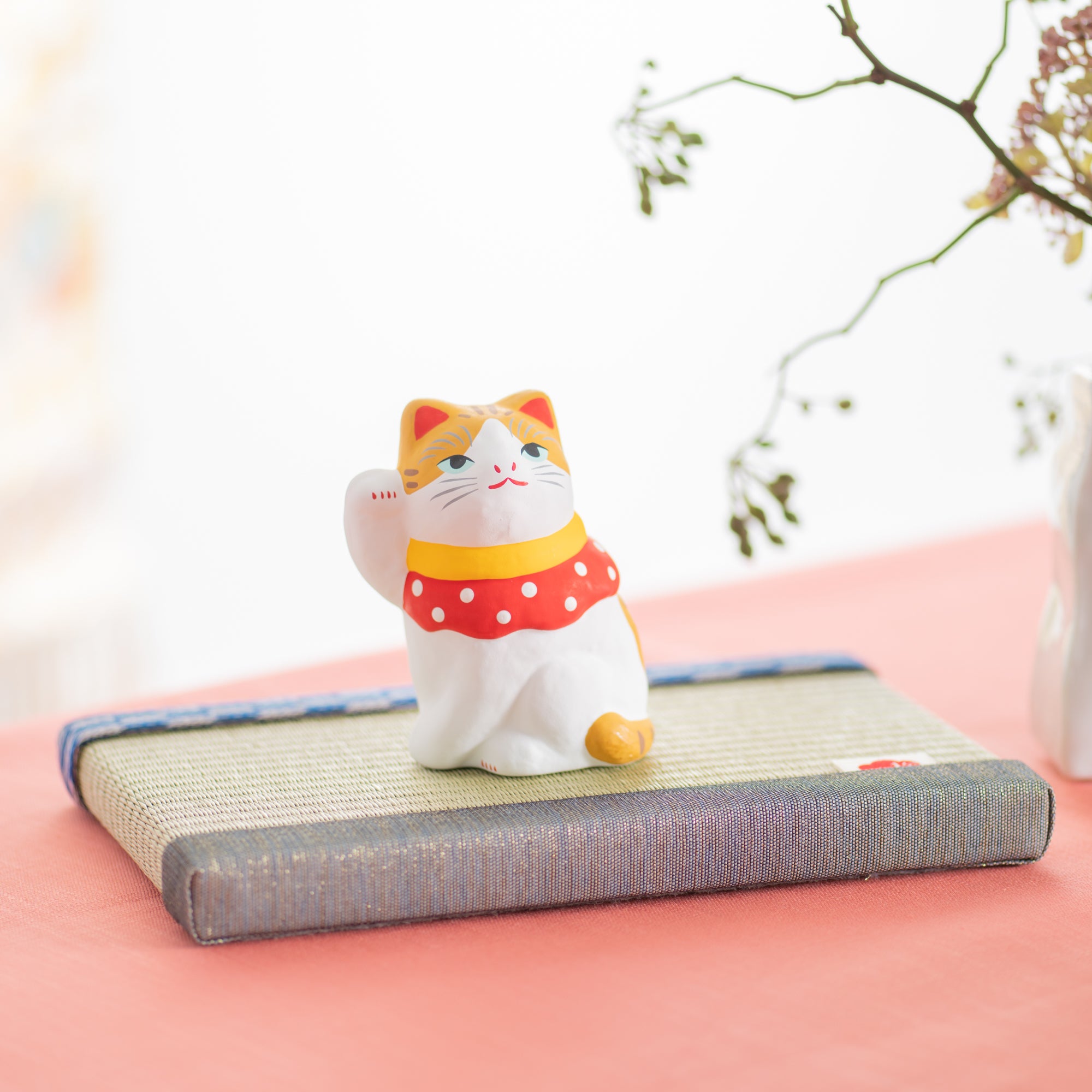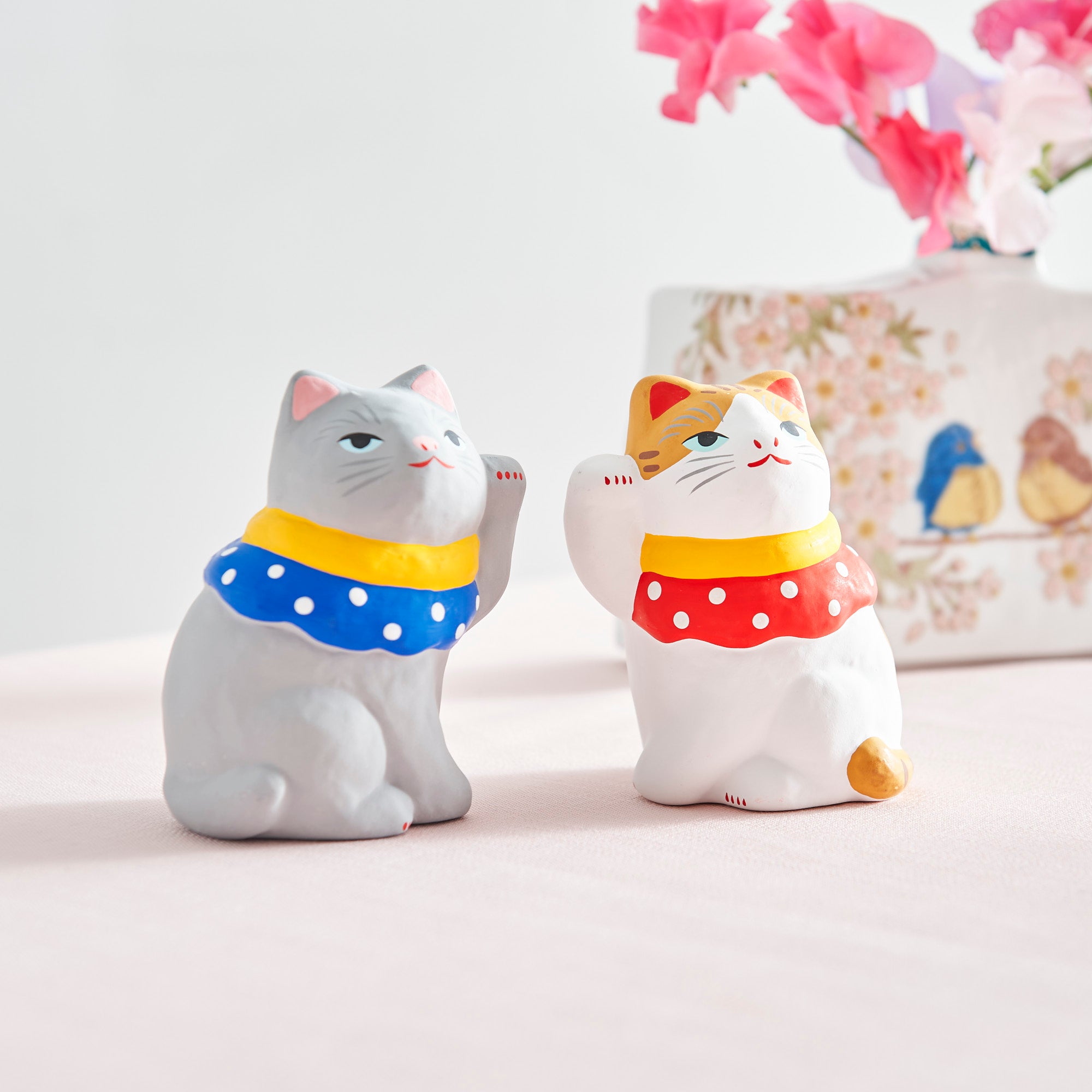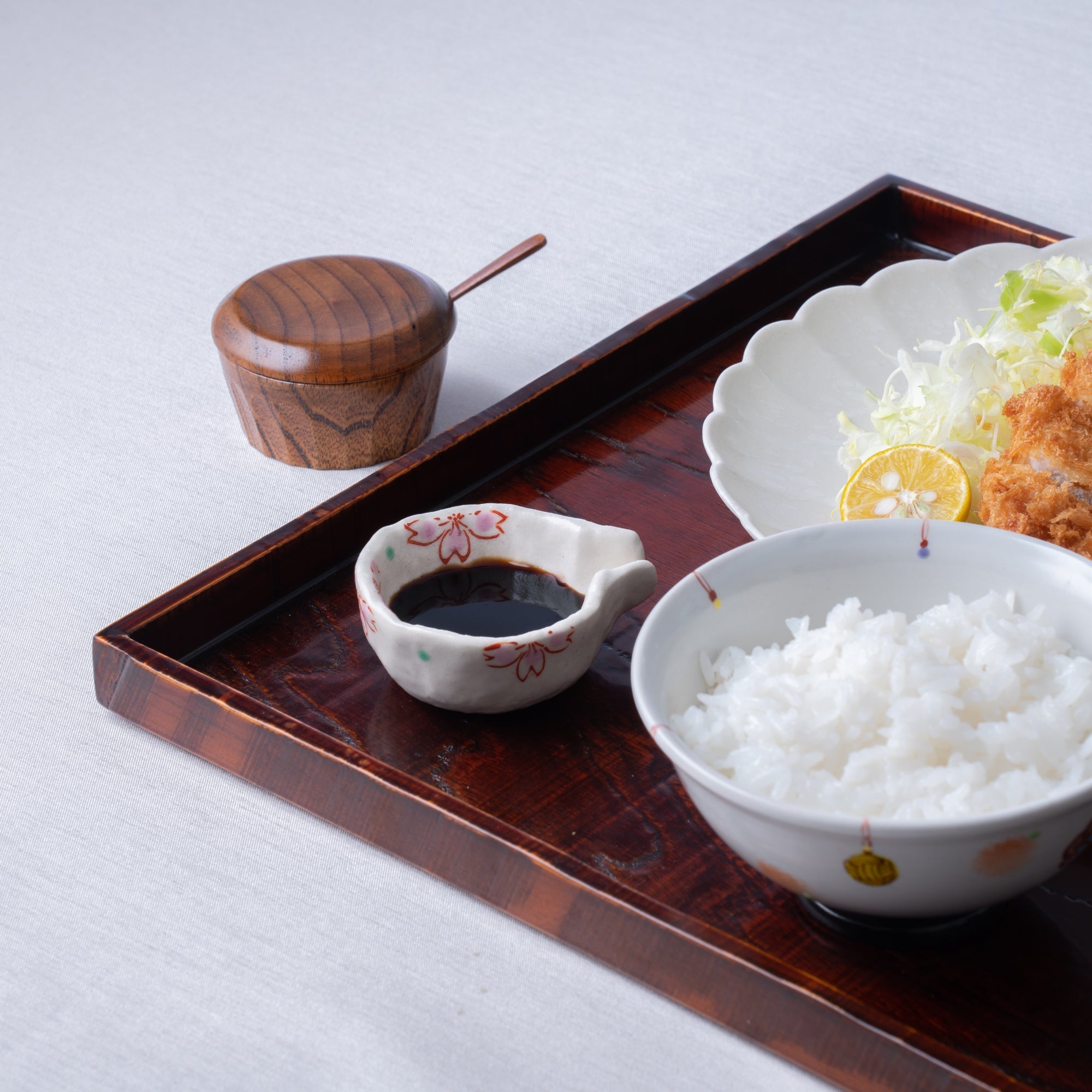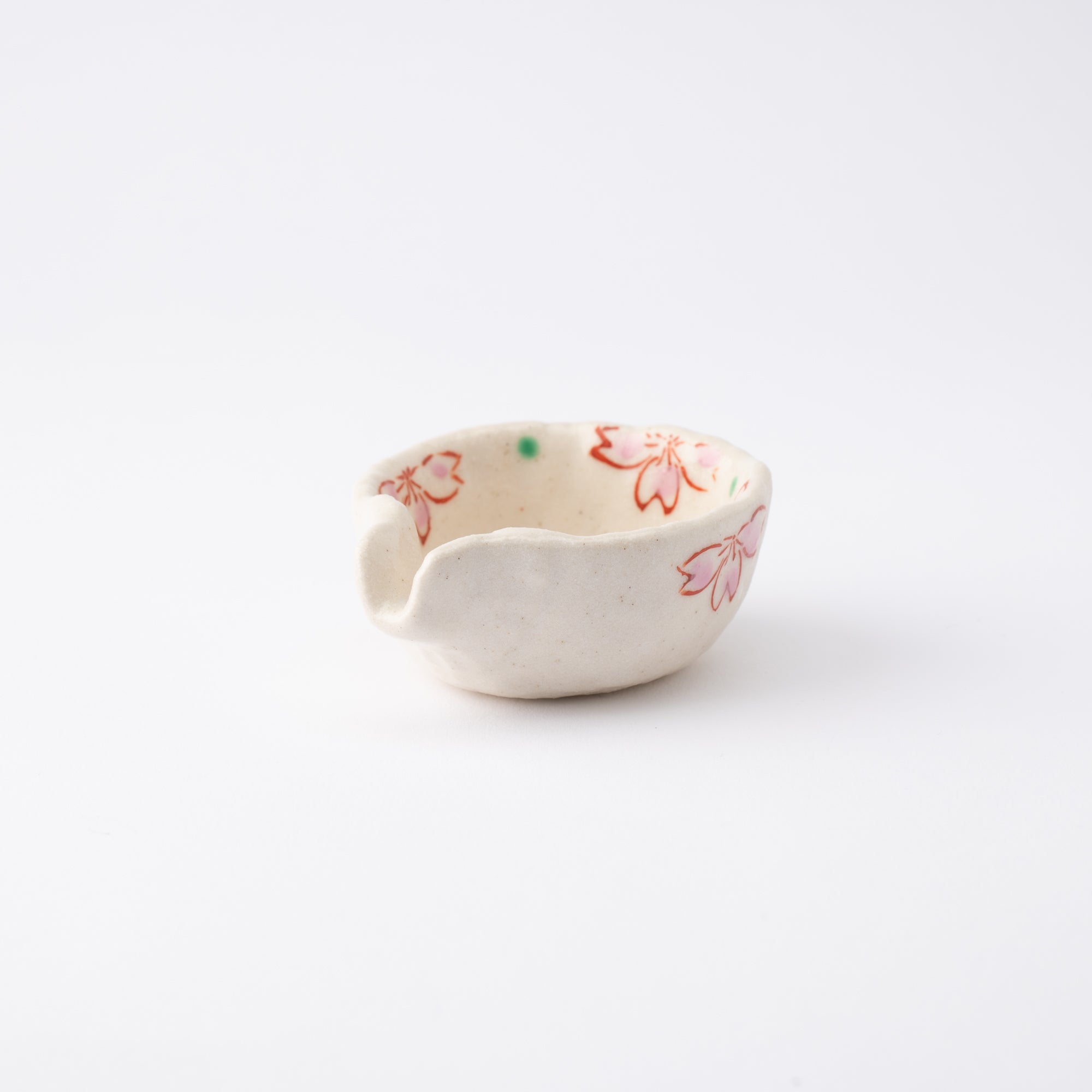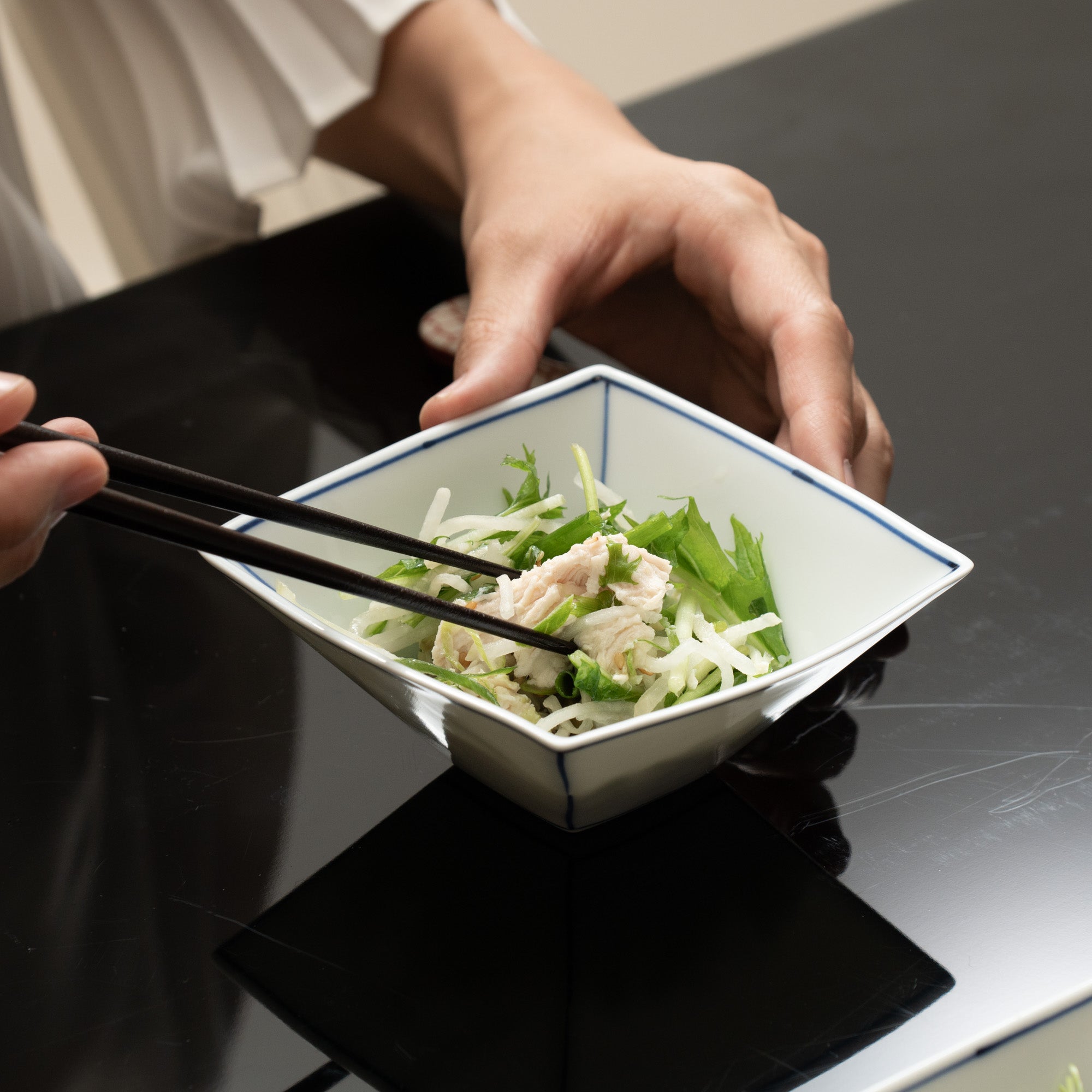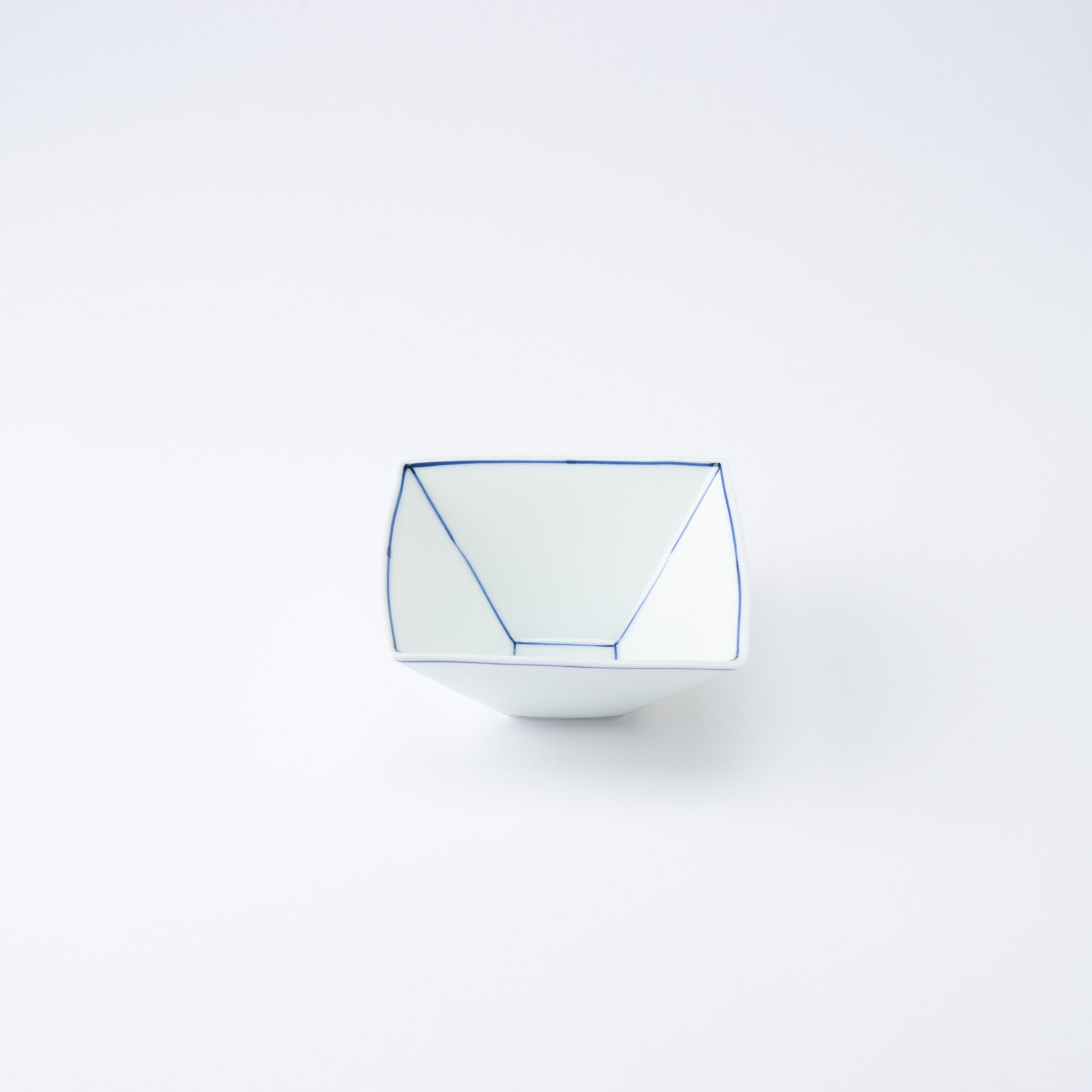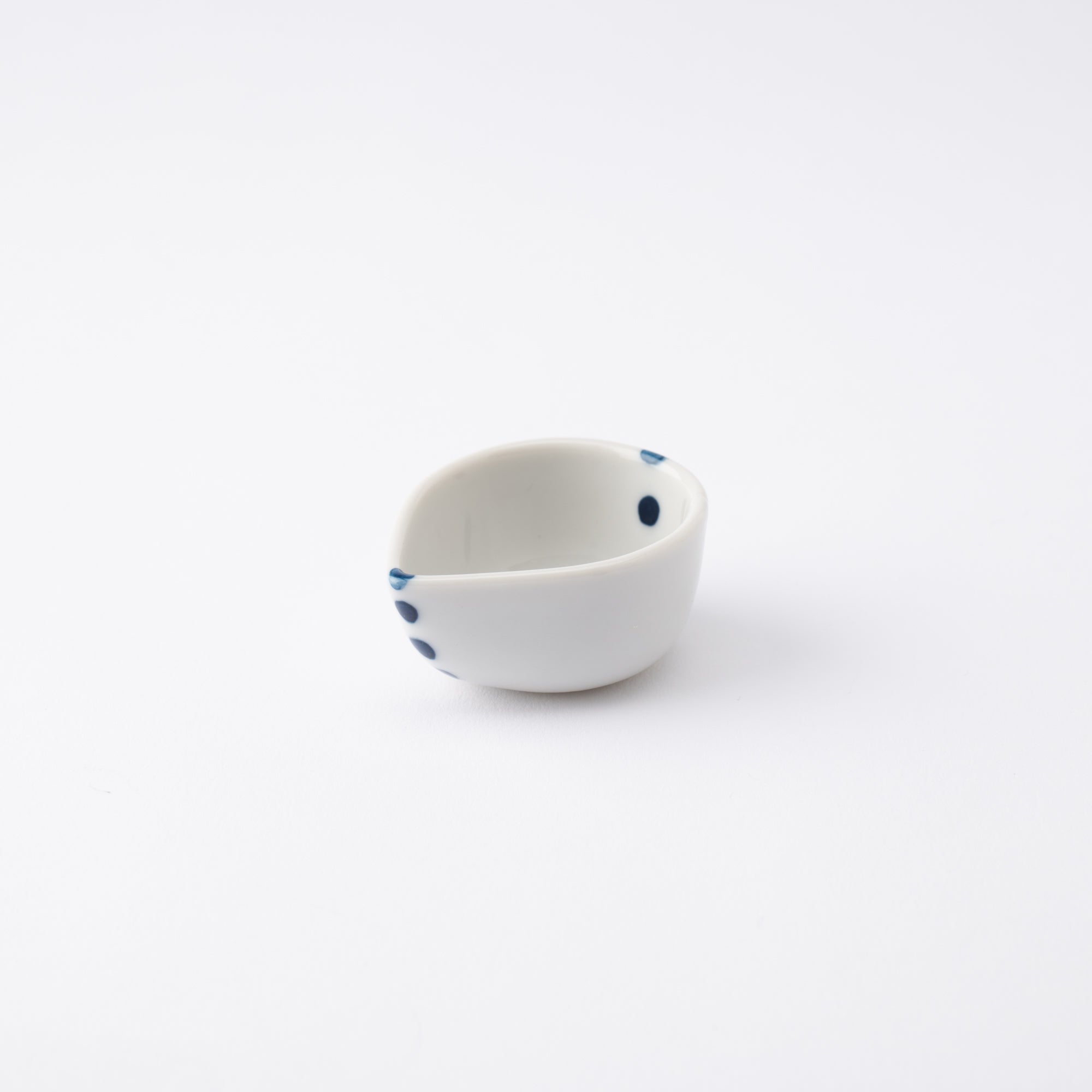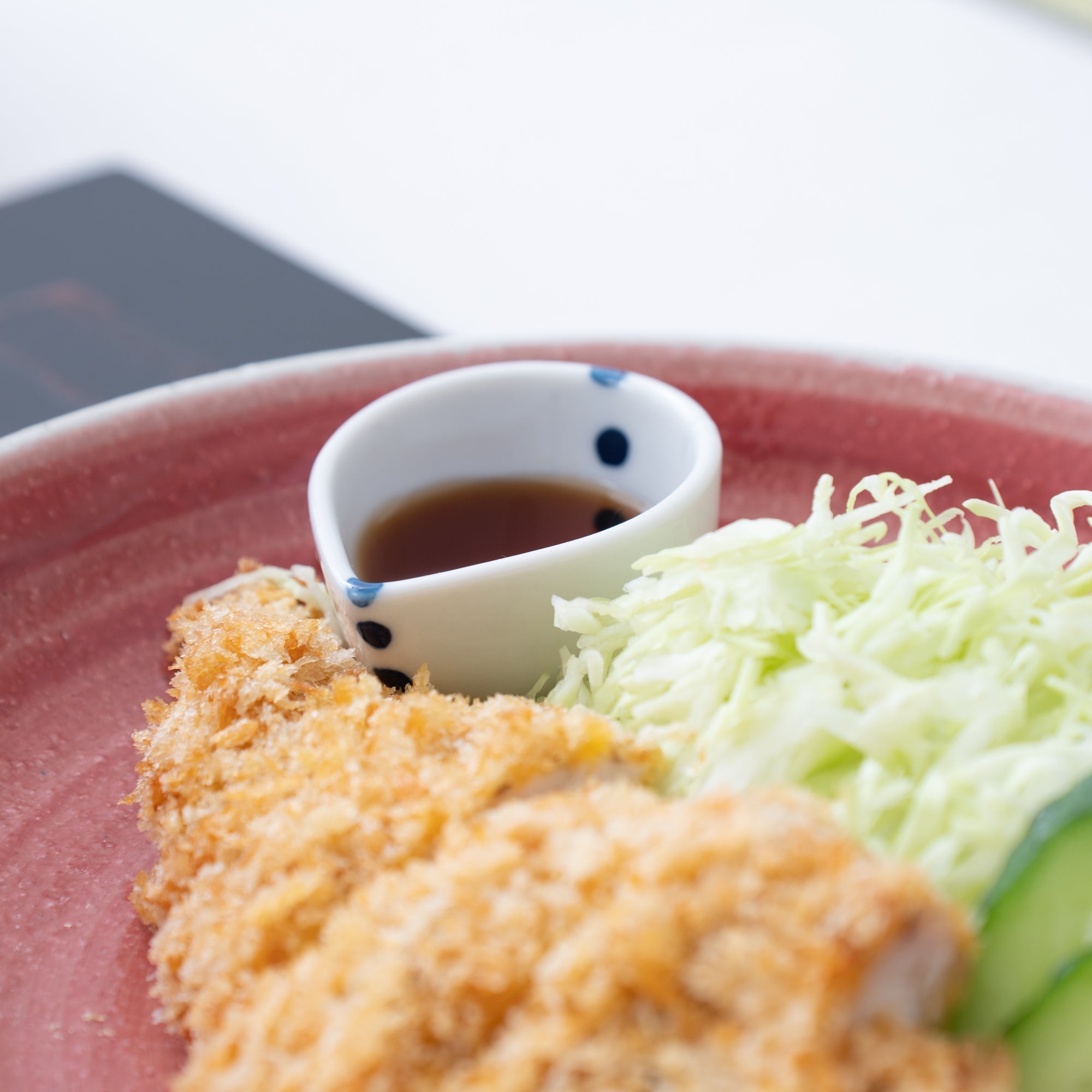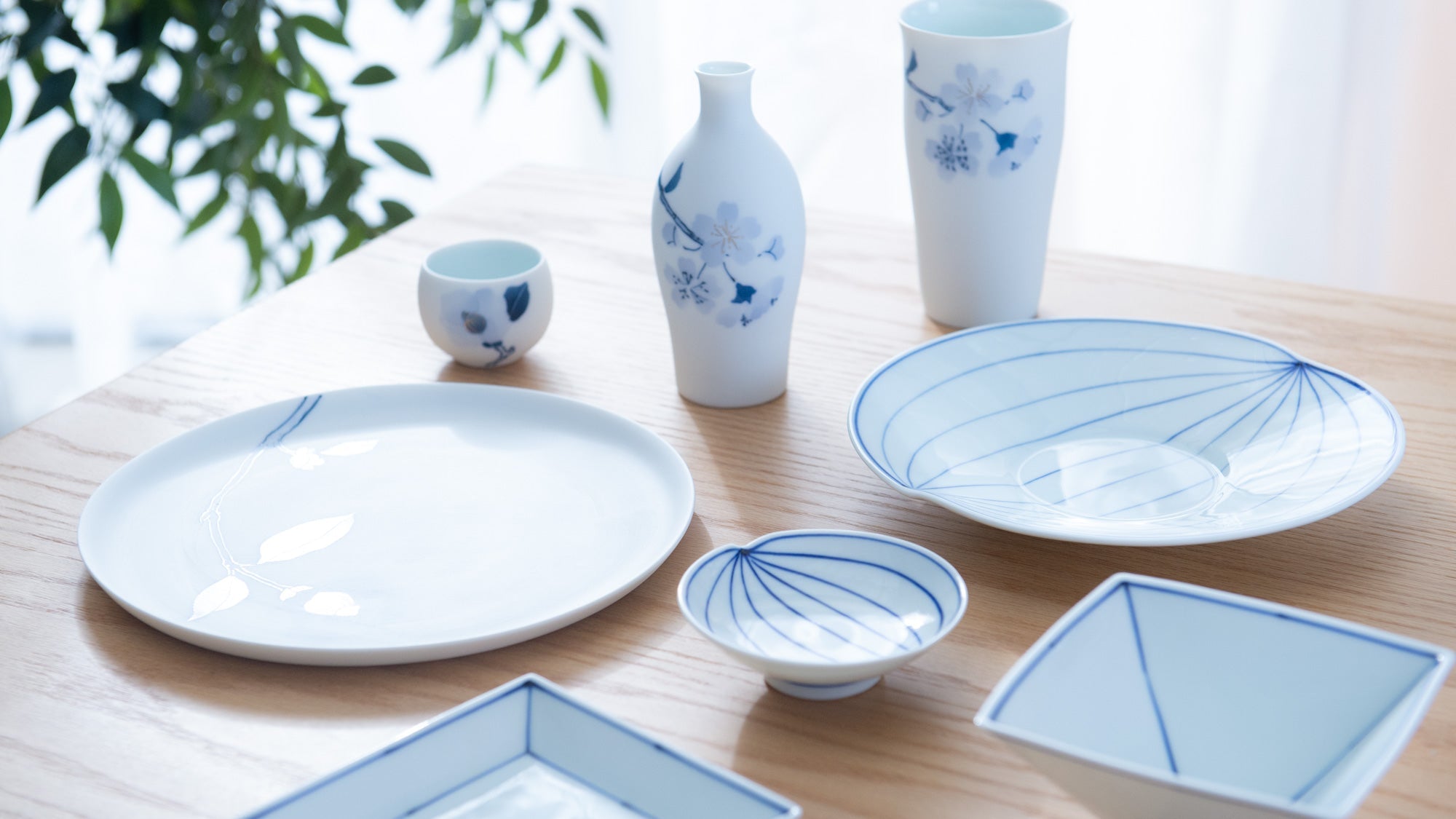
Ceramics with a History of 1,000 Years
Seto Ware
Made in and around Seto City in Aichi Prefecture, Seto ware encompasses a wide range of ceramics that reflect centuries of craftsmanship and innovation. As one of Japan’s Six Ancient Kilns (Rokkoyo), the Seto region holds a distinguished place in the country’s ceramic heritage. It was also a pioneer in porcelain mass-production, and its widespread use gave rise to the word setomono—a term still used today to refer to ceramics in general.
Remarkable for its stylistic breadth, Seto is one of the few regions in Japan where both stoneware and porcelain are made. From simple everyday tableware to more refined pieces, Seto ware continues to shape the rhythm of daily life with creations that balance tradition and creativity.
Seto, where ceramics were perfected using glaze, became the largest pottery production area in Japan during the Kamakura period (1185–1333 CE). It is considered the birthplace of glazed ware in Japan—at a time when most ceramics in other regions remained unglazed,
Seto ware is also the birthplace of porcelain mass production in Japan, which began around the Edo period (1603–1868 CE) with the efforts of Kato Tamikichi, who brought back porcelain-making techniques from the Kyushu region. This advancement helped make porcelain tableware more accessible to households throughout the country.
Seto’s ceramic tradition has endured for nearly 1,000 years thanks to the region’s rich deposits of high-quality clay and a spirit of continuous adaptation. By embracing new technologies and cultural influences with flexibility and foresight, Seto has remained a center of ceramic excellence. Today, a wide variety of ceramics is produced—from Japanese tableware to architectural tiles and decorative pieces.
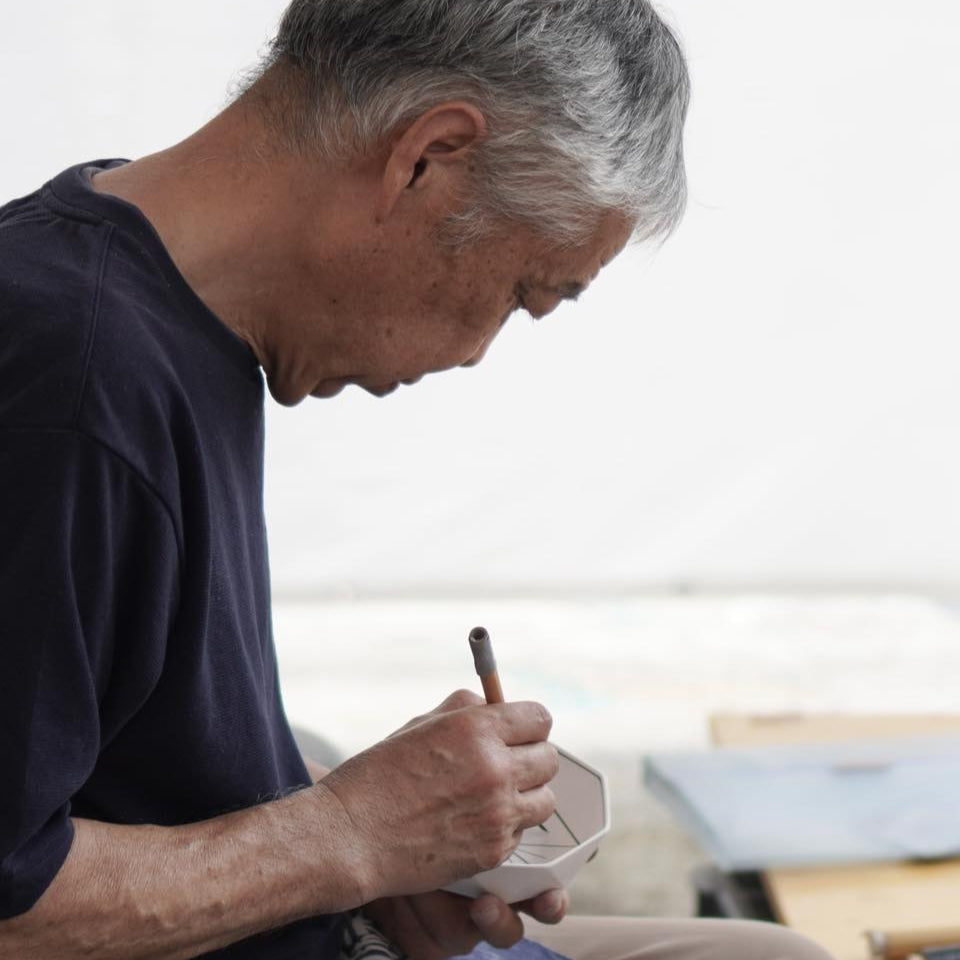
Seto Sometsuke ware refers to blue and white ceramics produced in the Seto City and Owari Asahi City area of Aichi Prefecture. While the sometsuke technique—painting cobalt blue on white clay—is typically associated with porcelain, Seto Sometsuke developed its own expressive style known for its softness and depth.
The origins of Seto Sometsuke trace back to the early 19th century, when potters such as Kato Tamikichi introduced porcelain-firing techniques from Kyushu. Around the same time, professional painters shared Chinese-inspired brushwork with Seto artisans, helping to develop a soft, lyrical painting style. By the mid-19th century, a distinctly Seto approach to decoration had emerged, often depicting local landscapes, birds, and flowers with delicate brushstrokes using gosu—a cobalt-based pigment applied before glazing.
The painted pieces are then coated in a transparent glaze and high-fired using a method called nerashi, which holds the kiln at peak temperature to bring out a deep gloss and rich blue tone. This technique gives Seto Sometsuke its gentle yet vivid appearance, with every piece hand-painted and subtly unique. In 1997, Seto Sometsuke was officially designated a traditional craft, a recognition of both its heritage and enduring artistry.
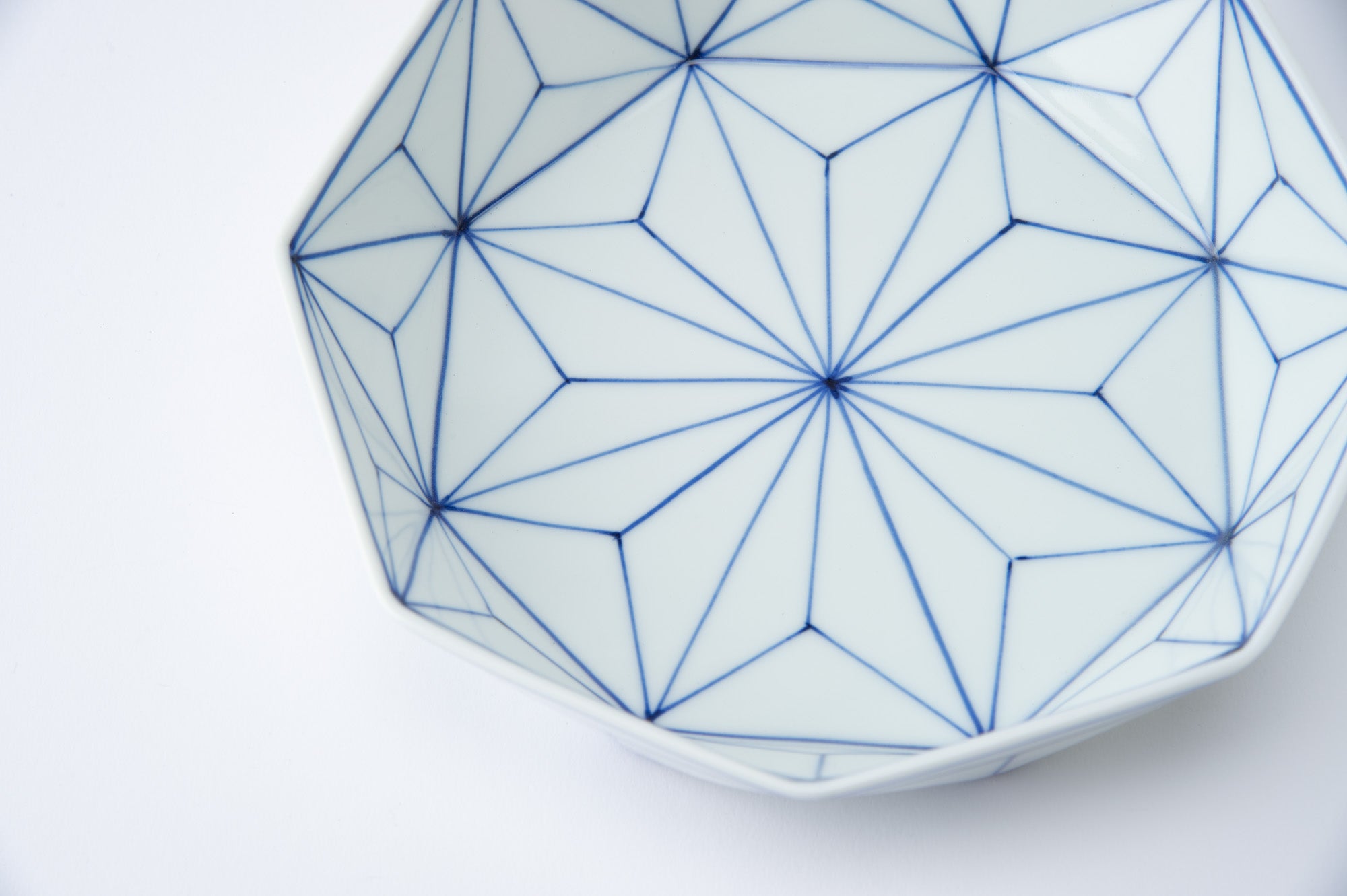
Makers
Filters


